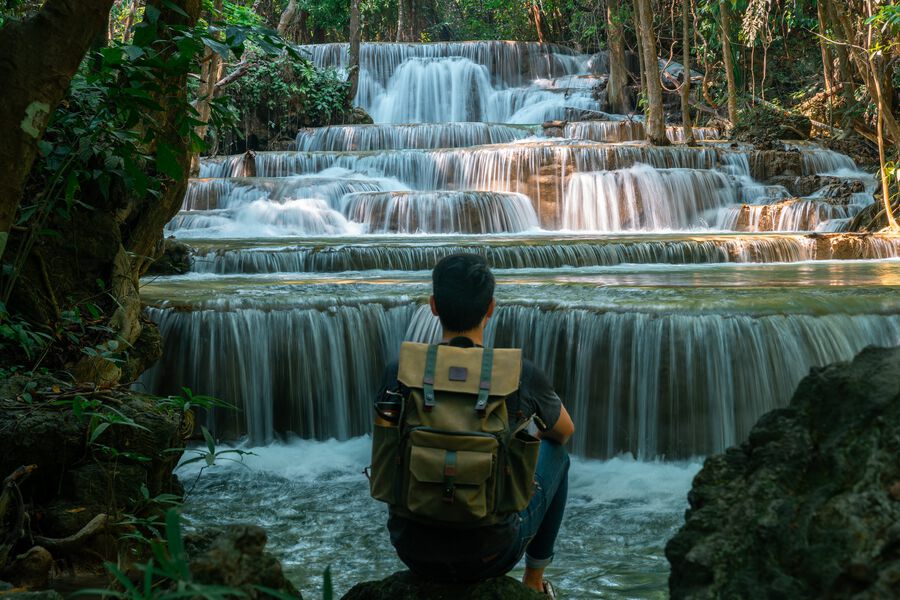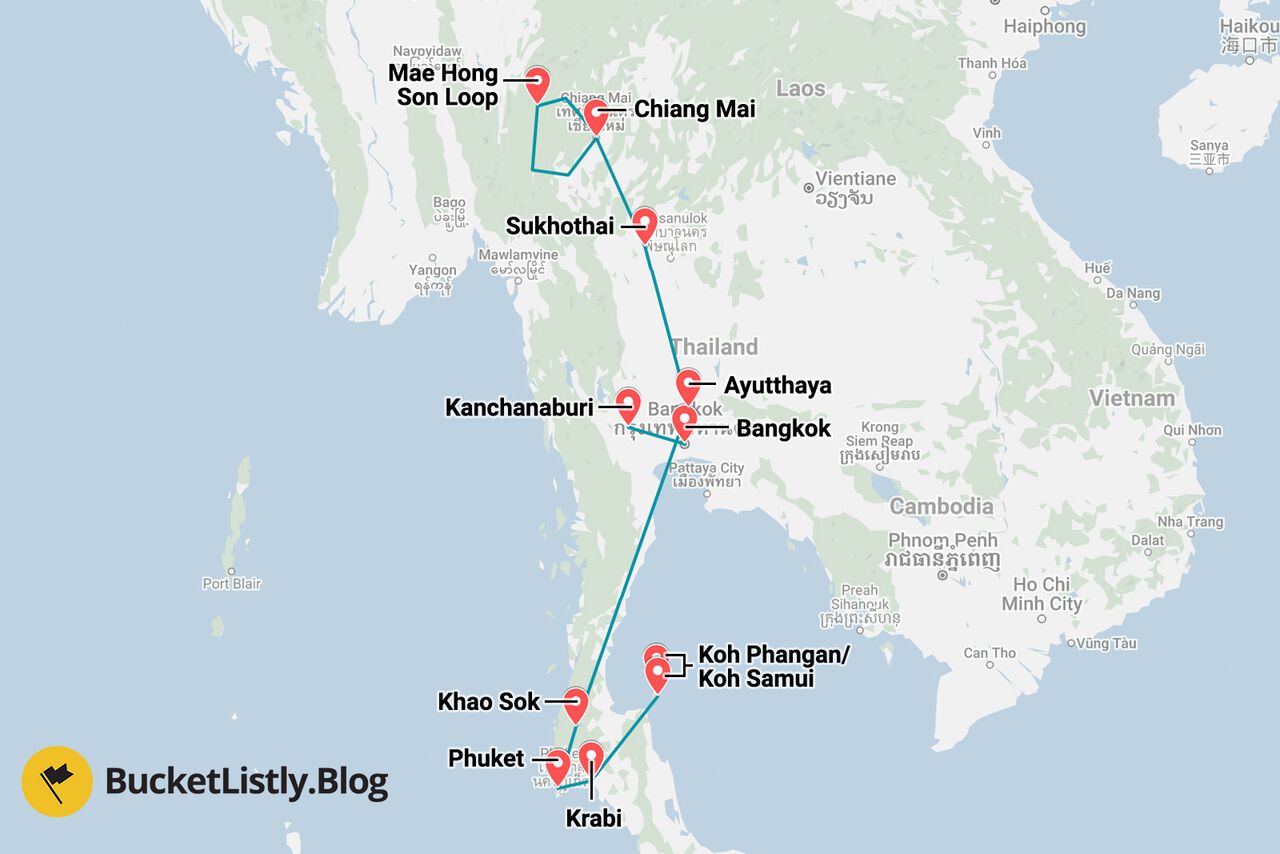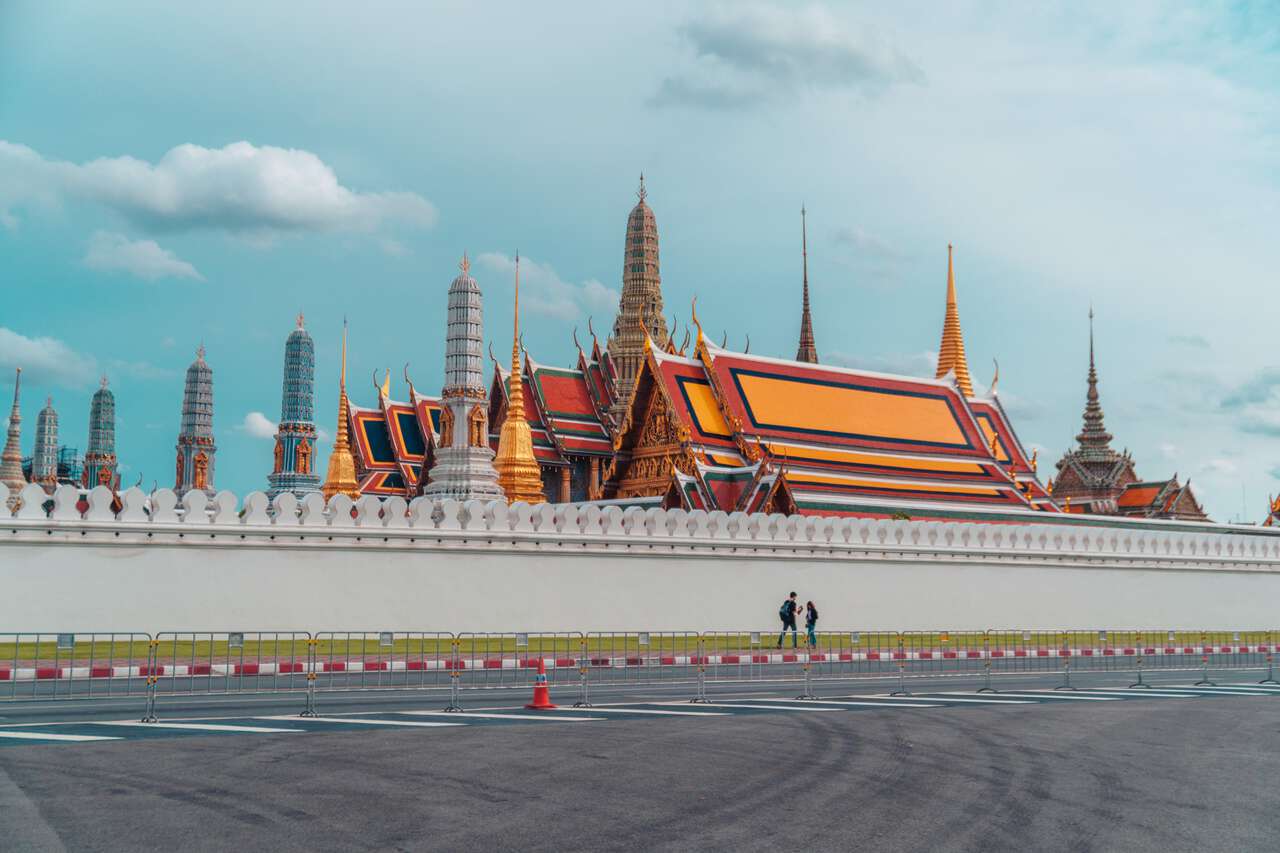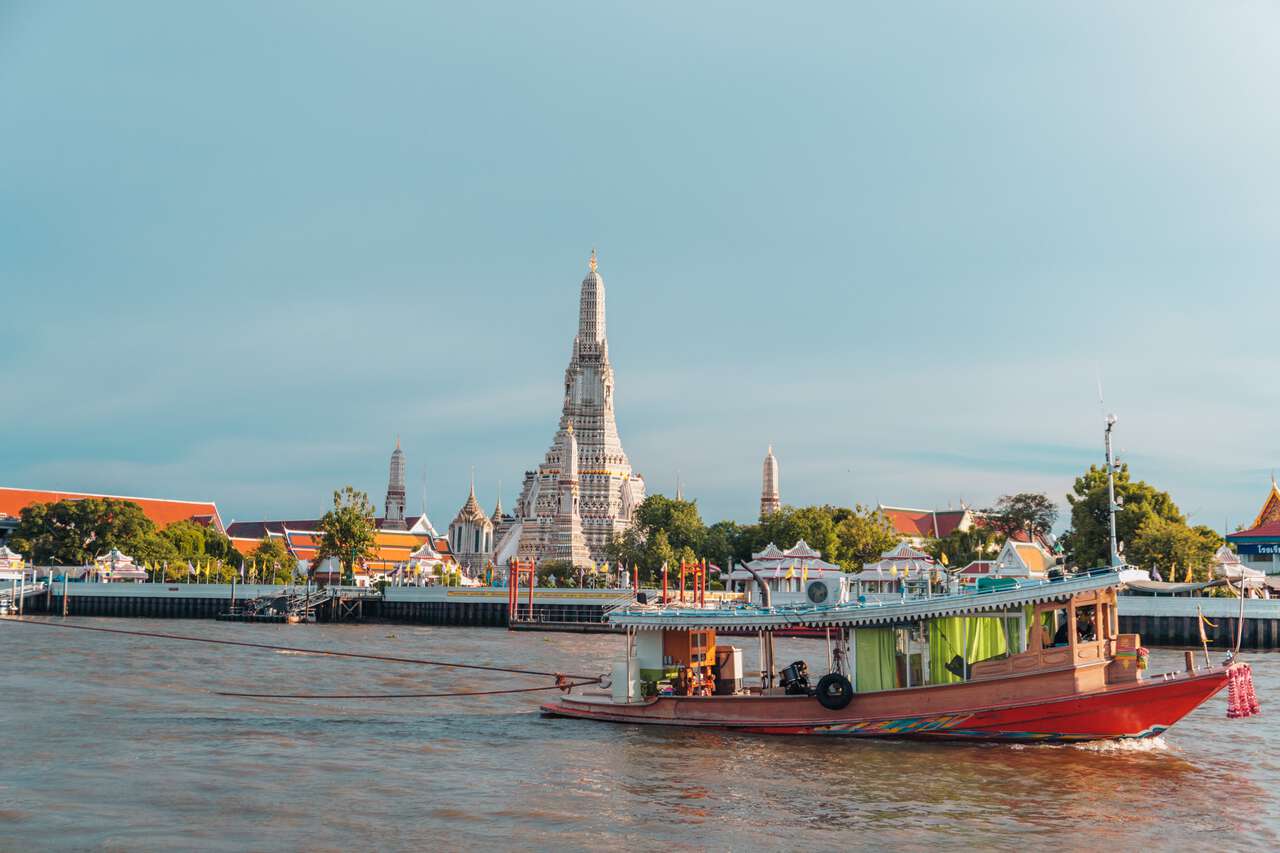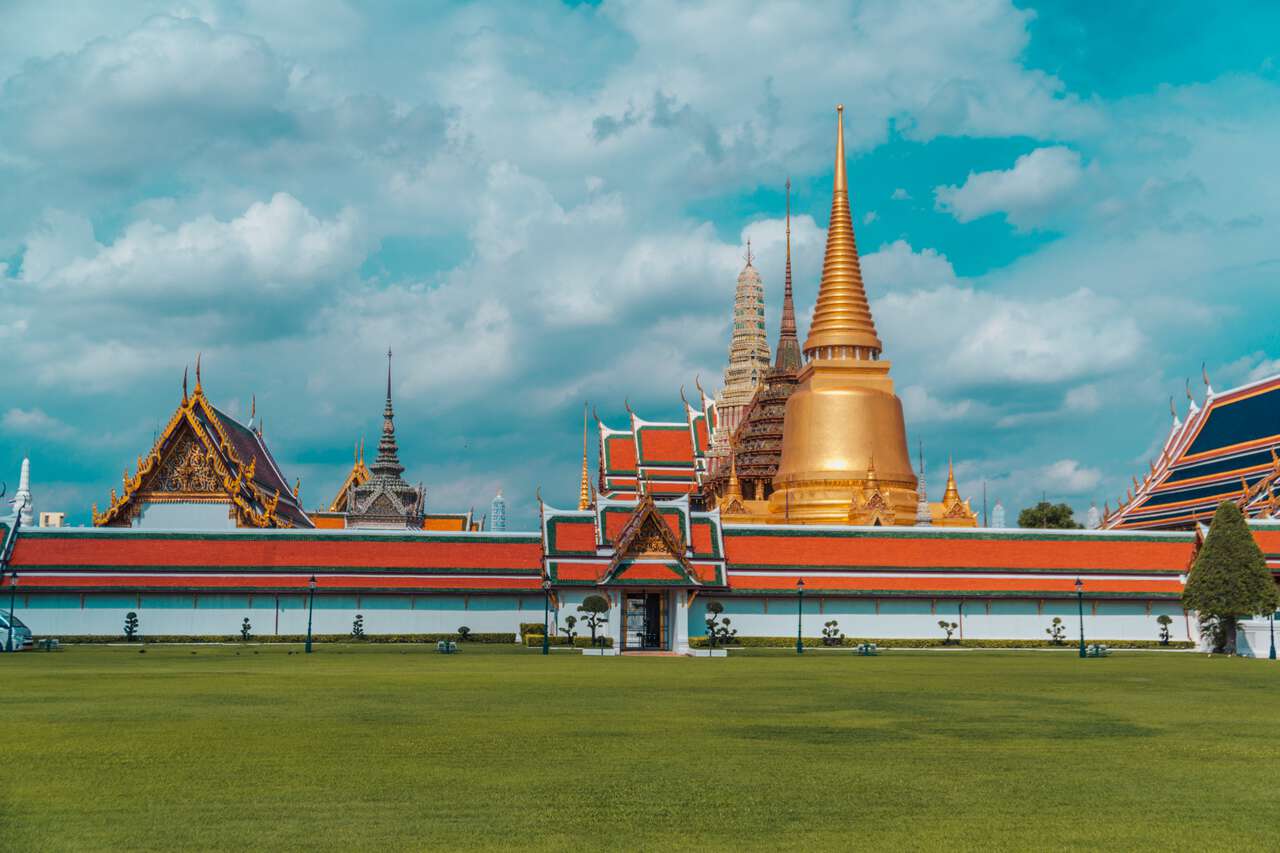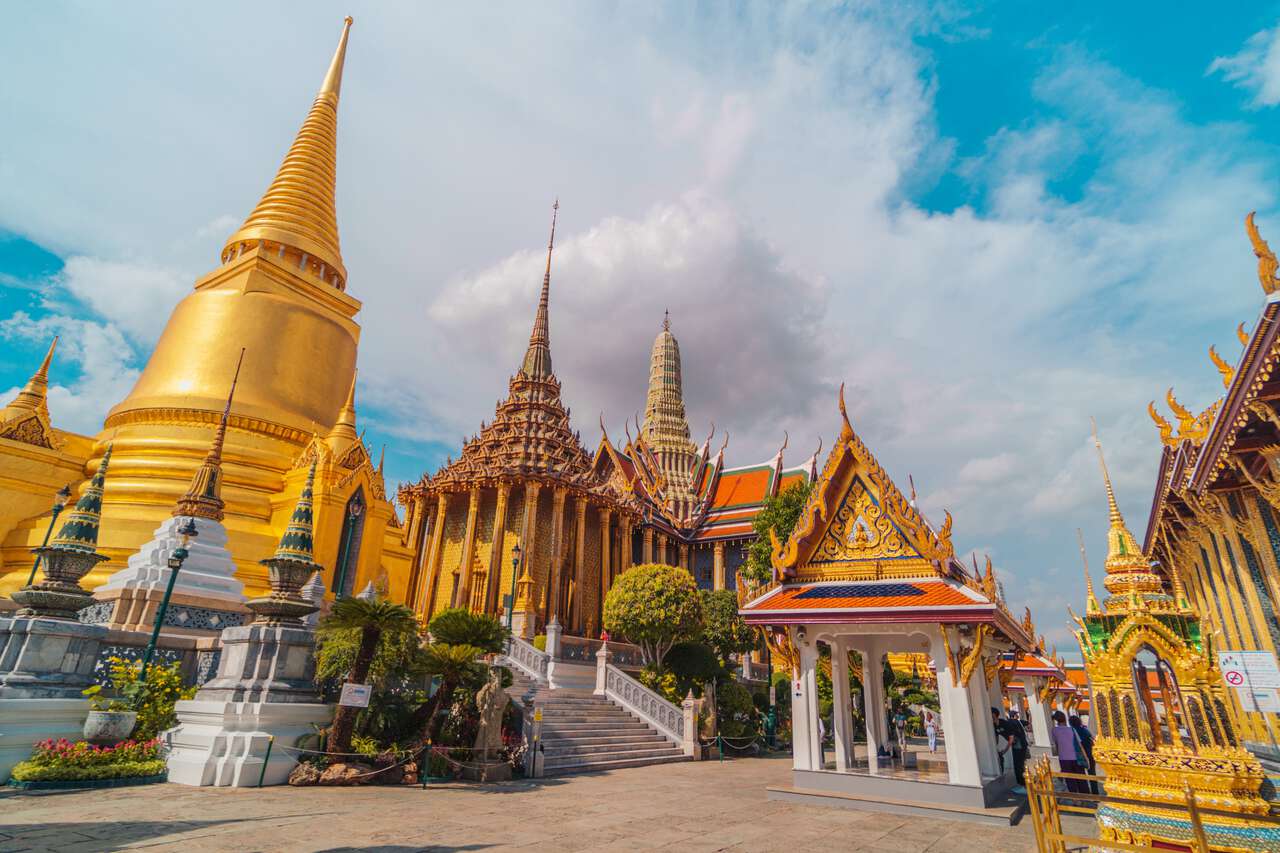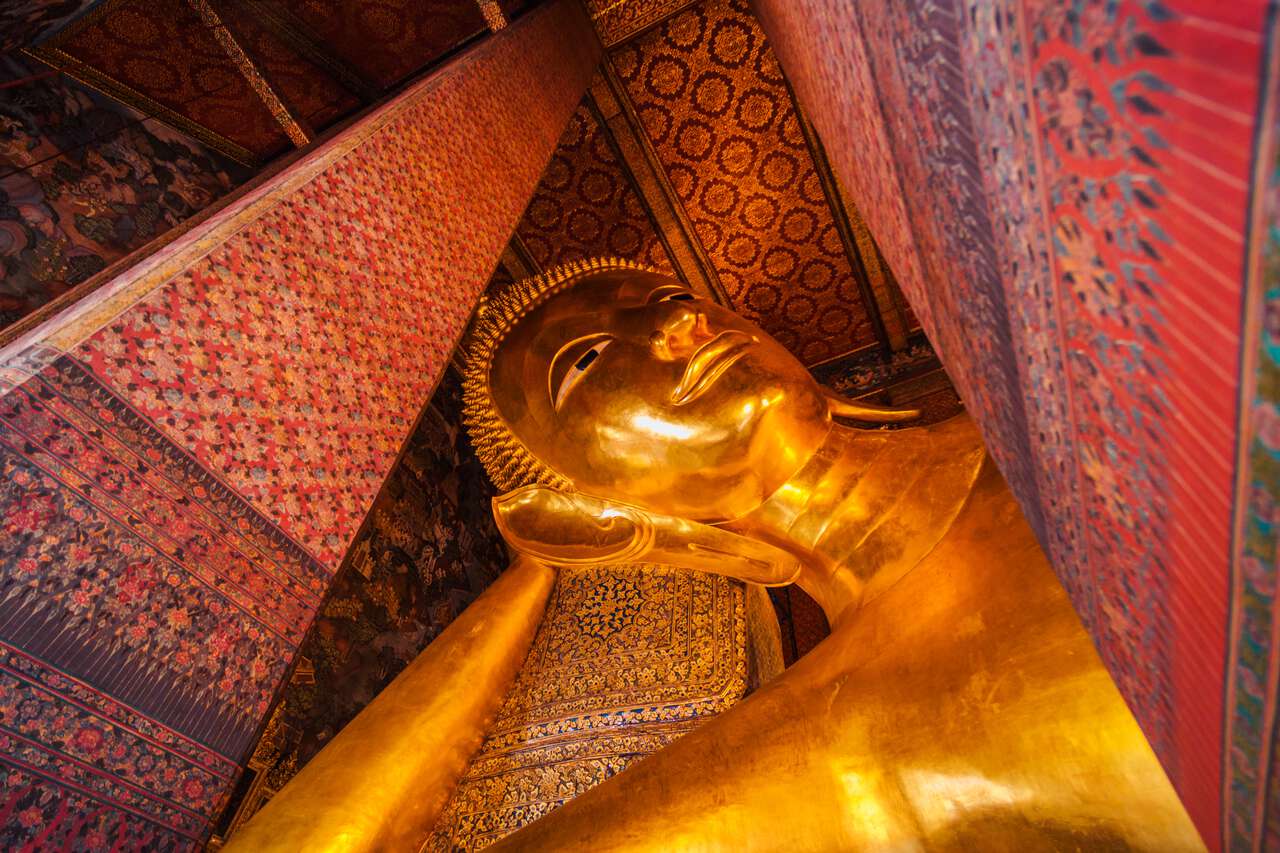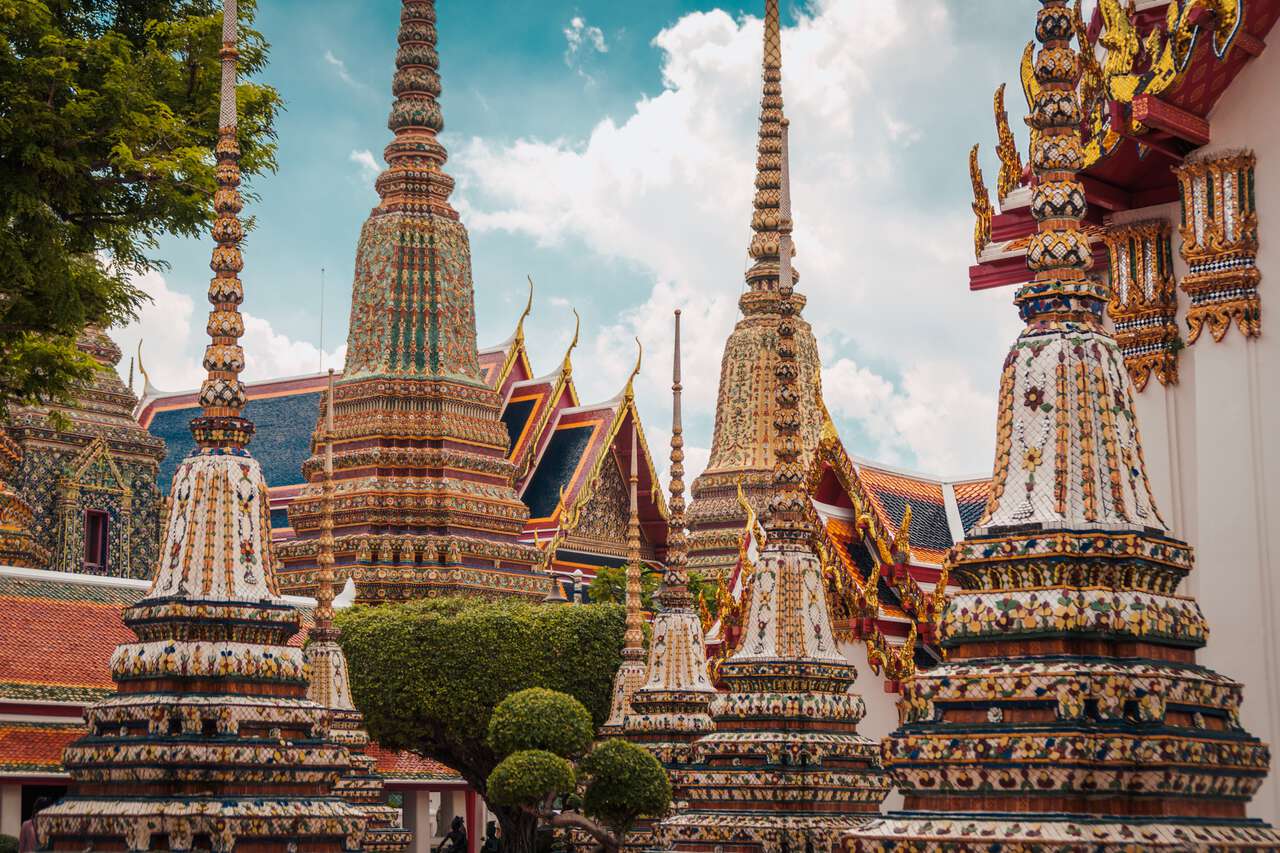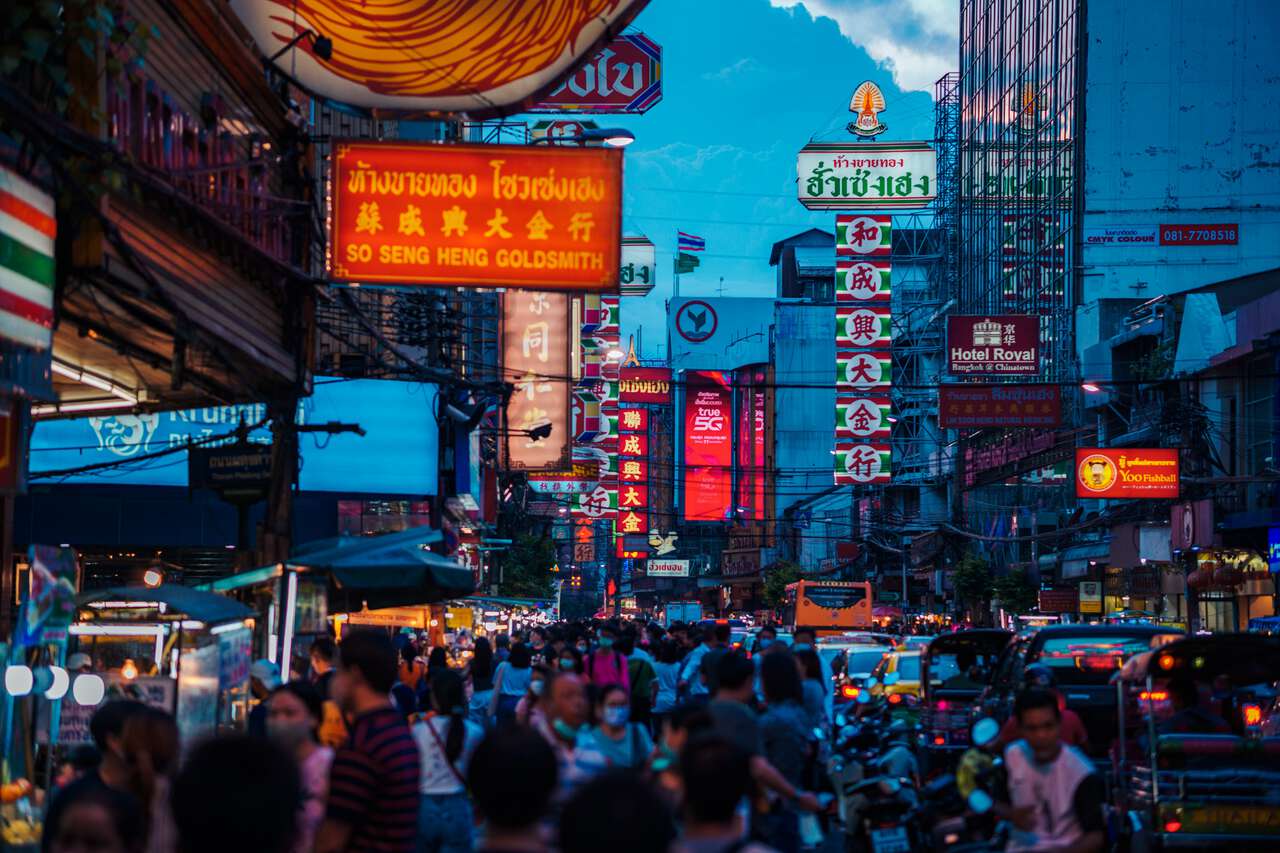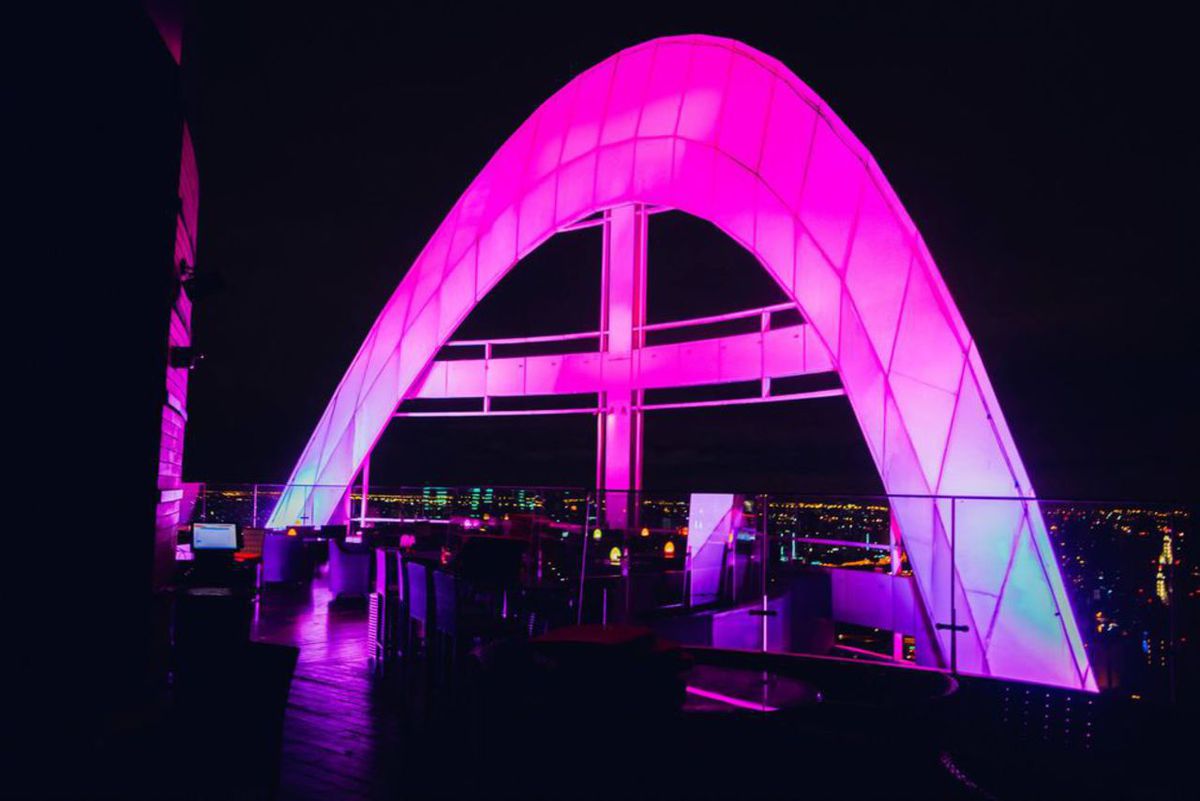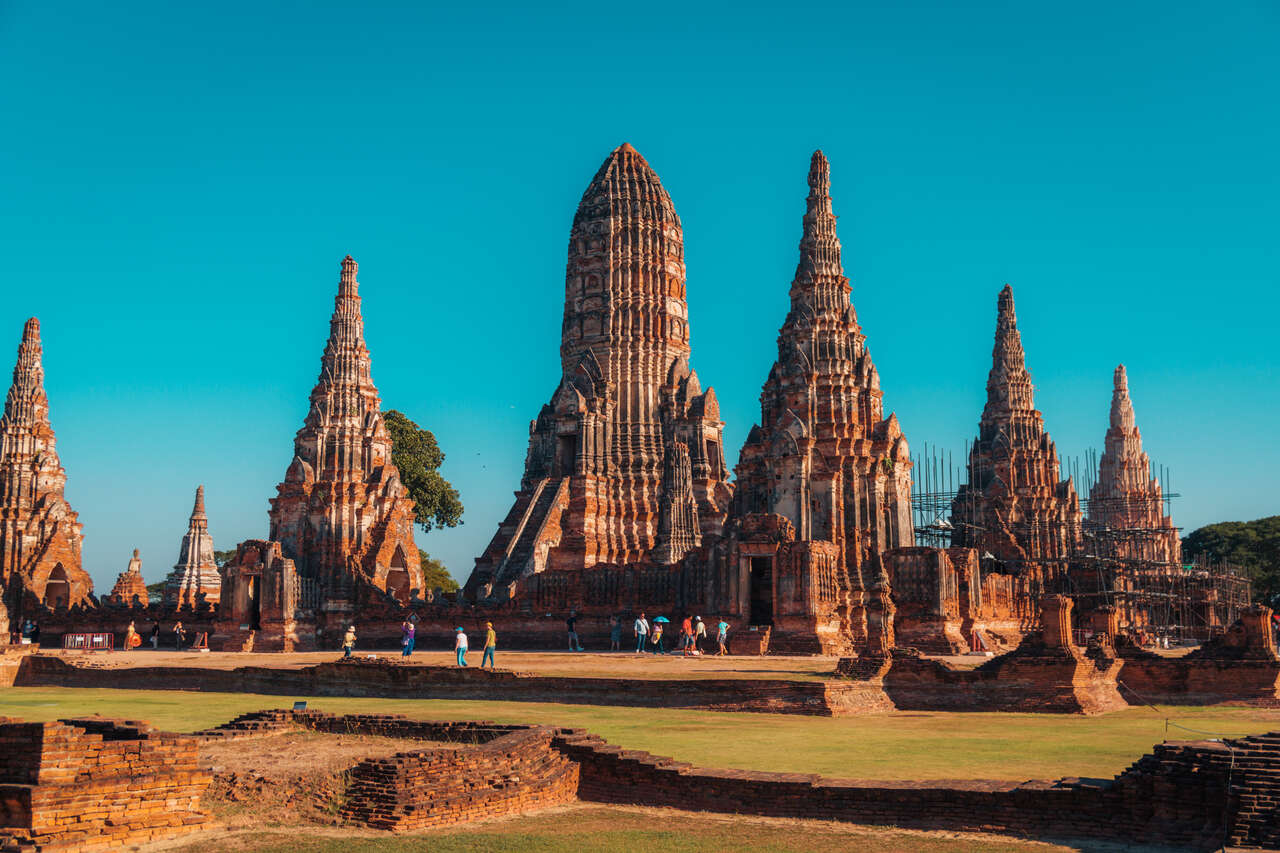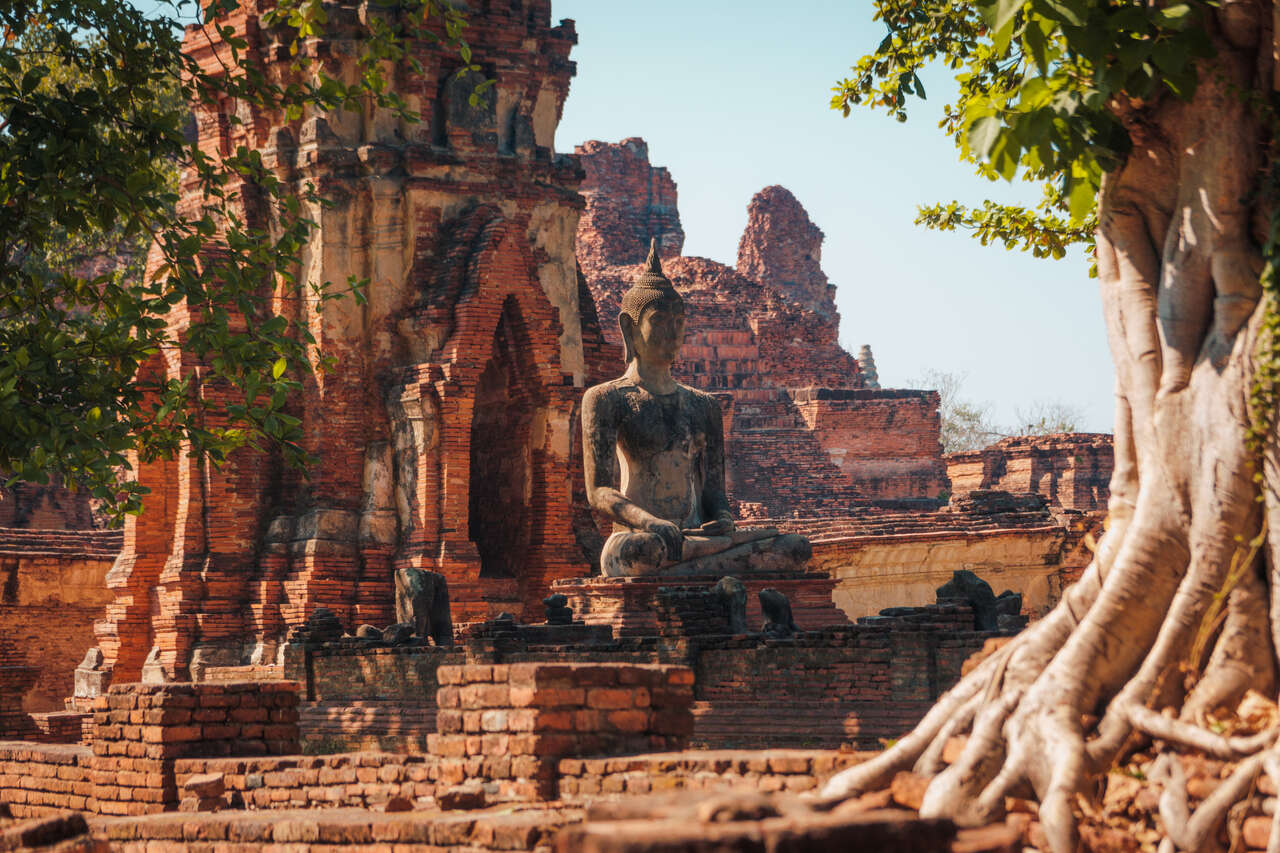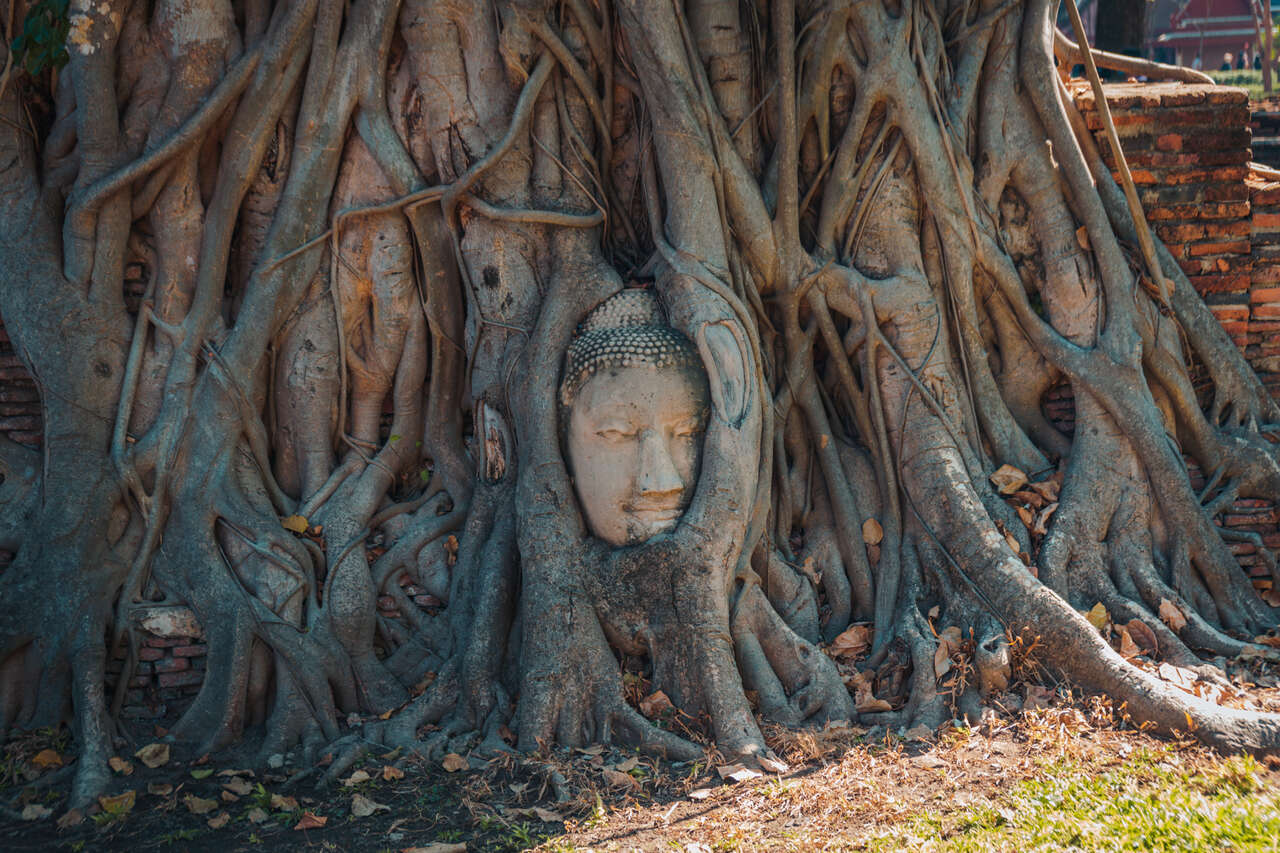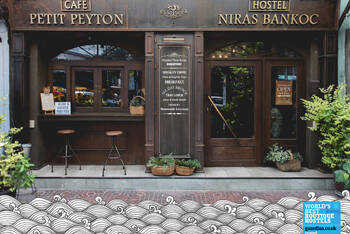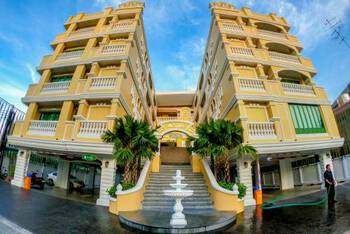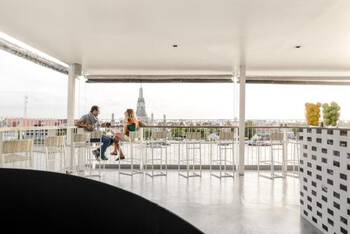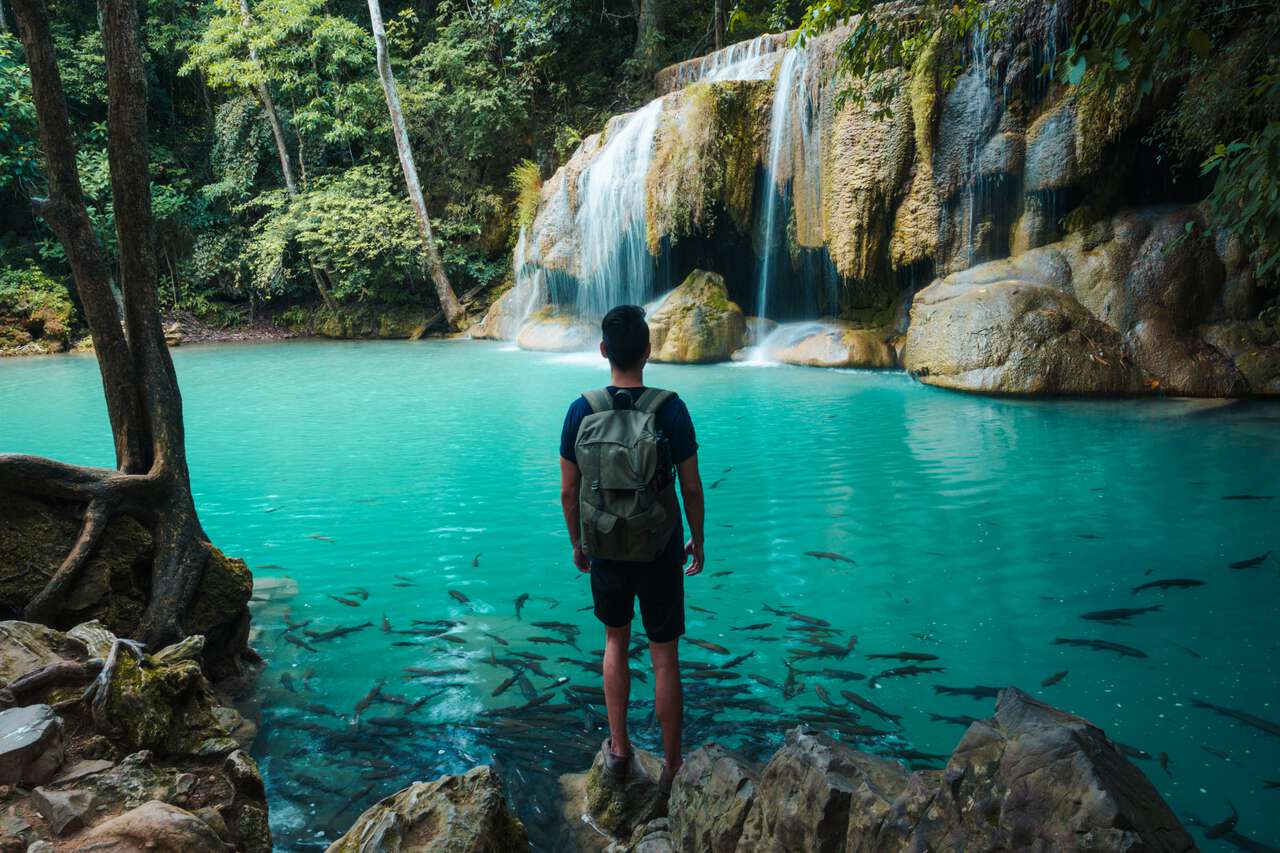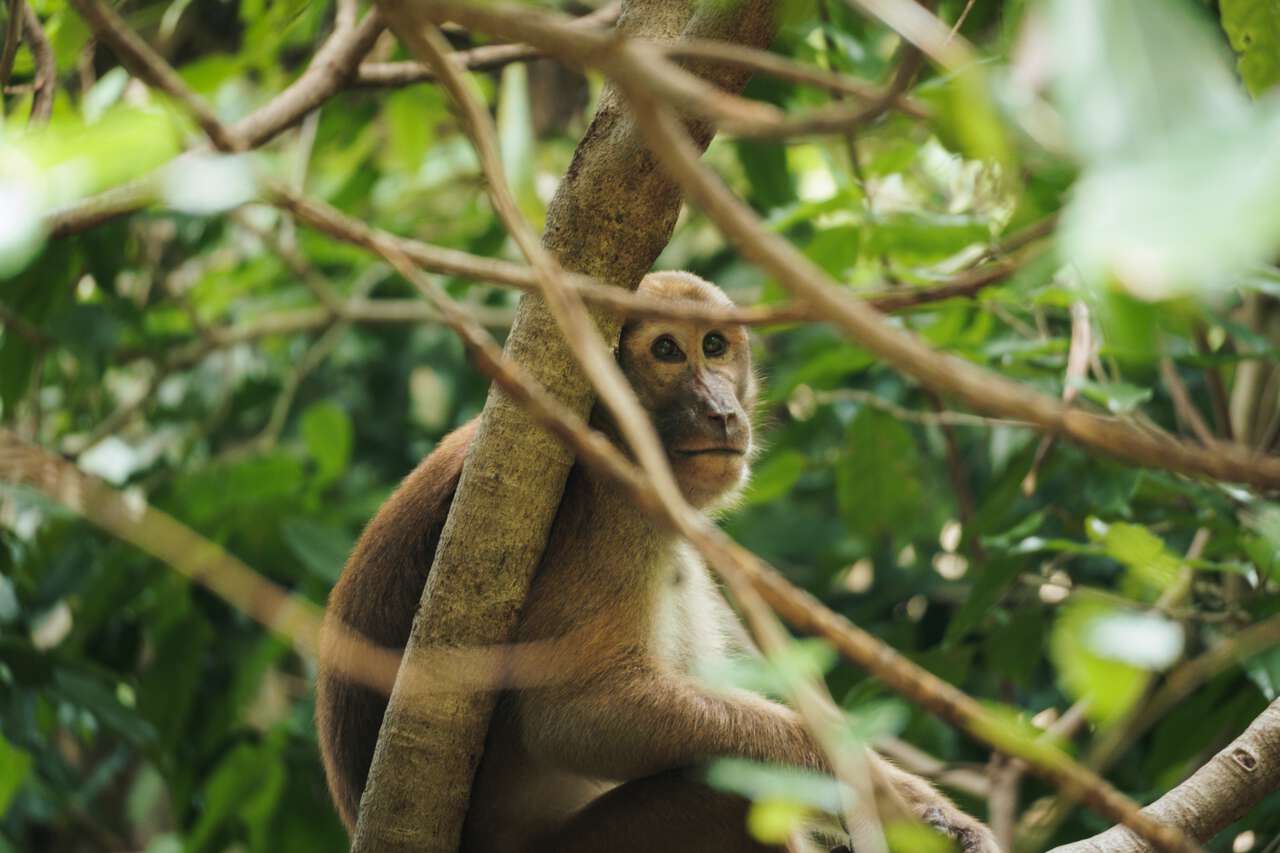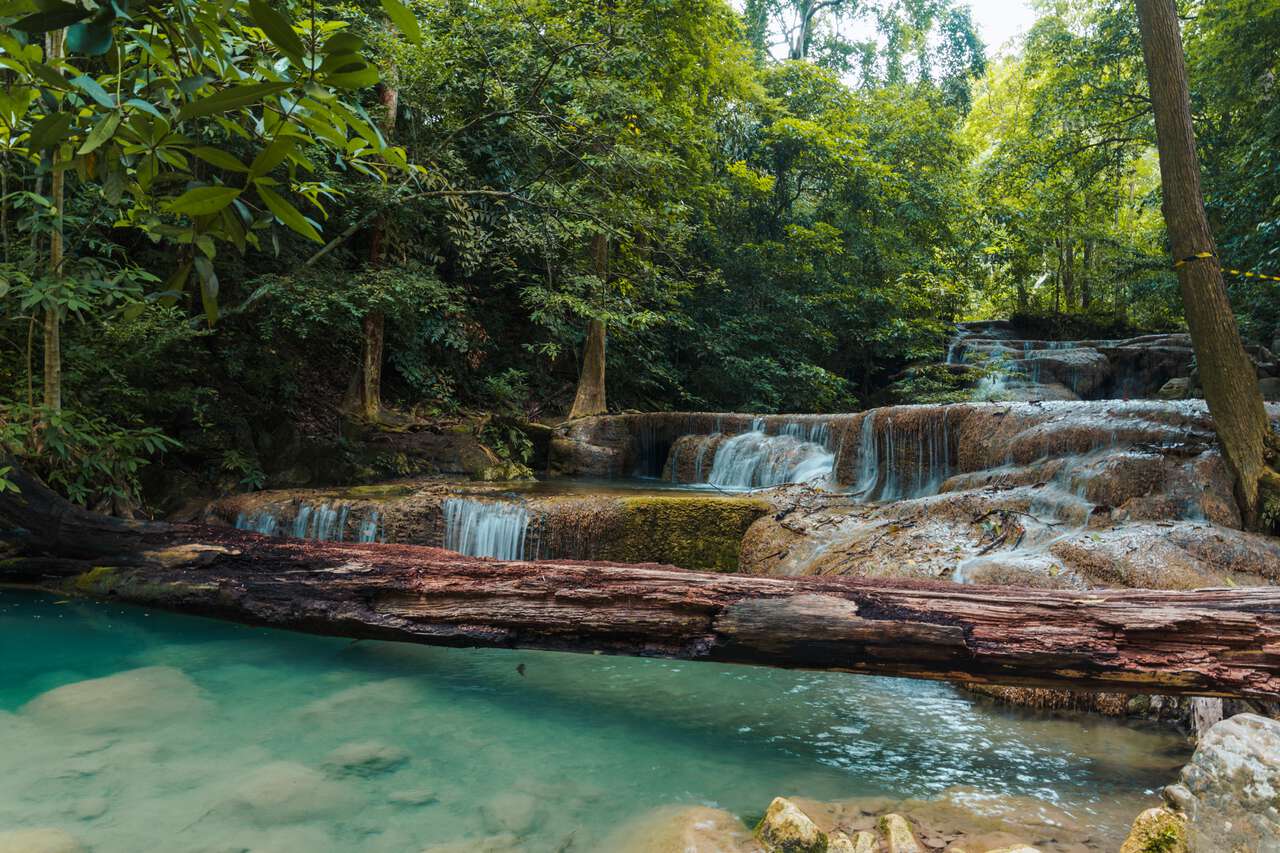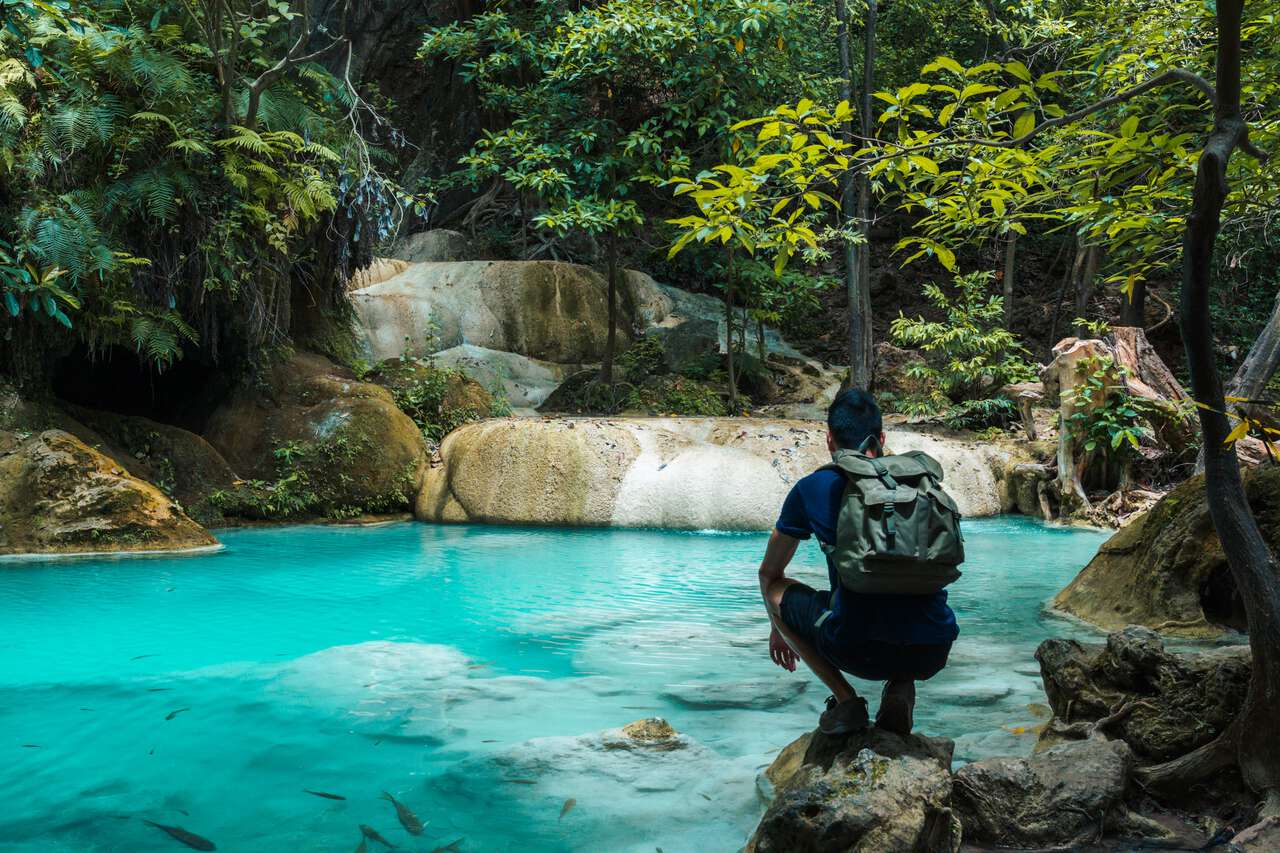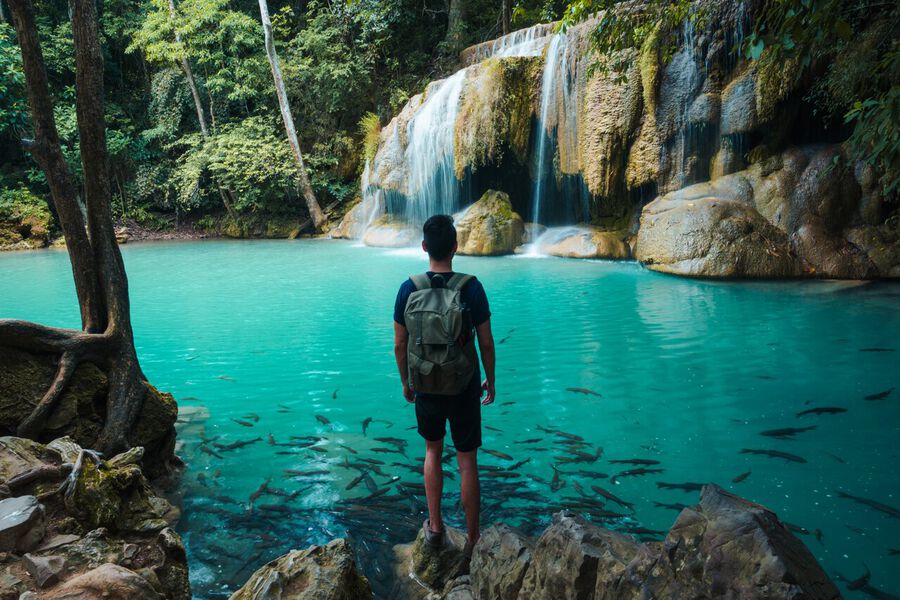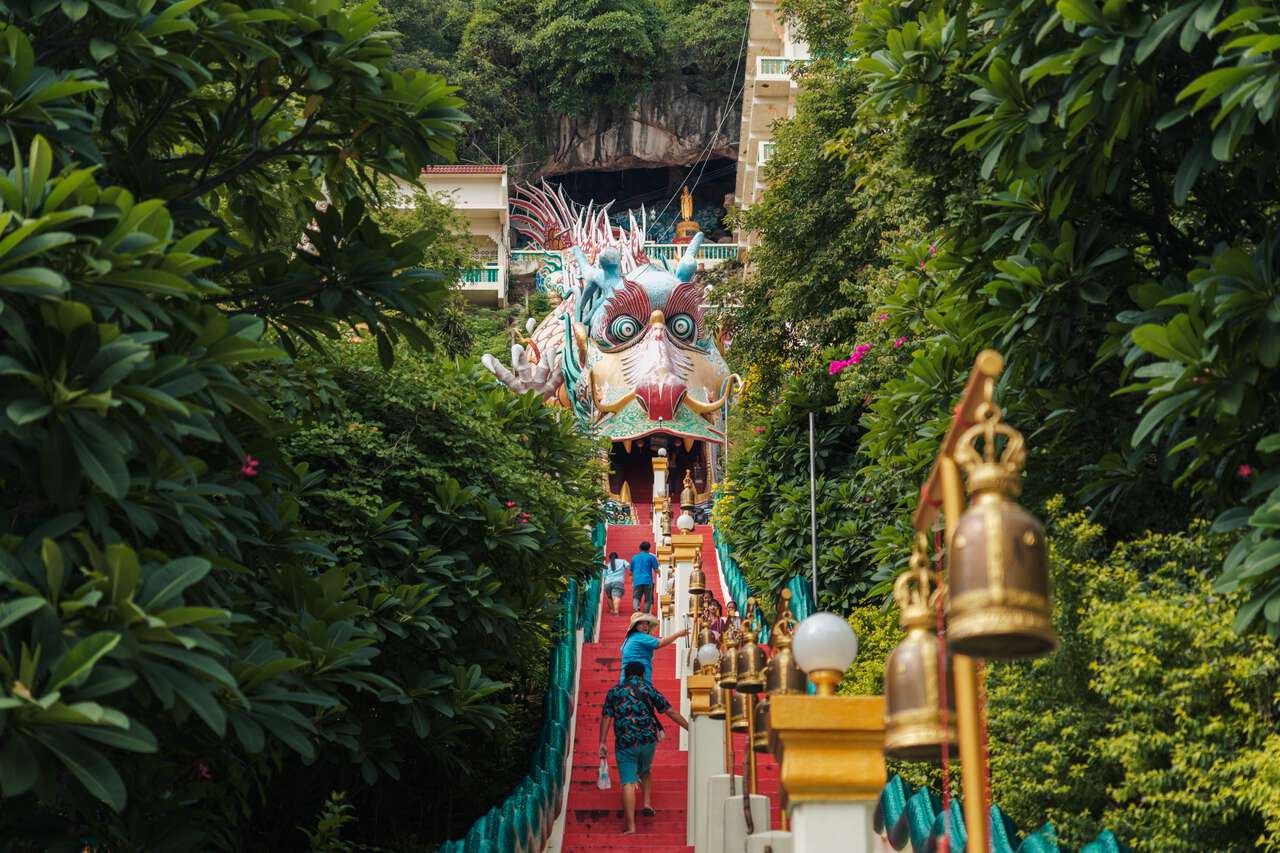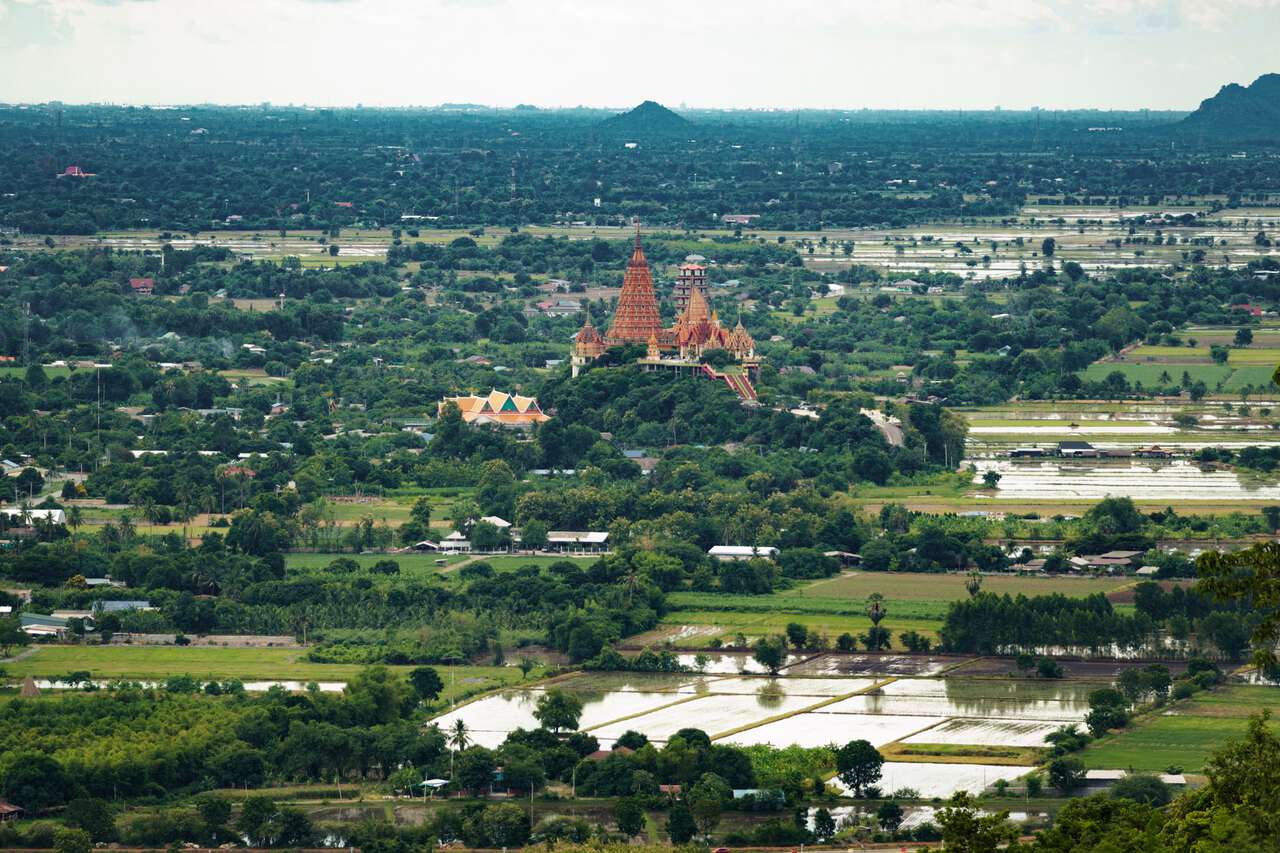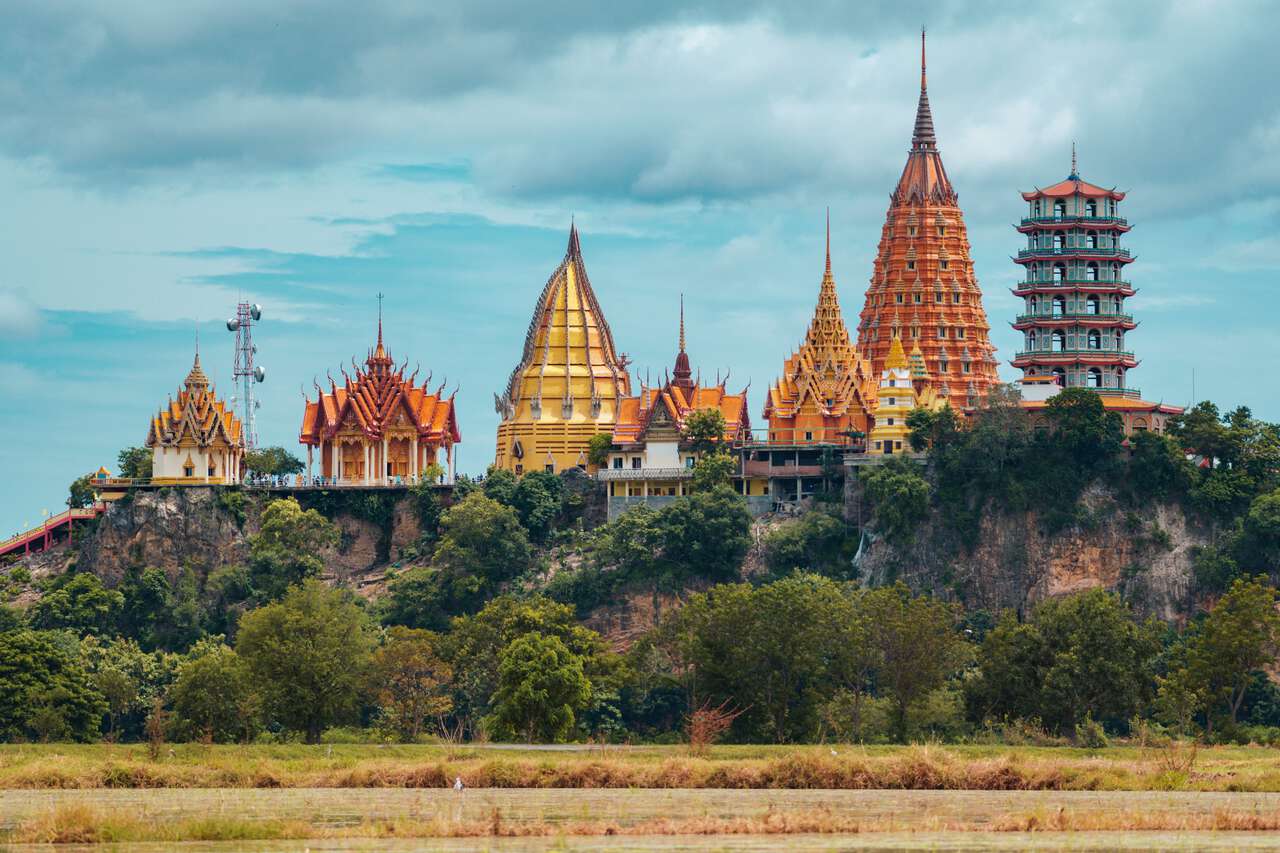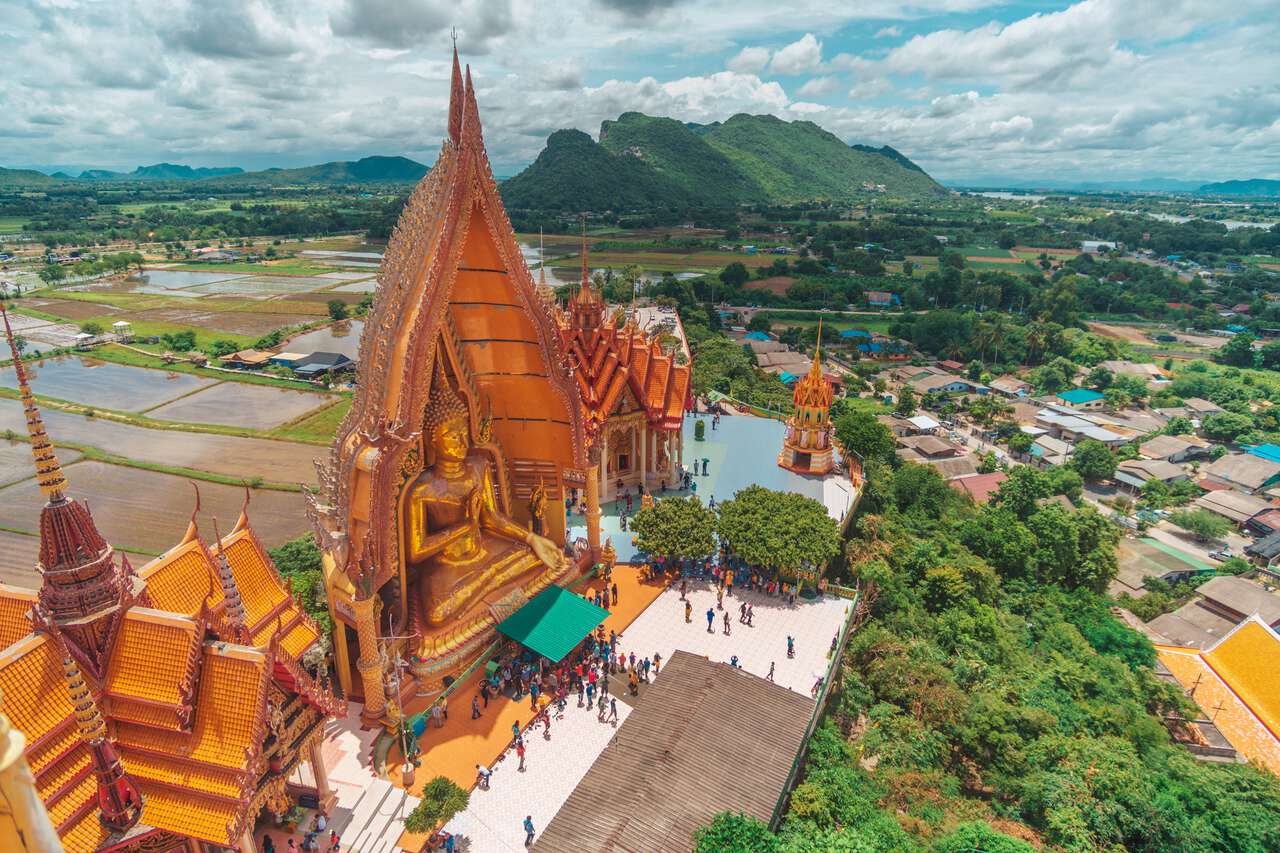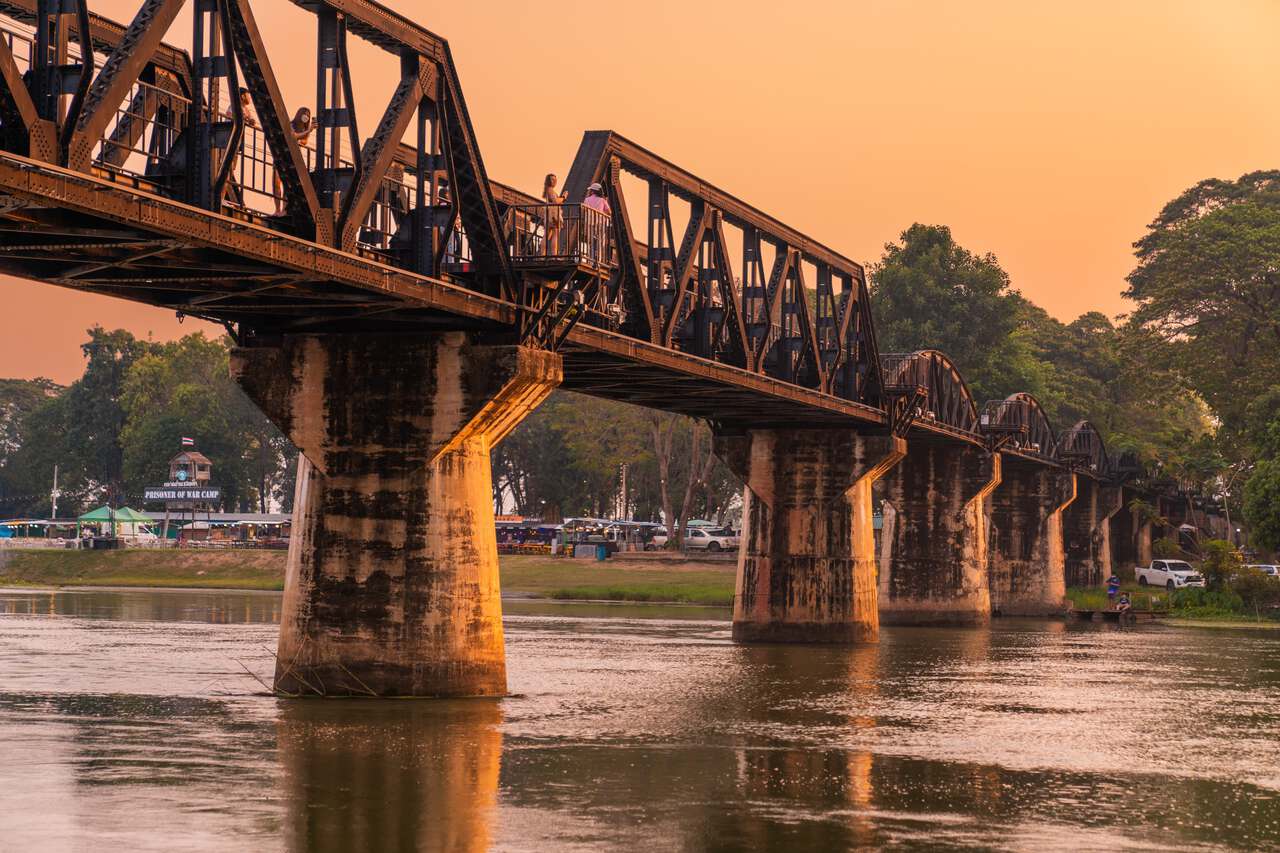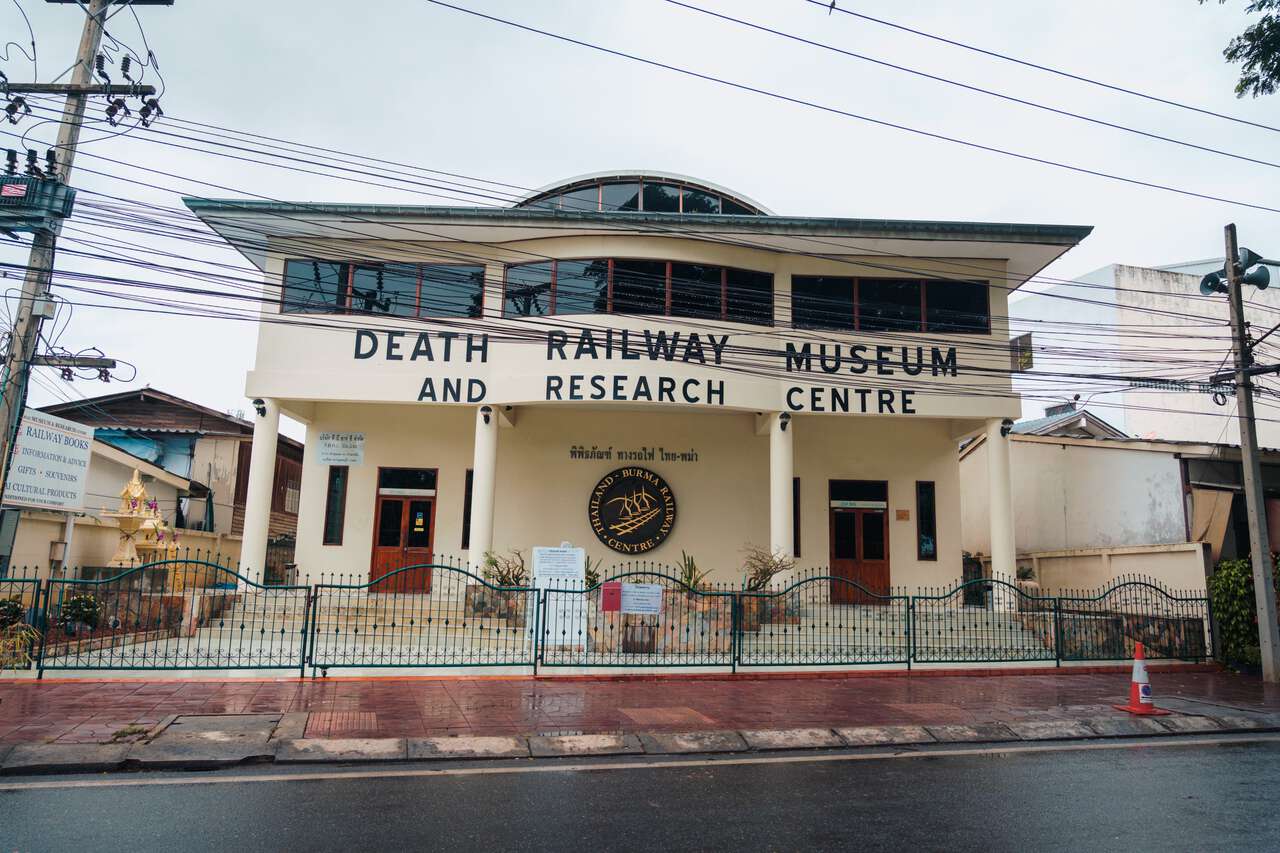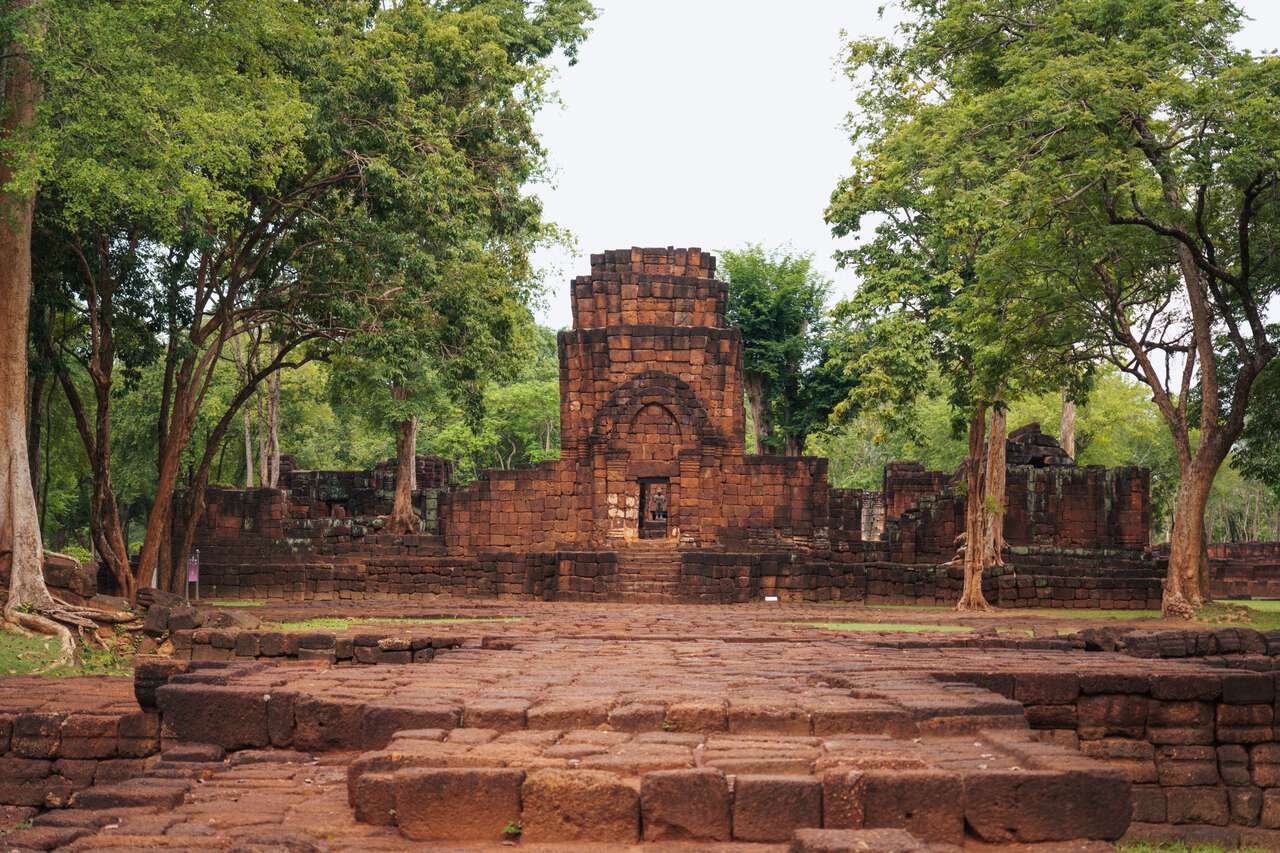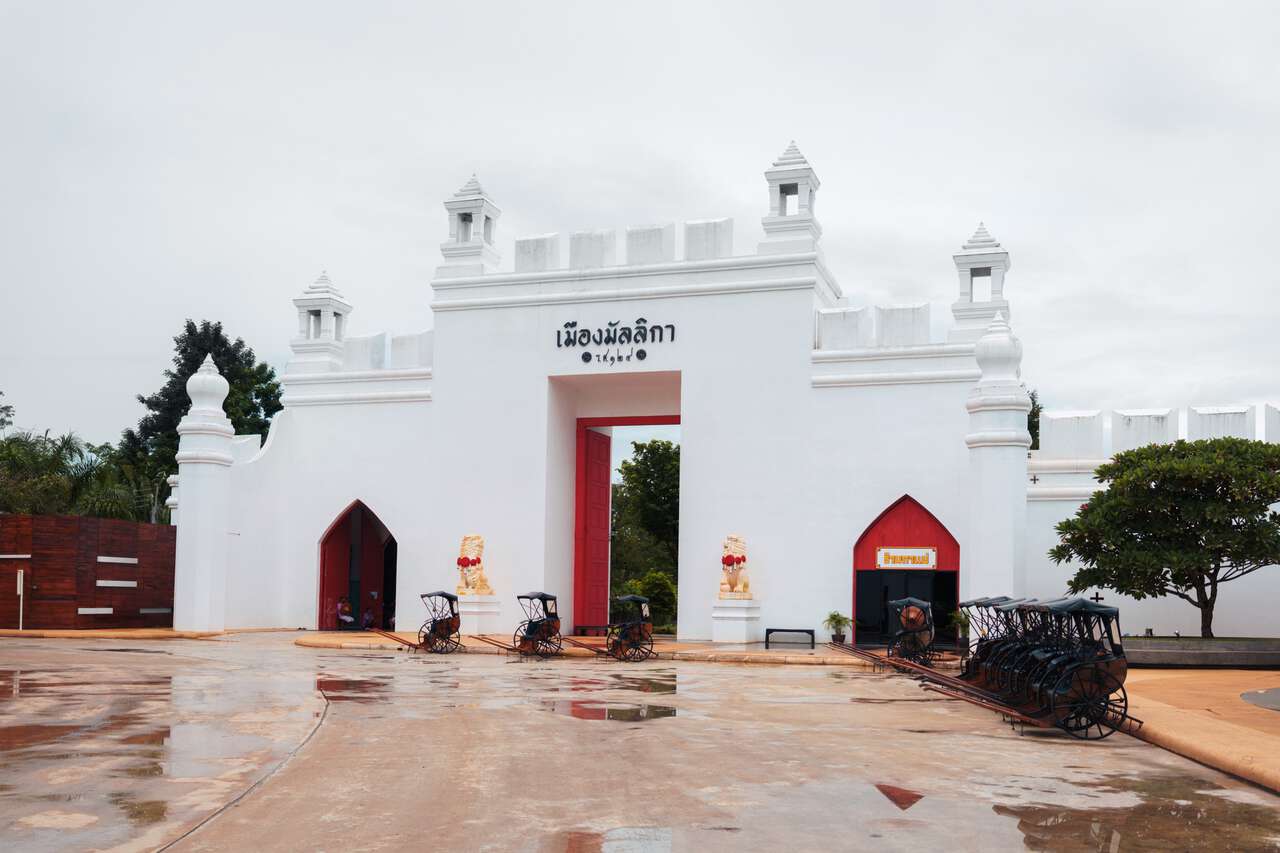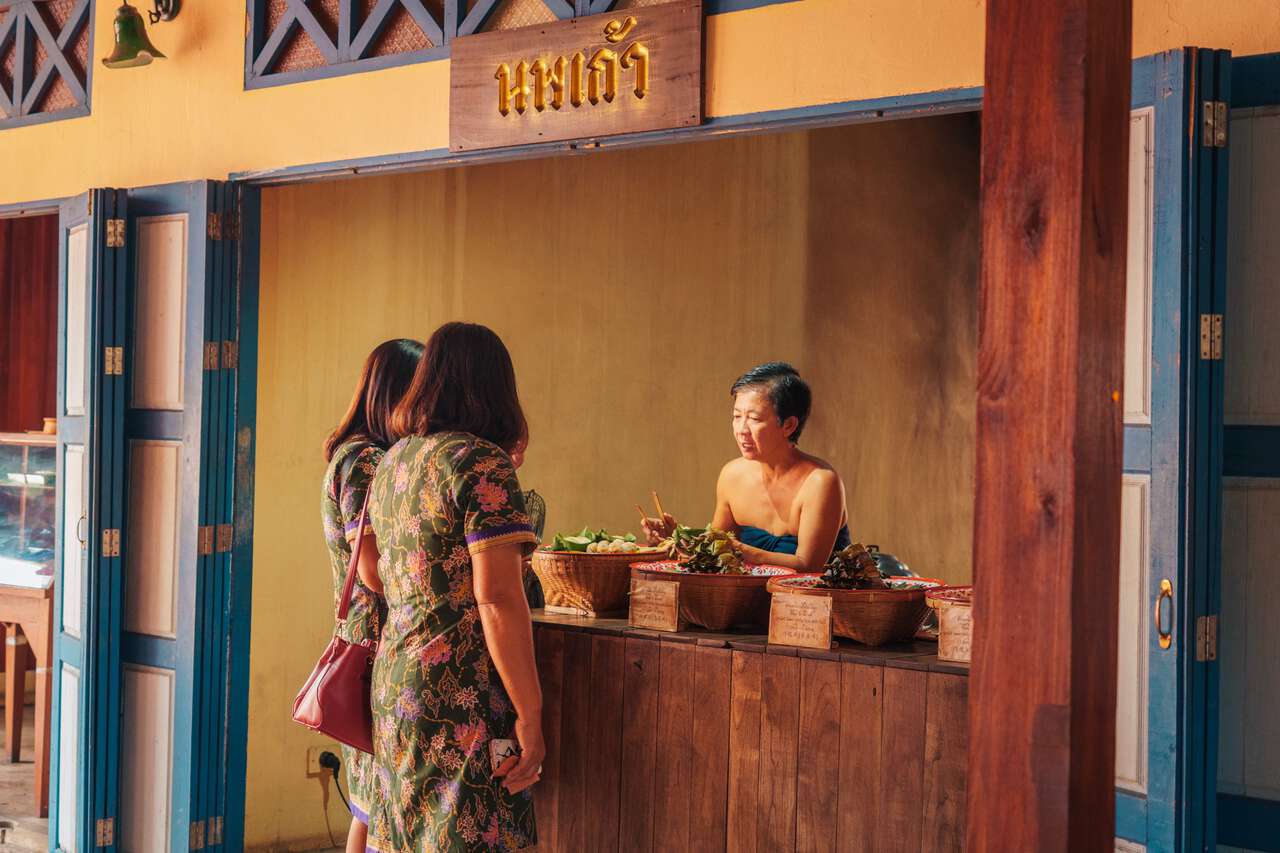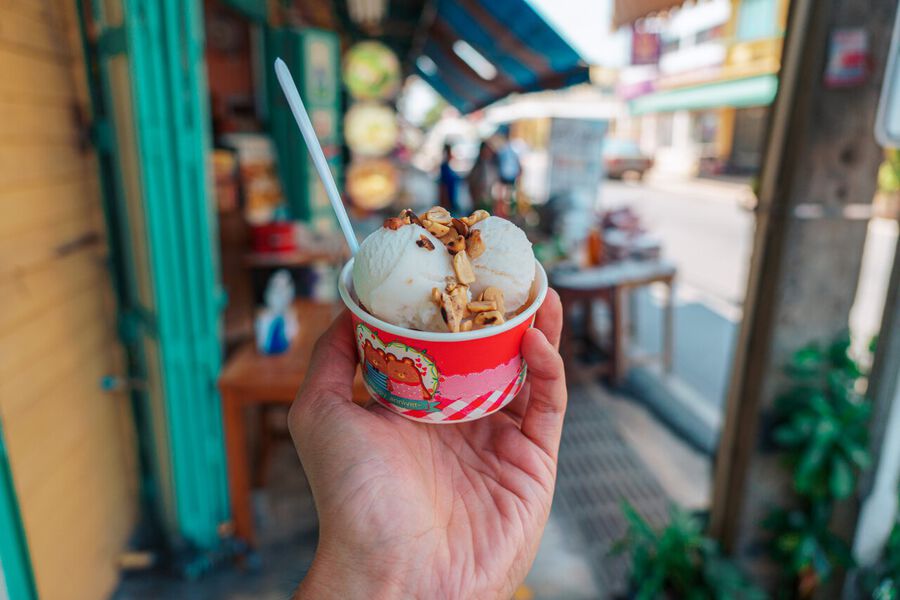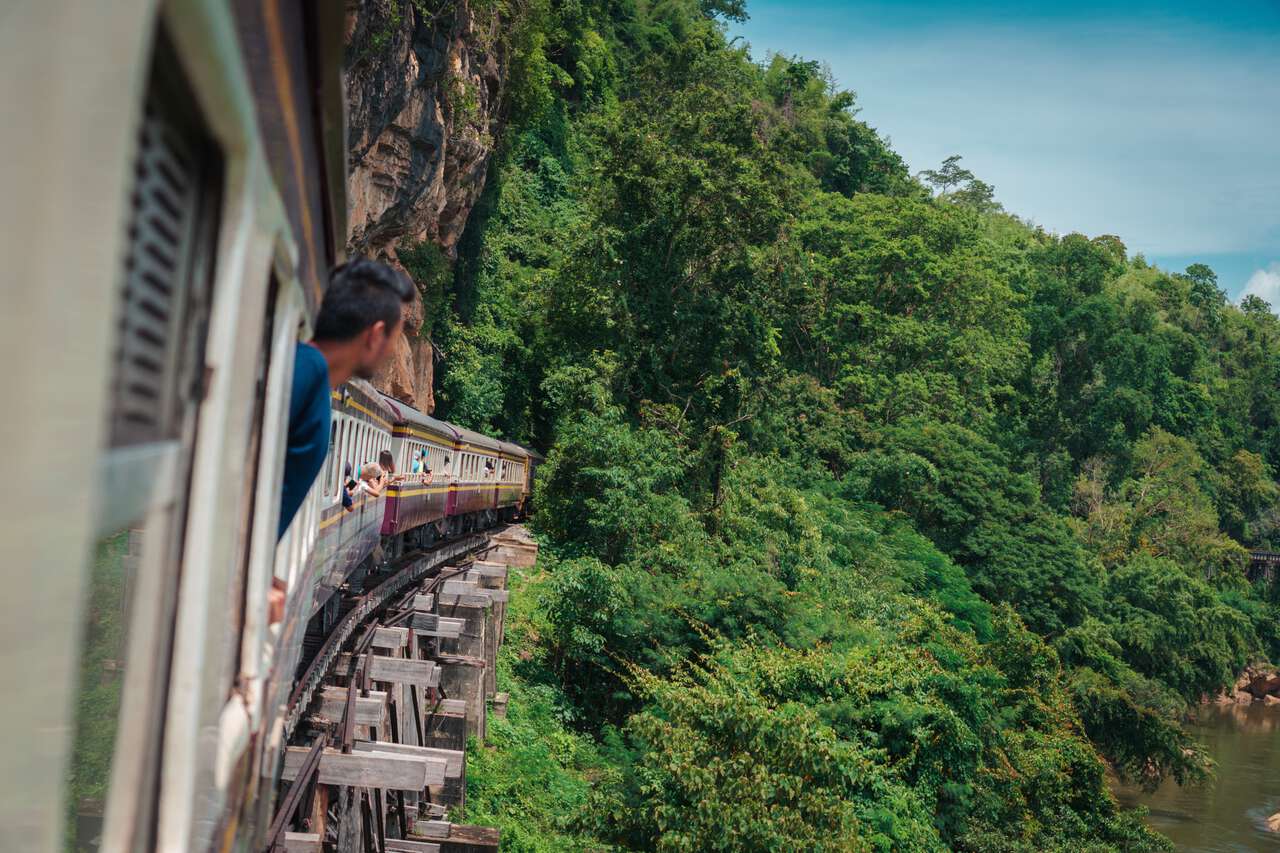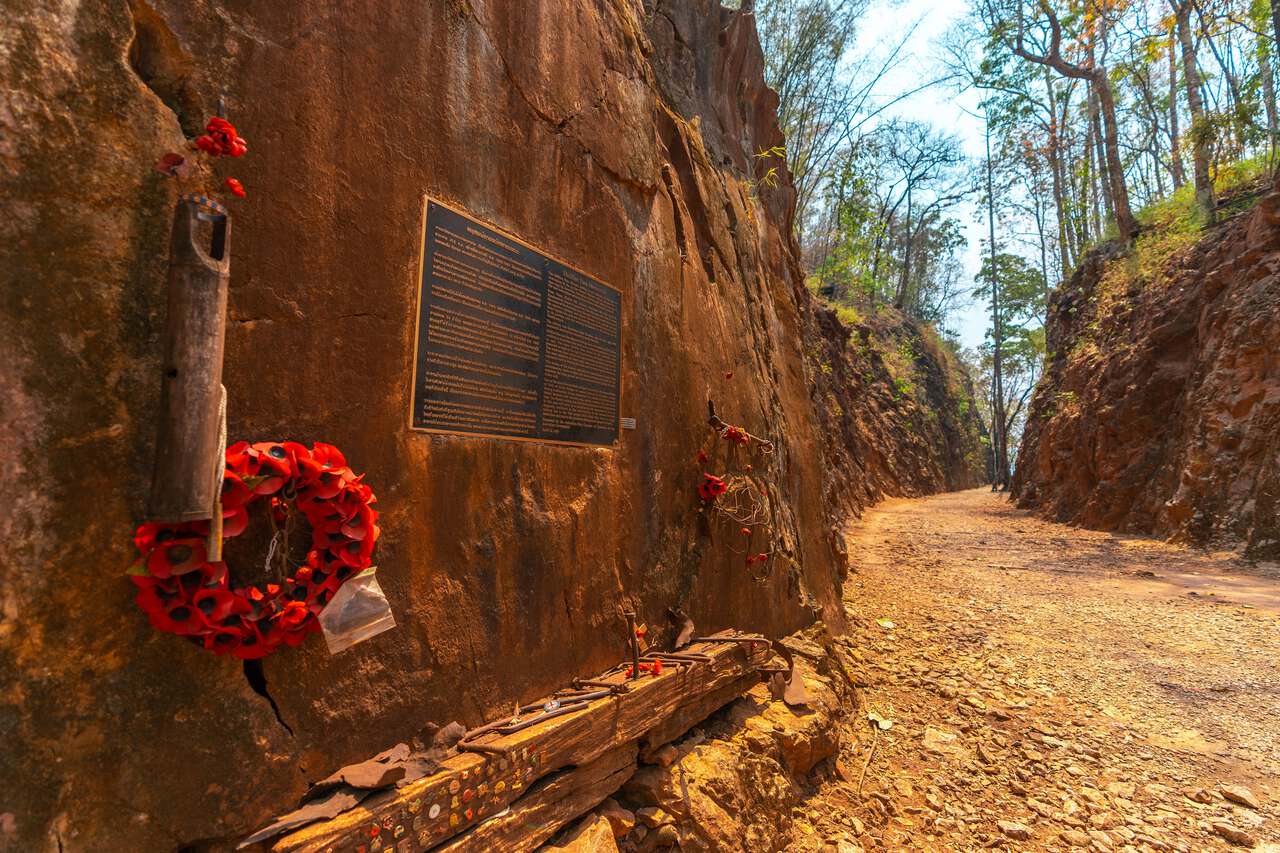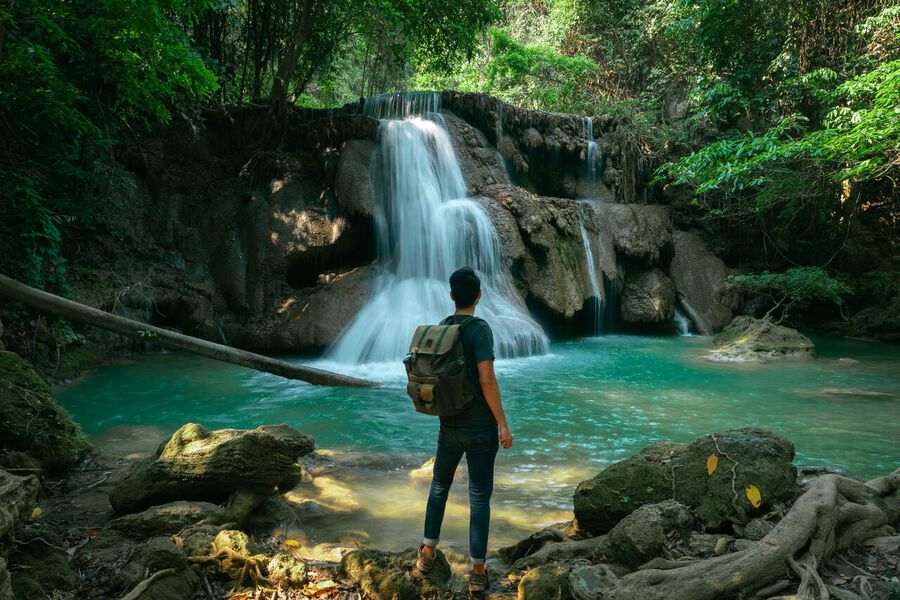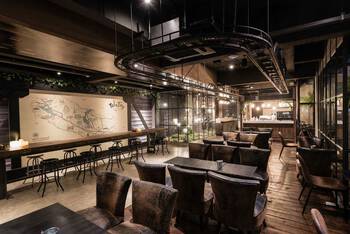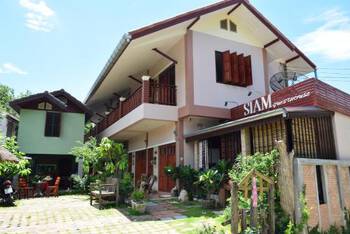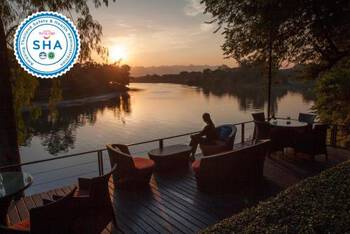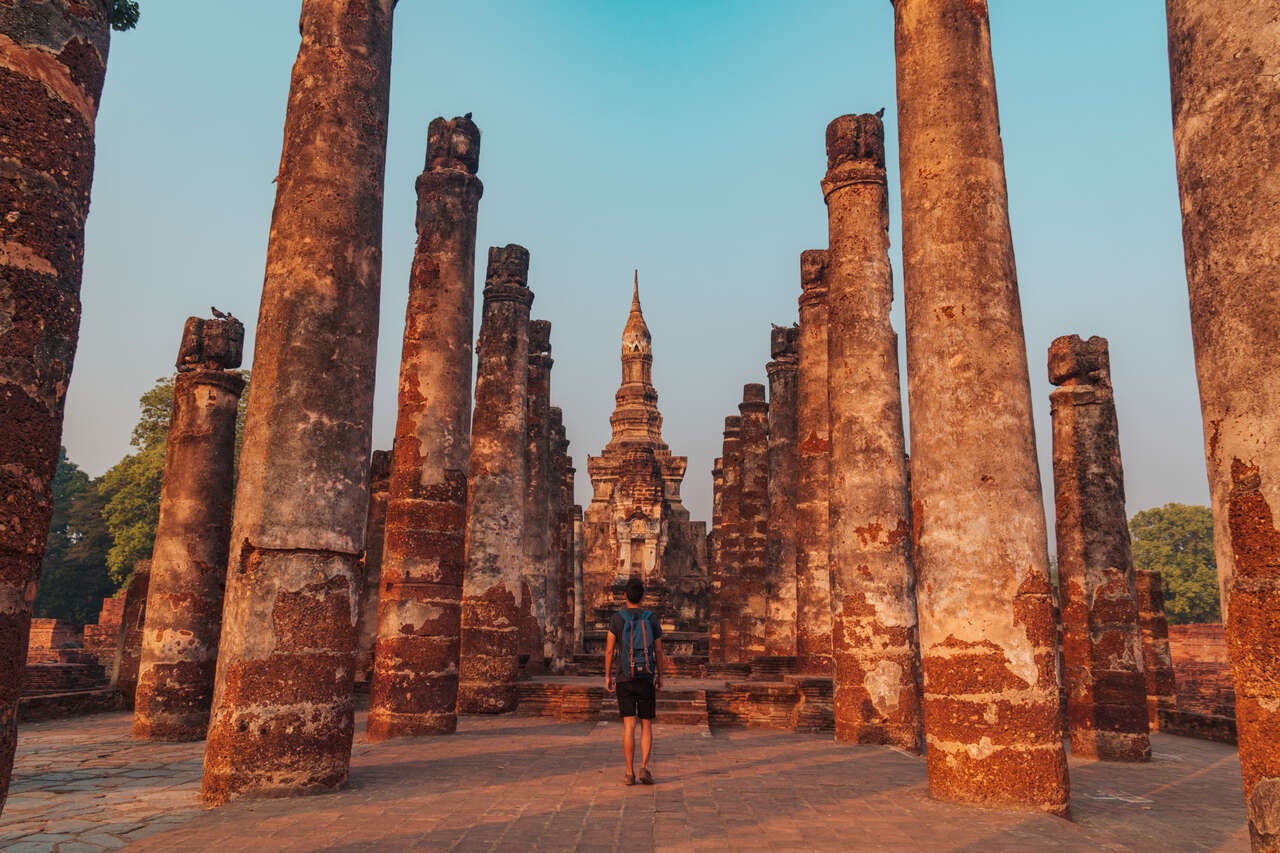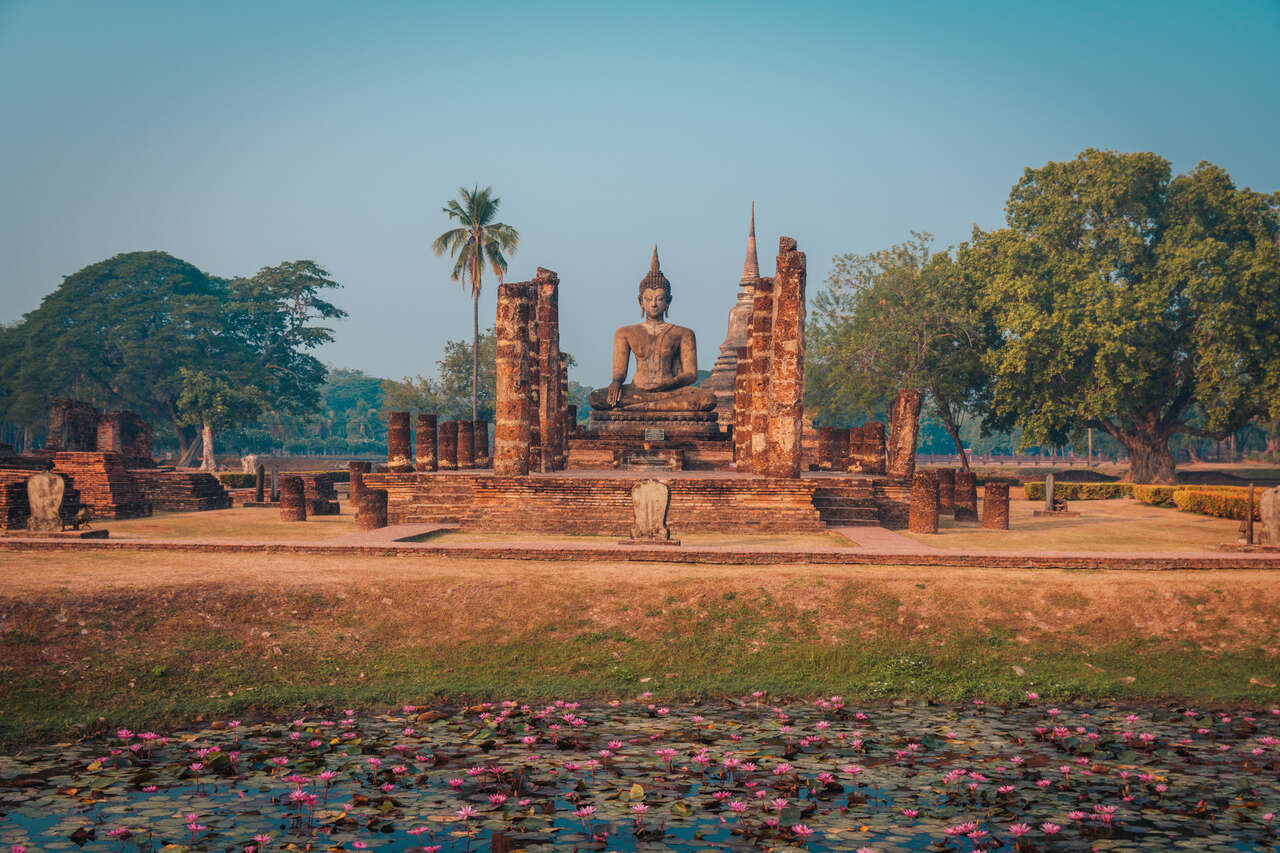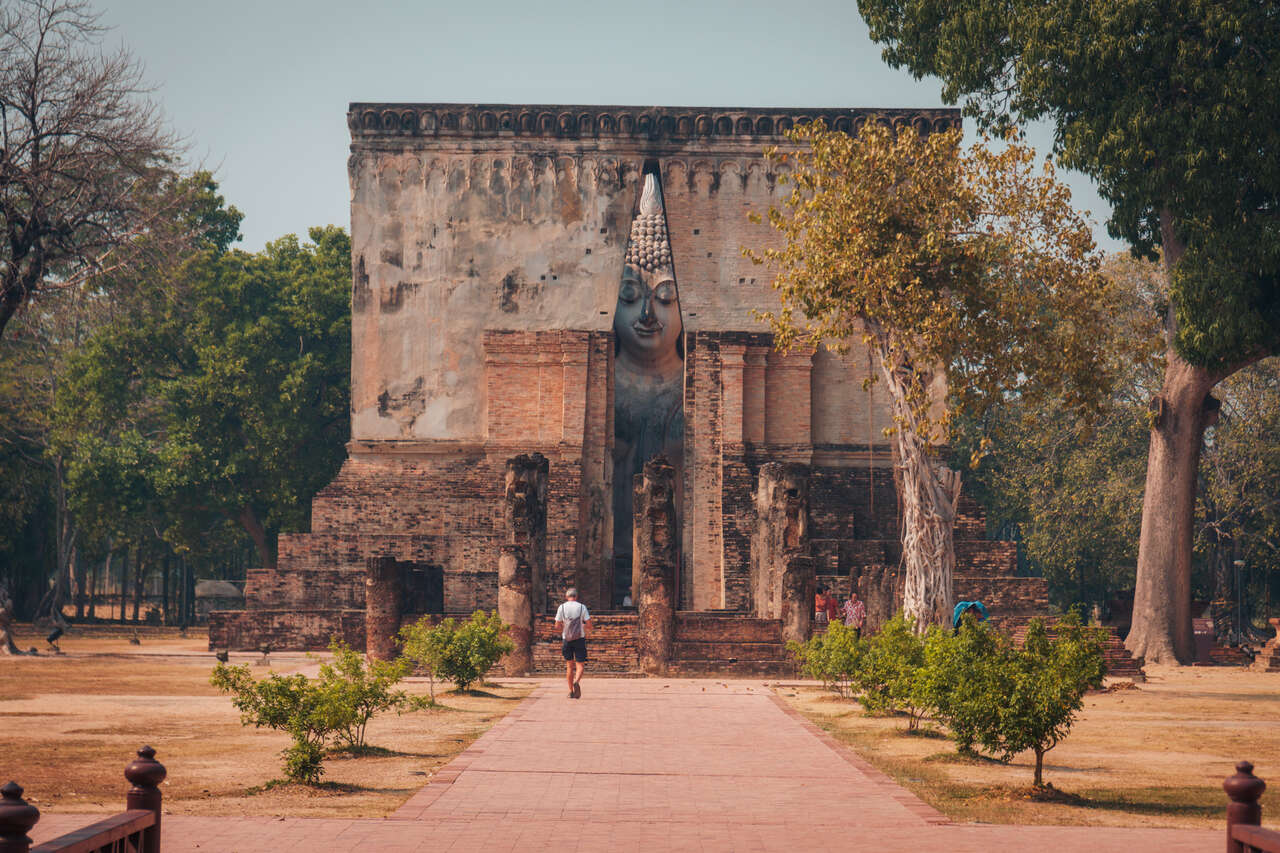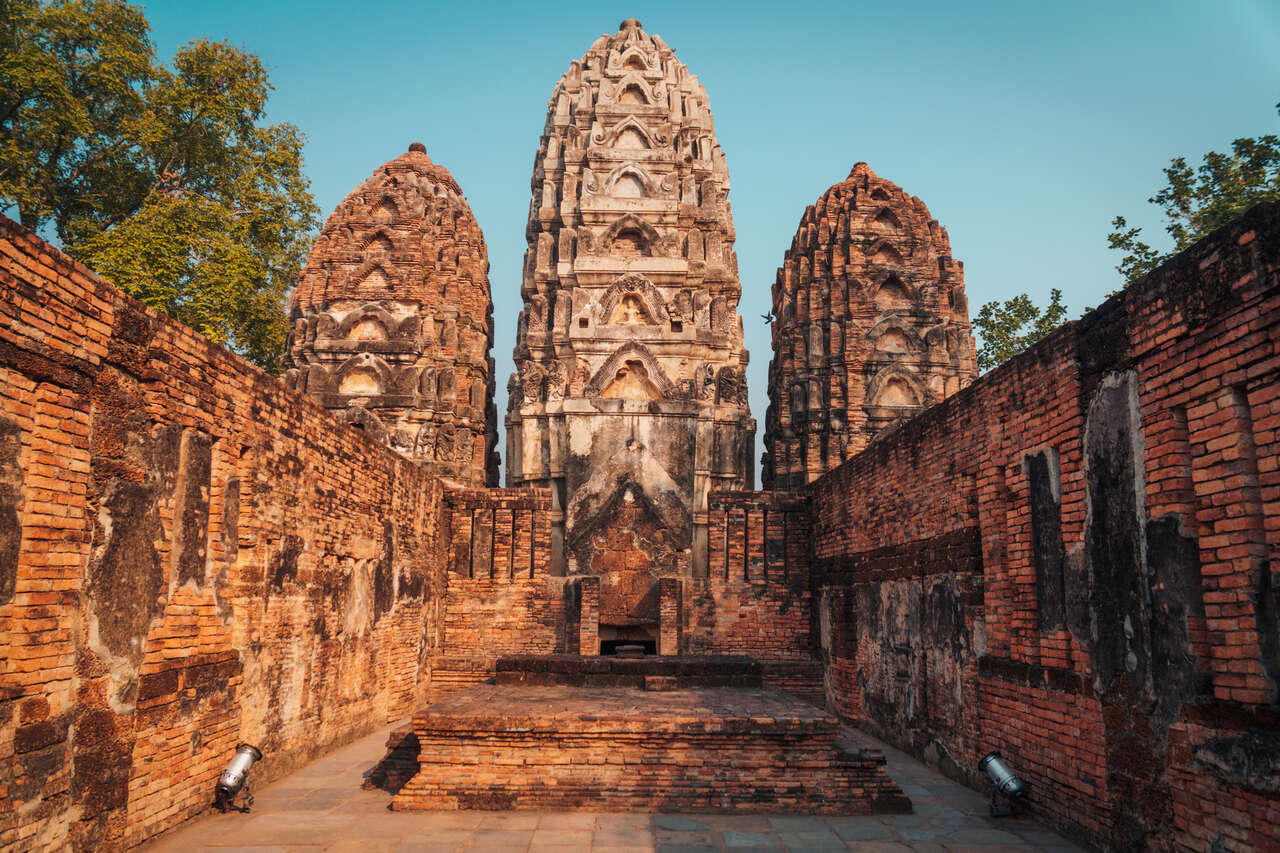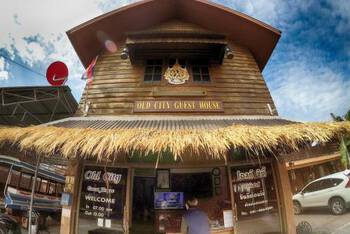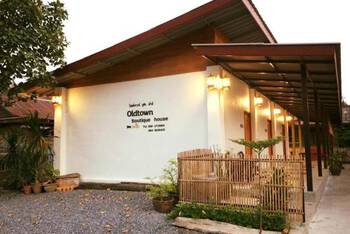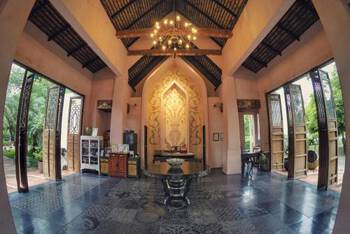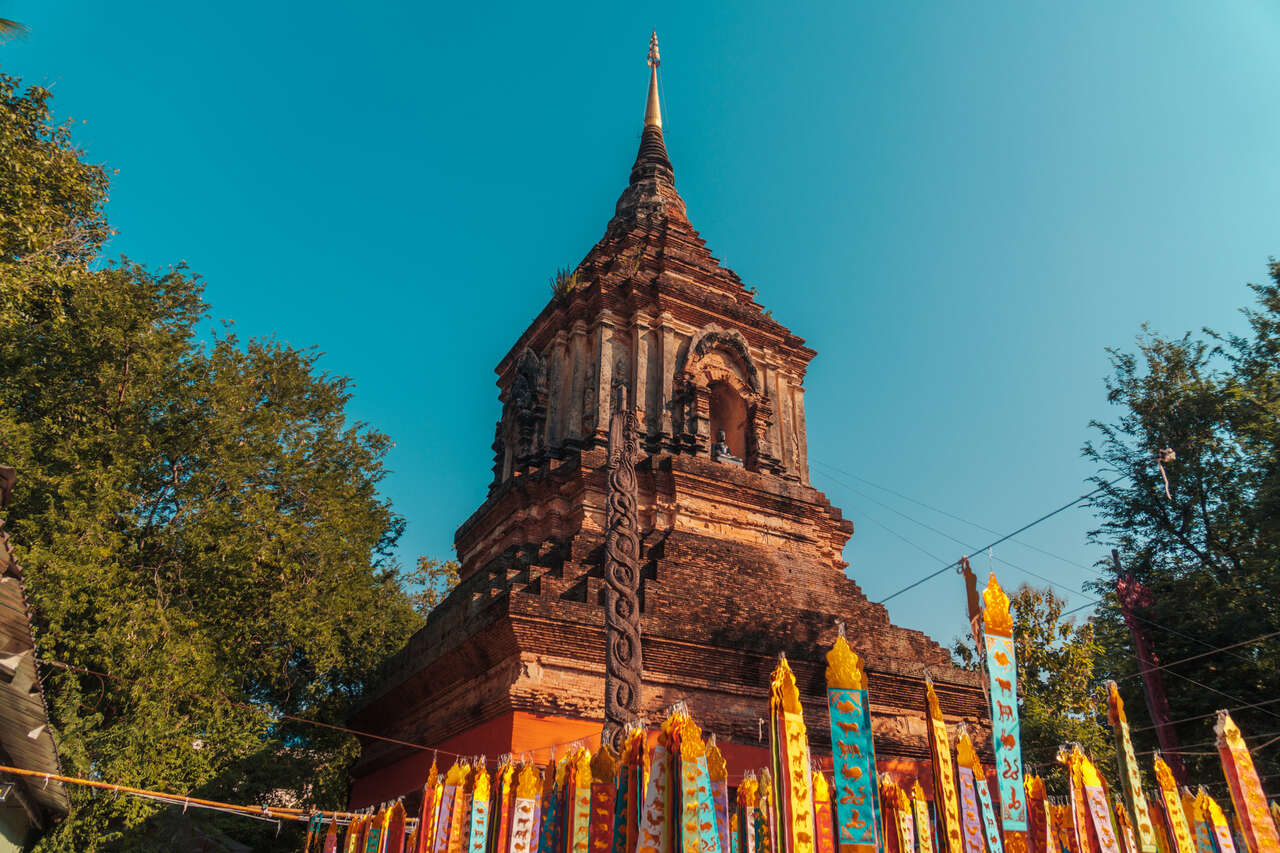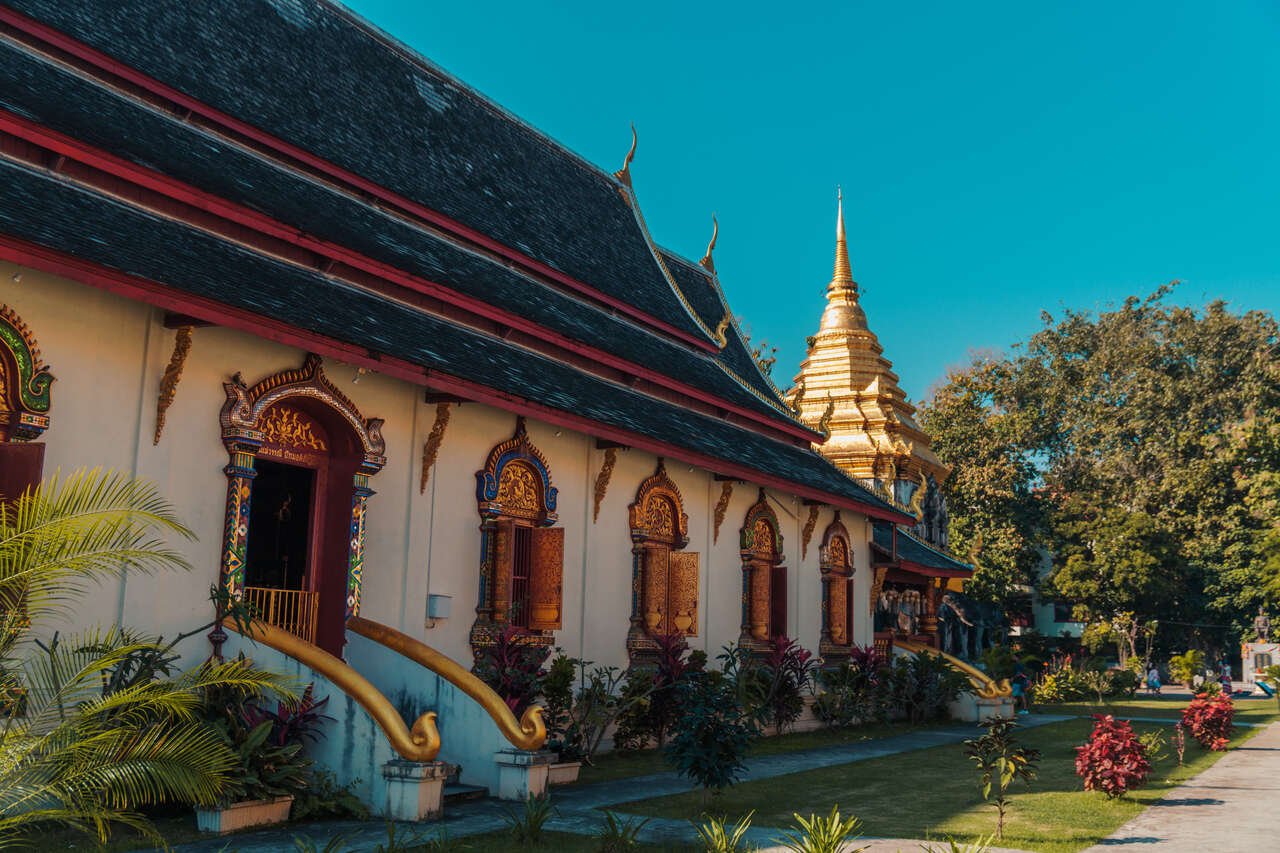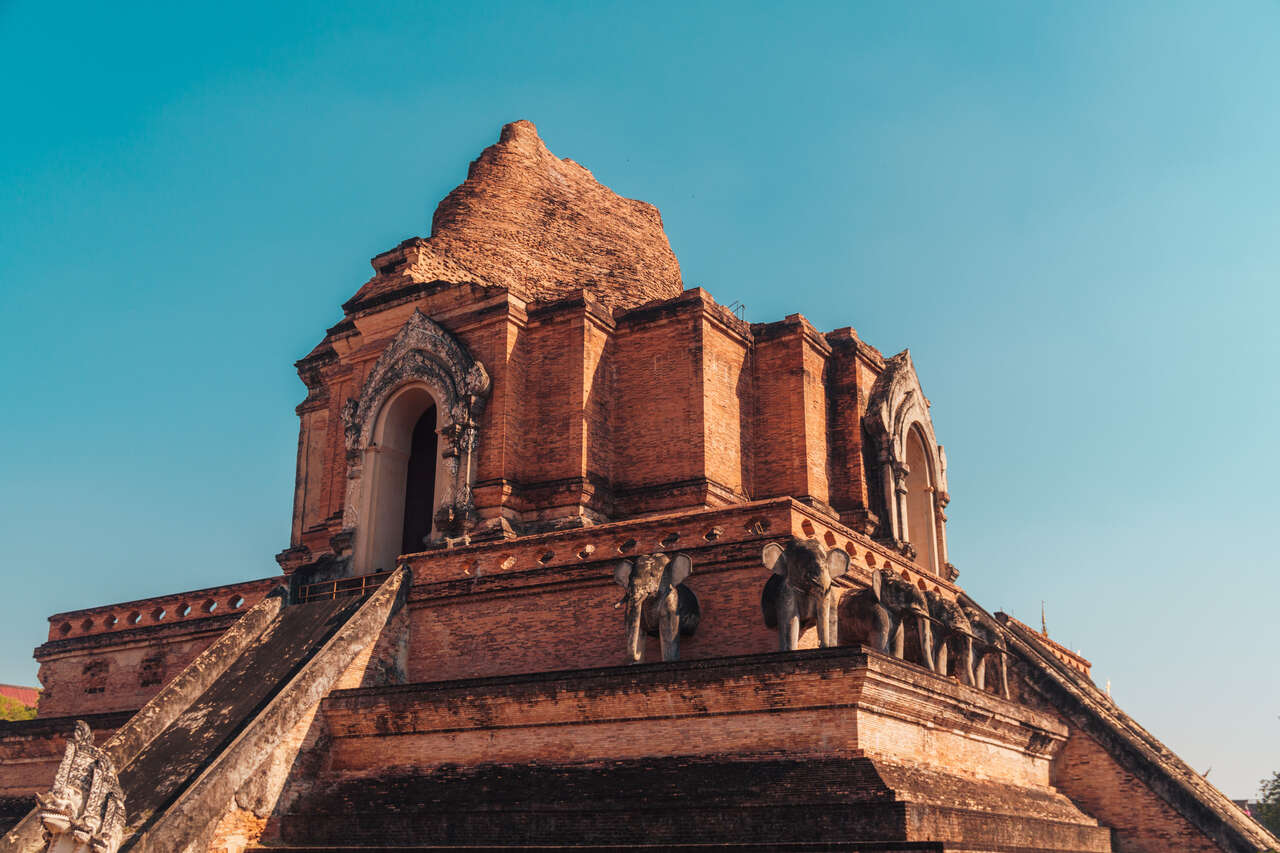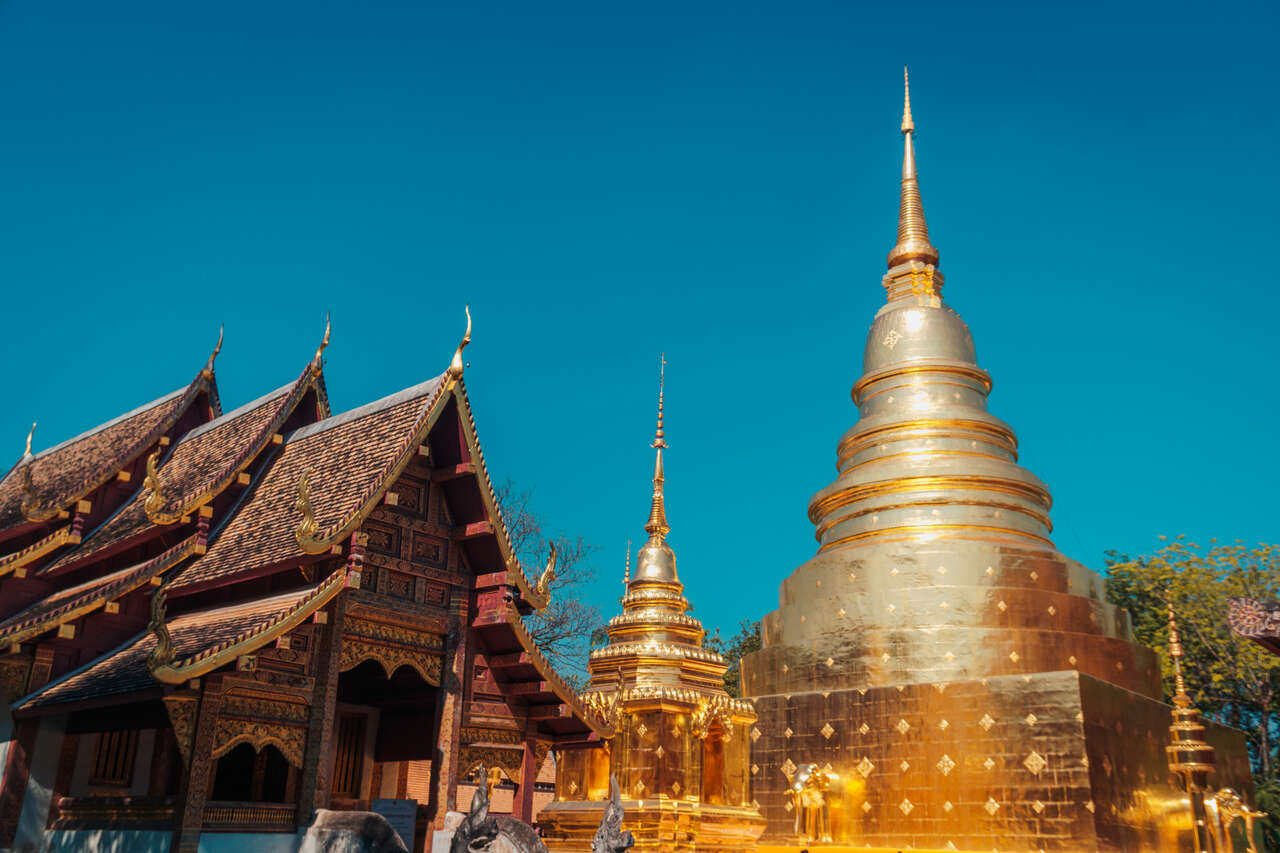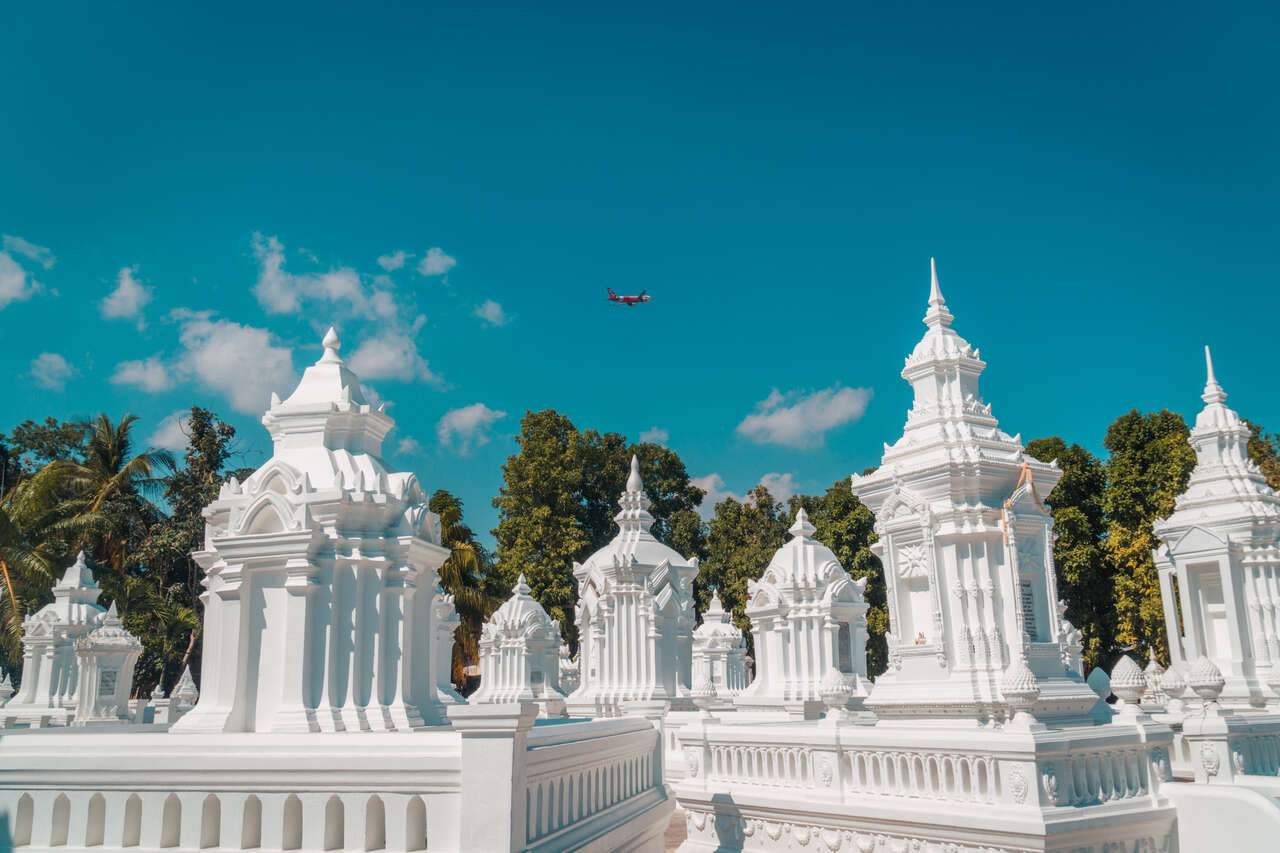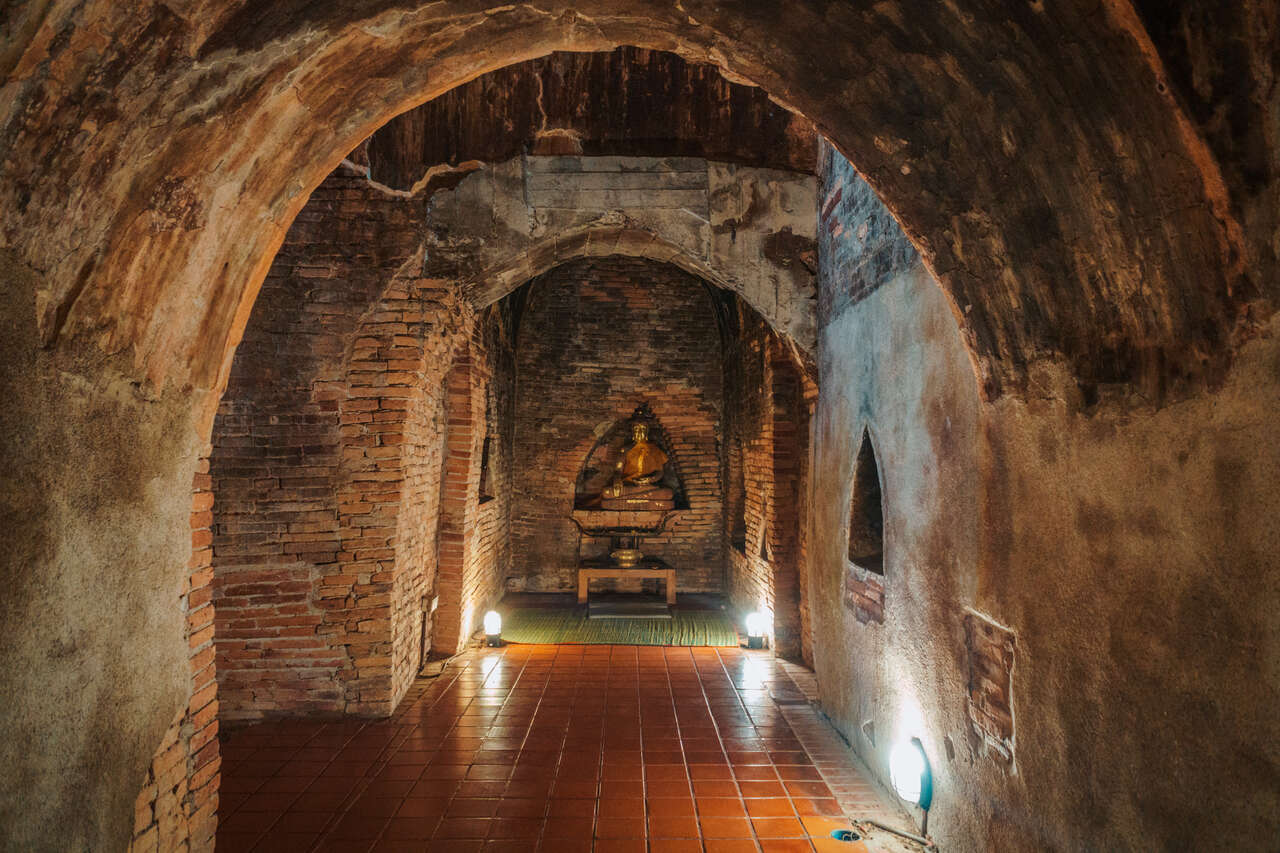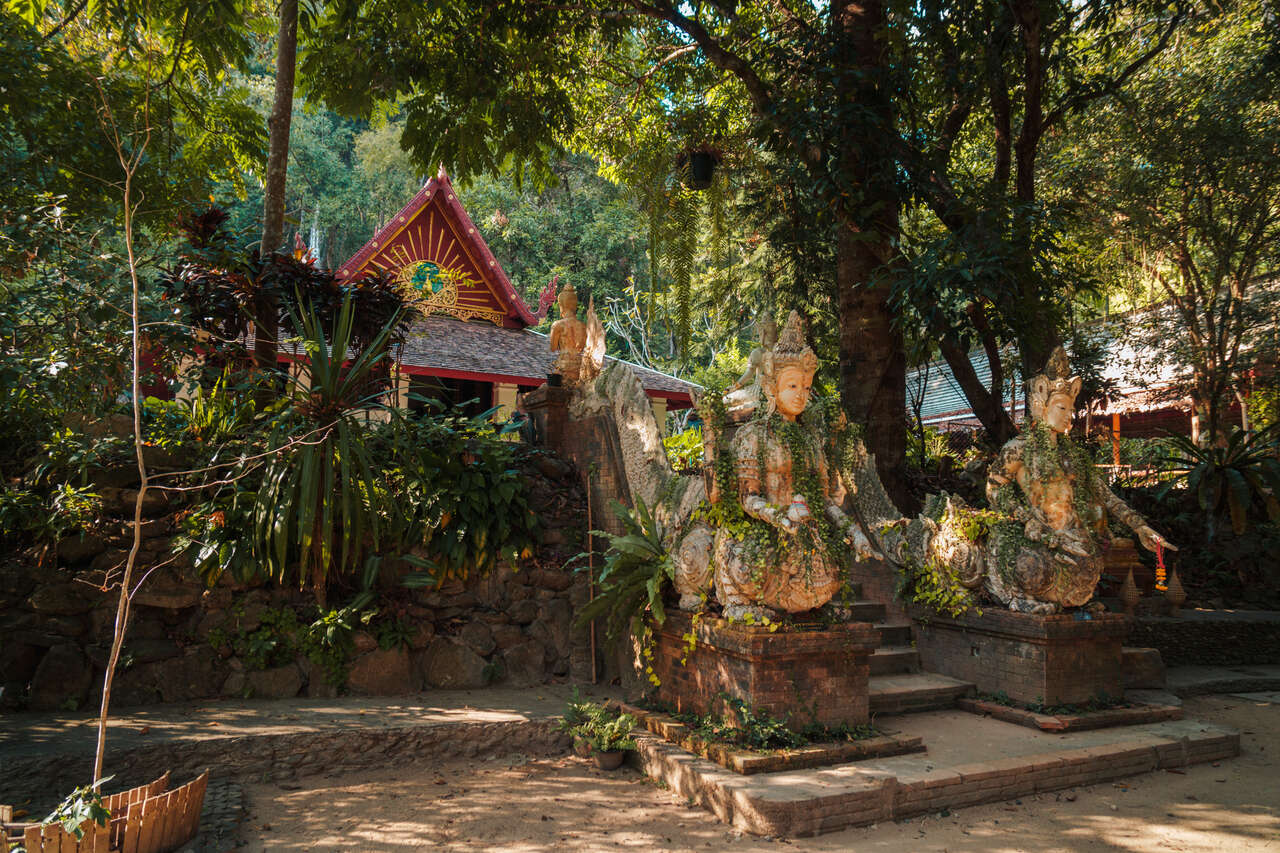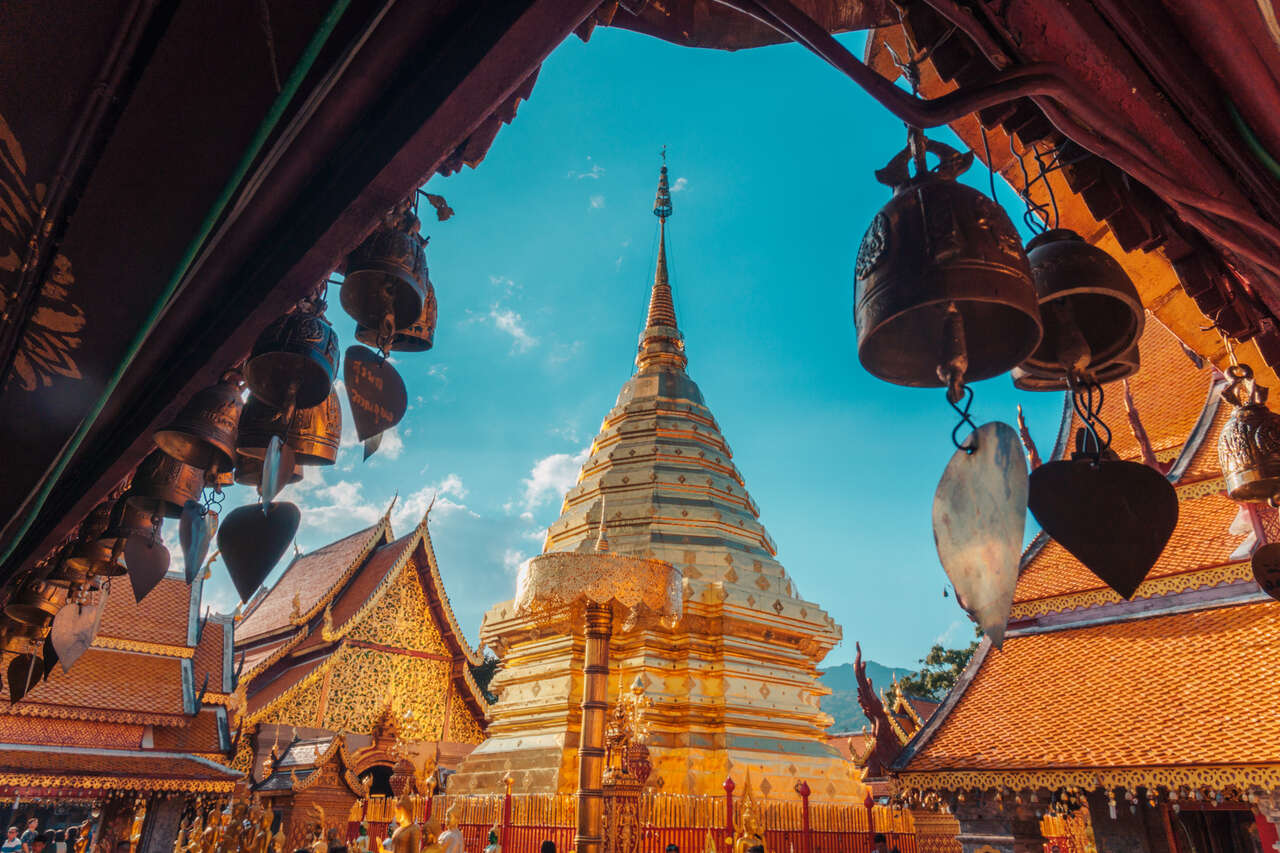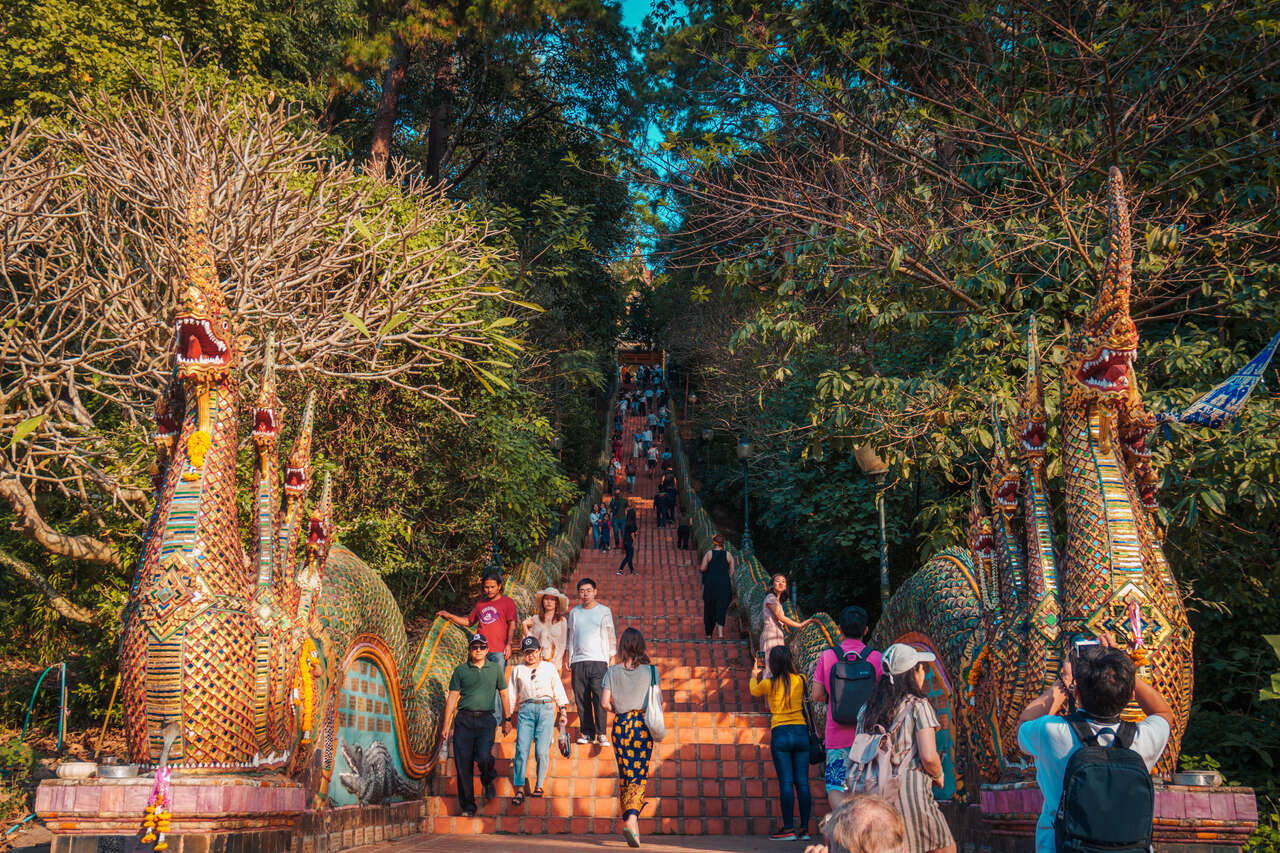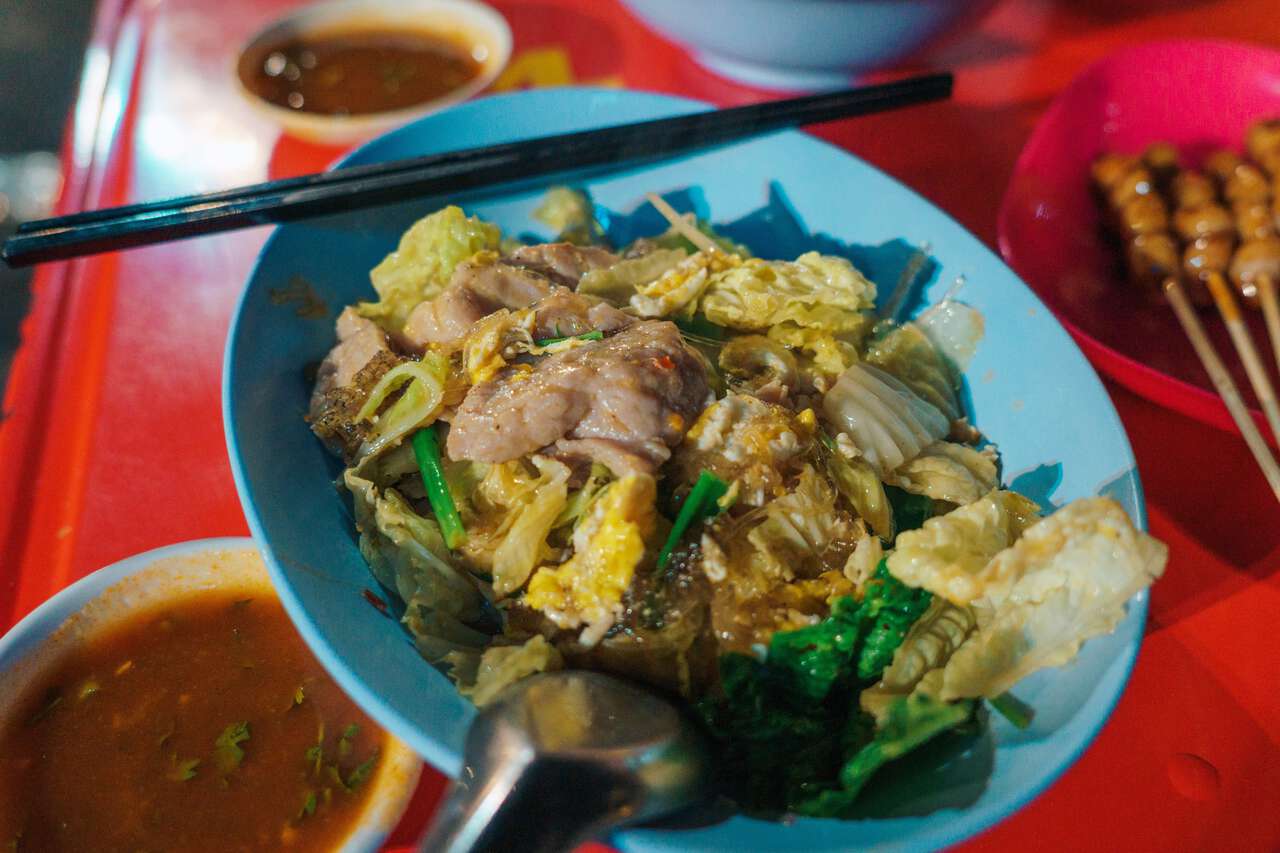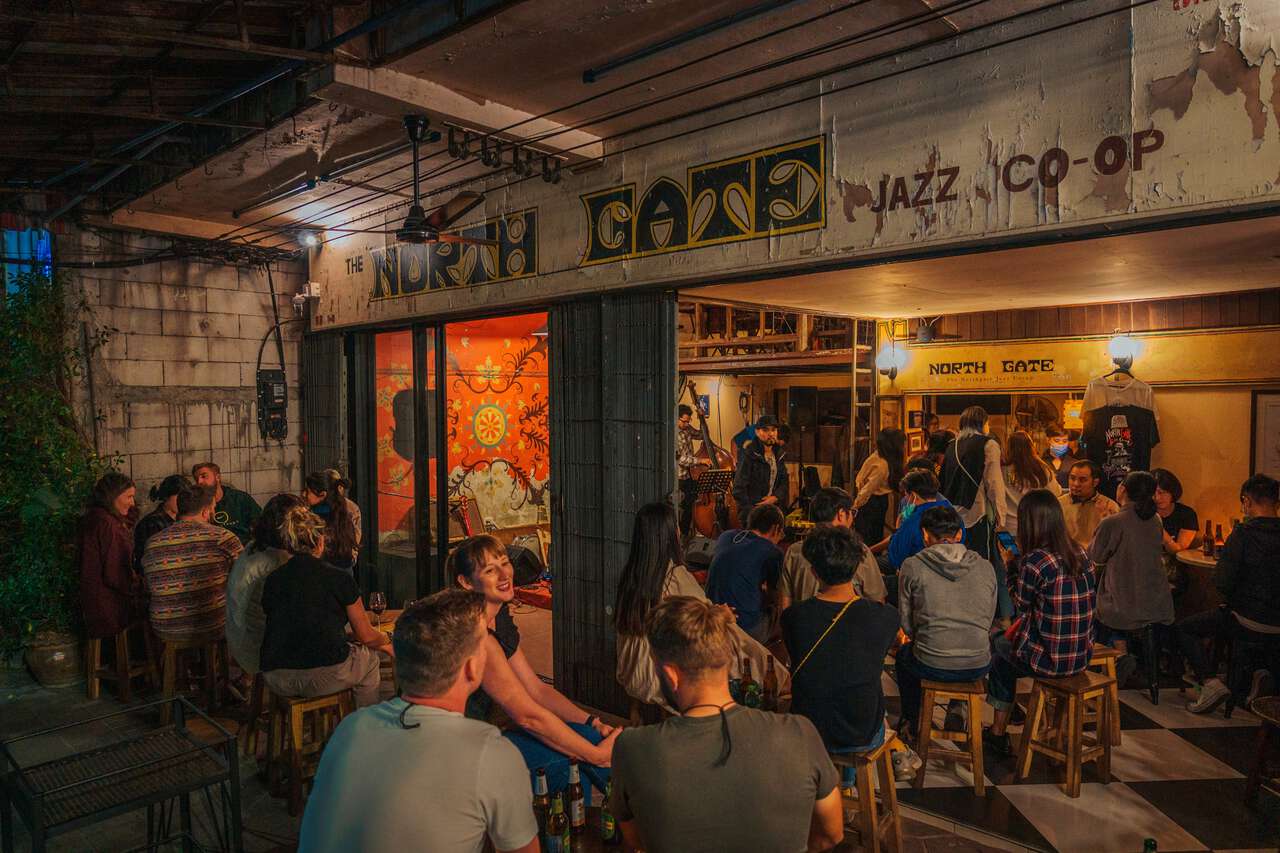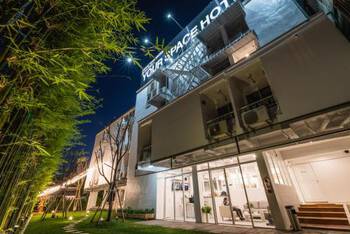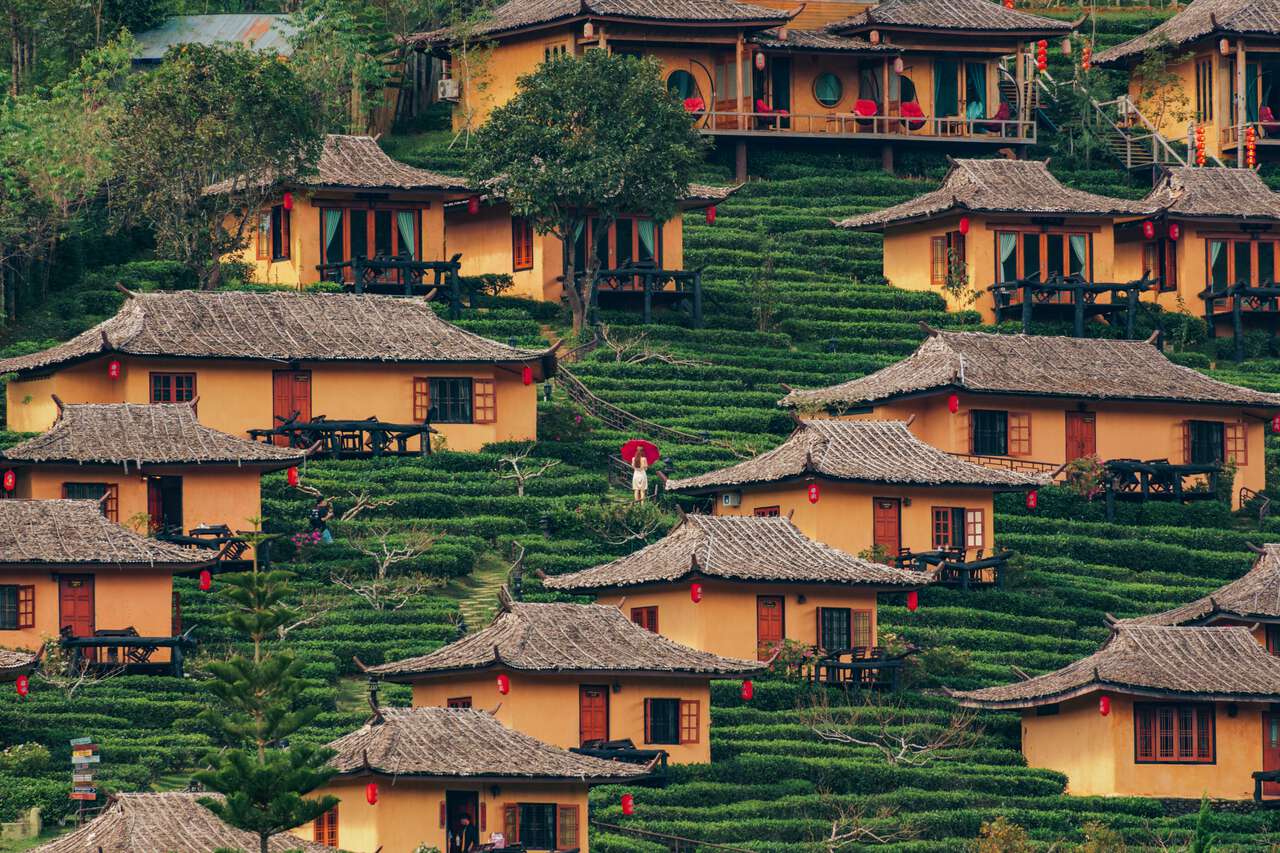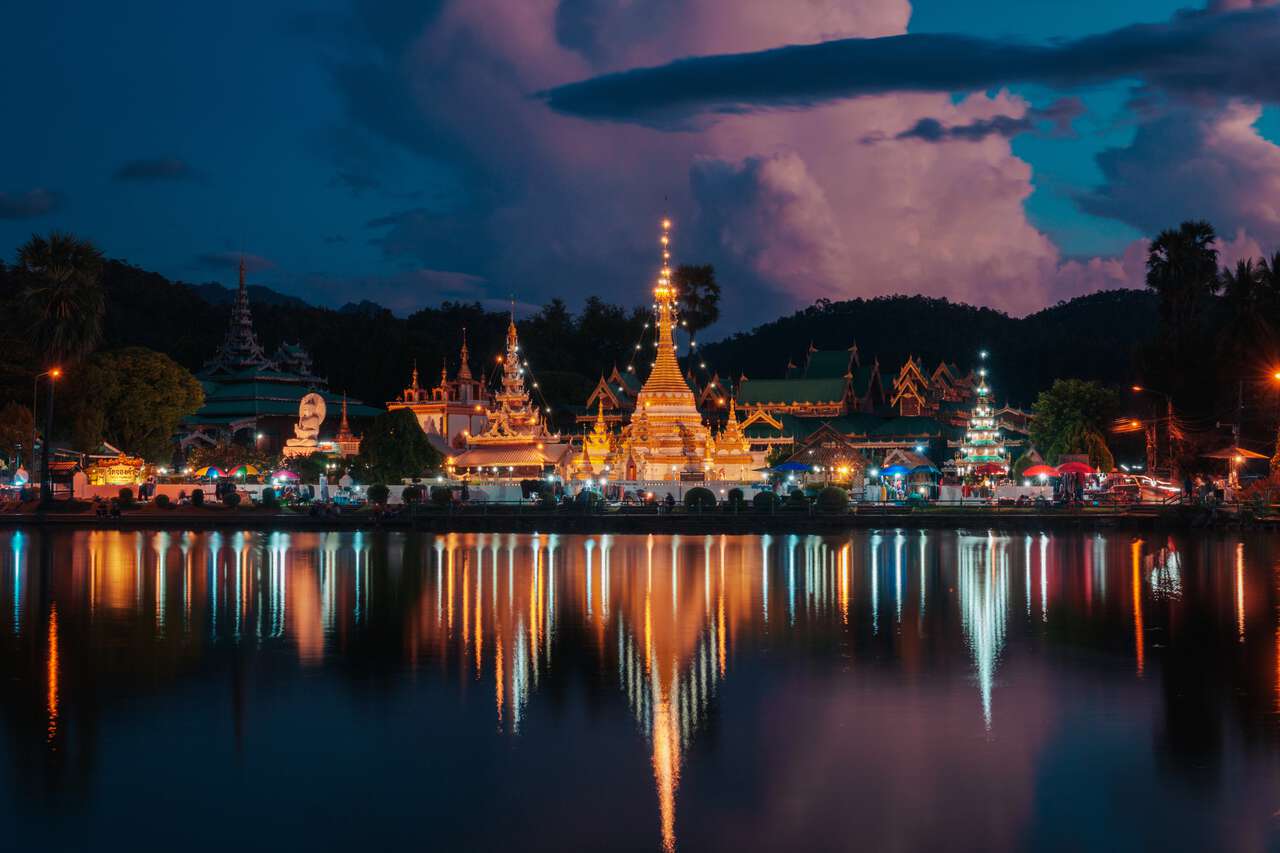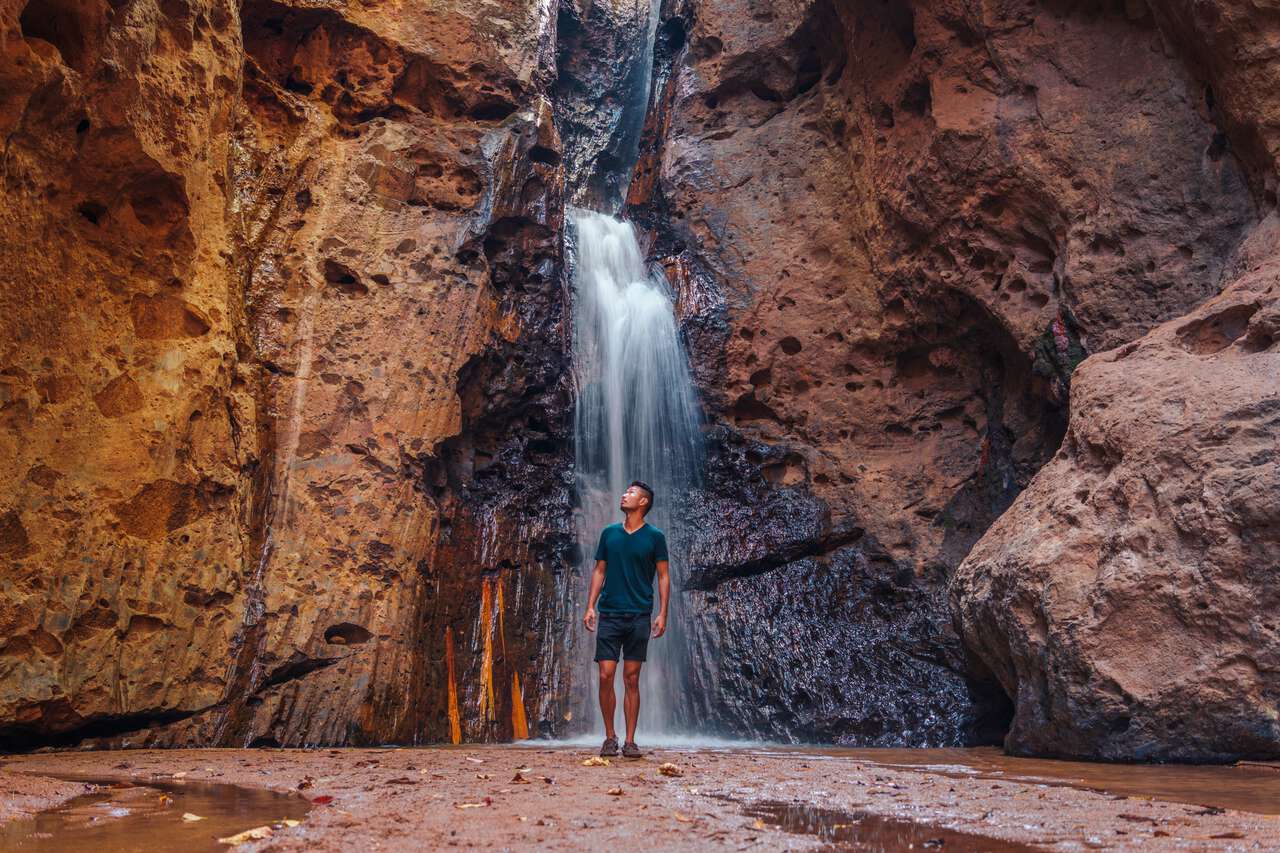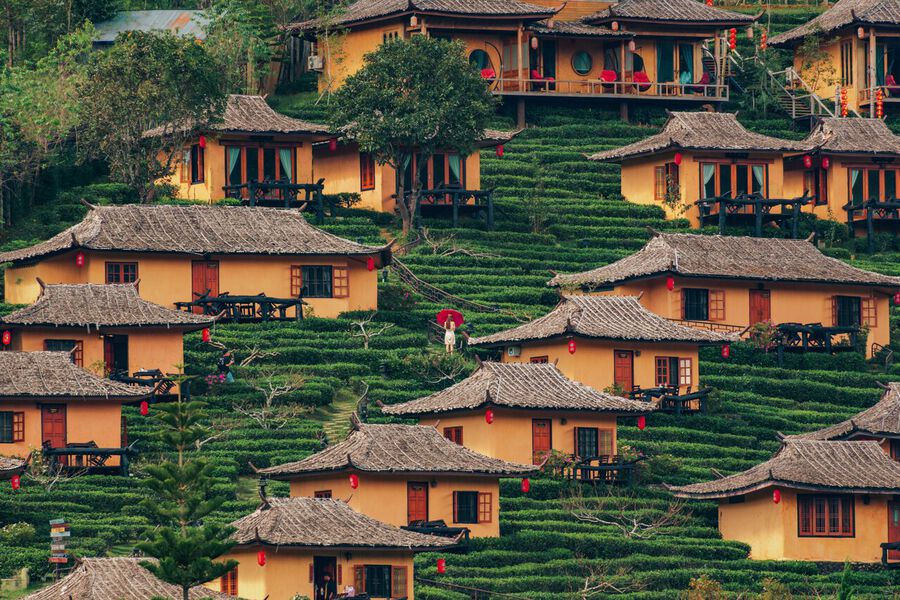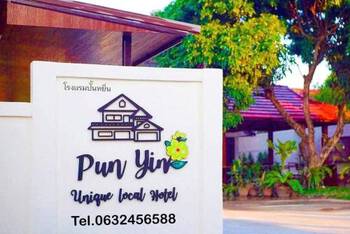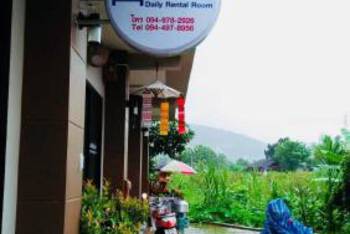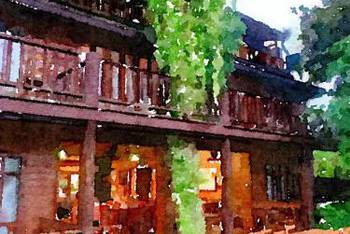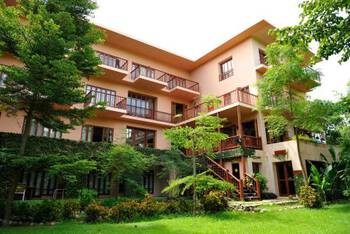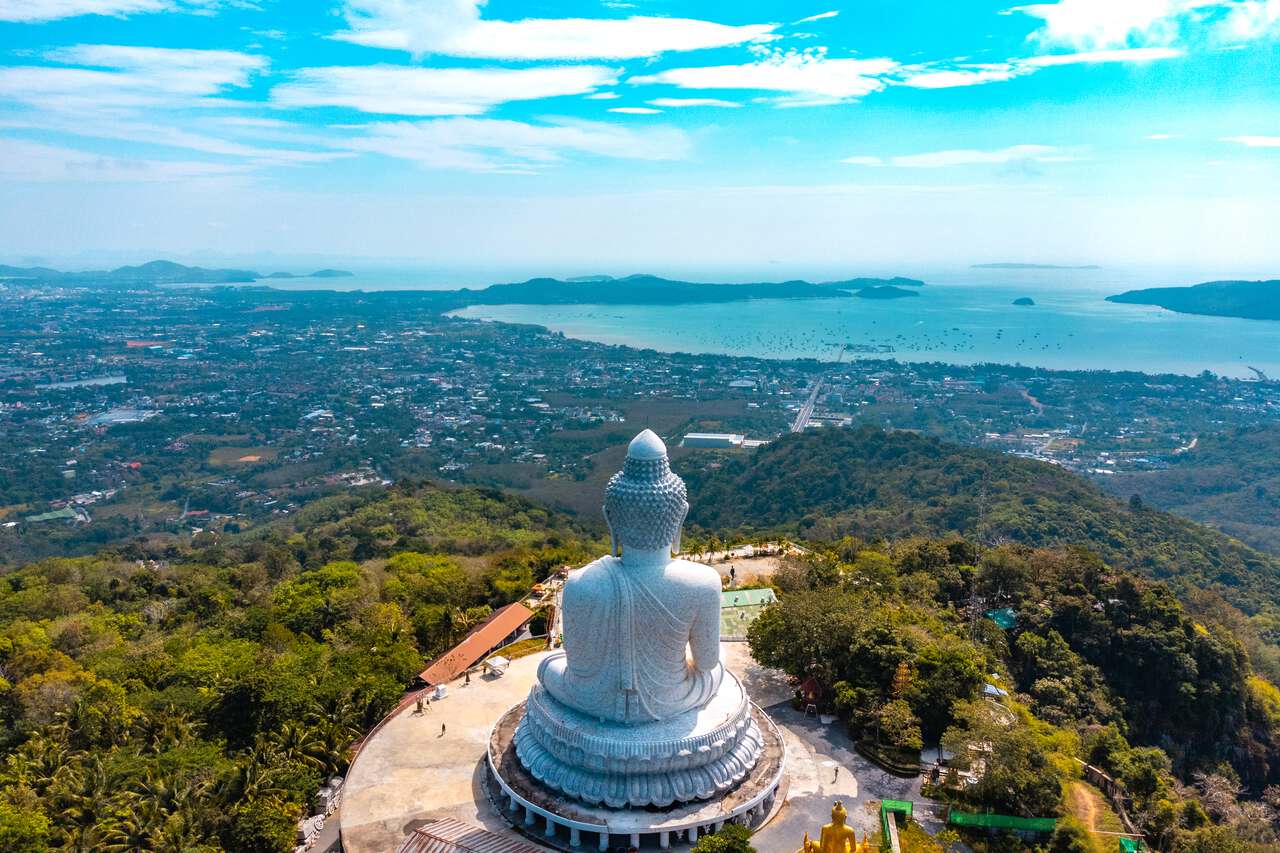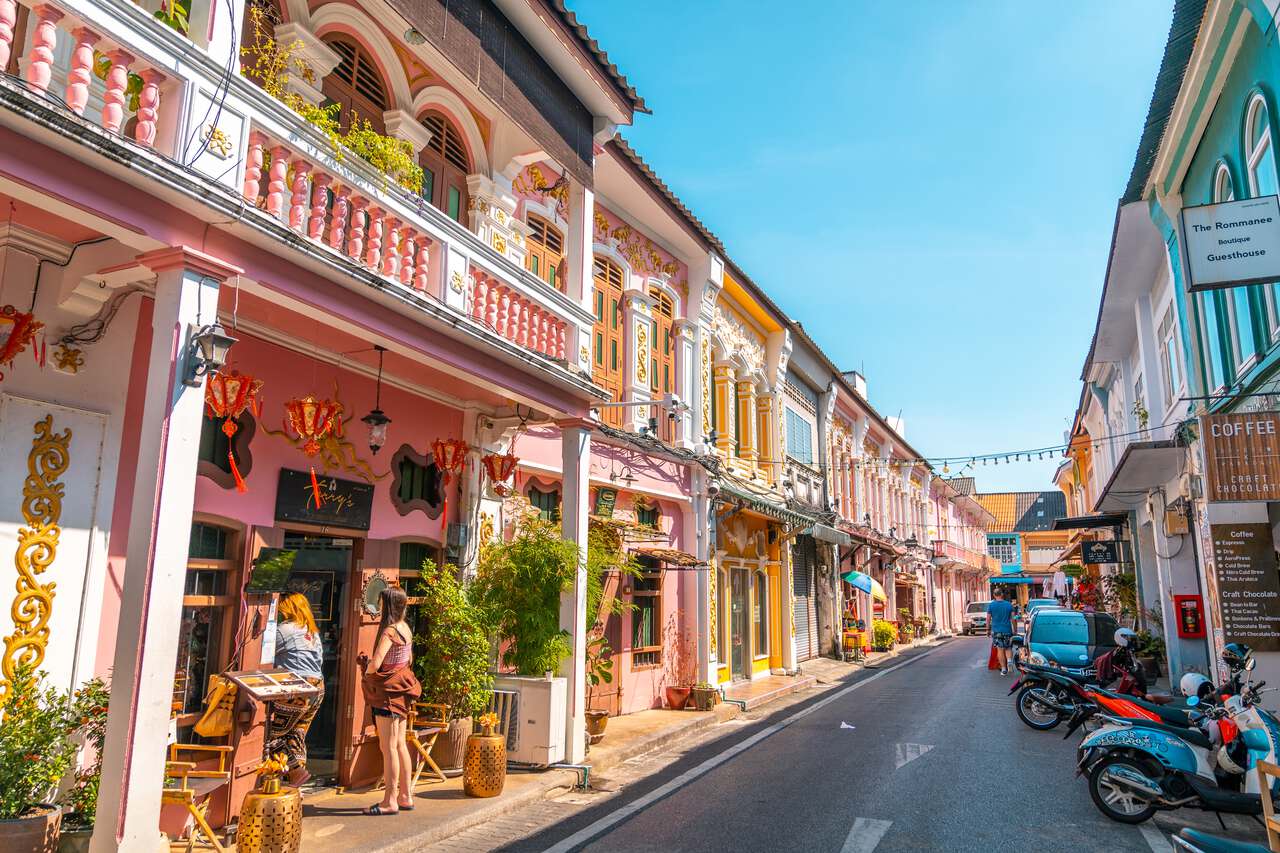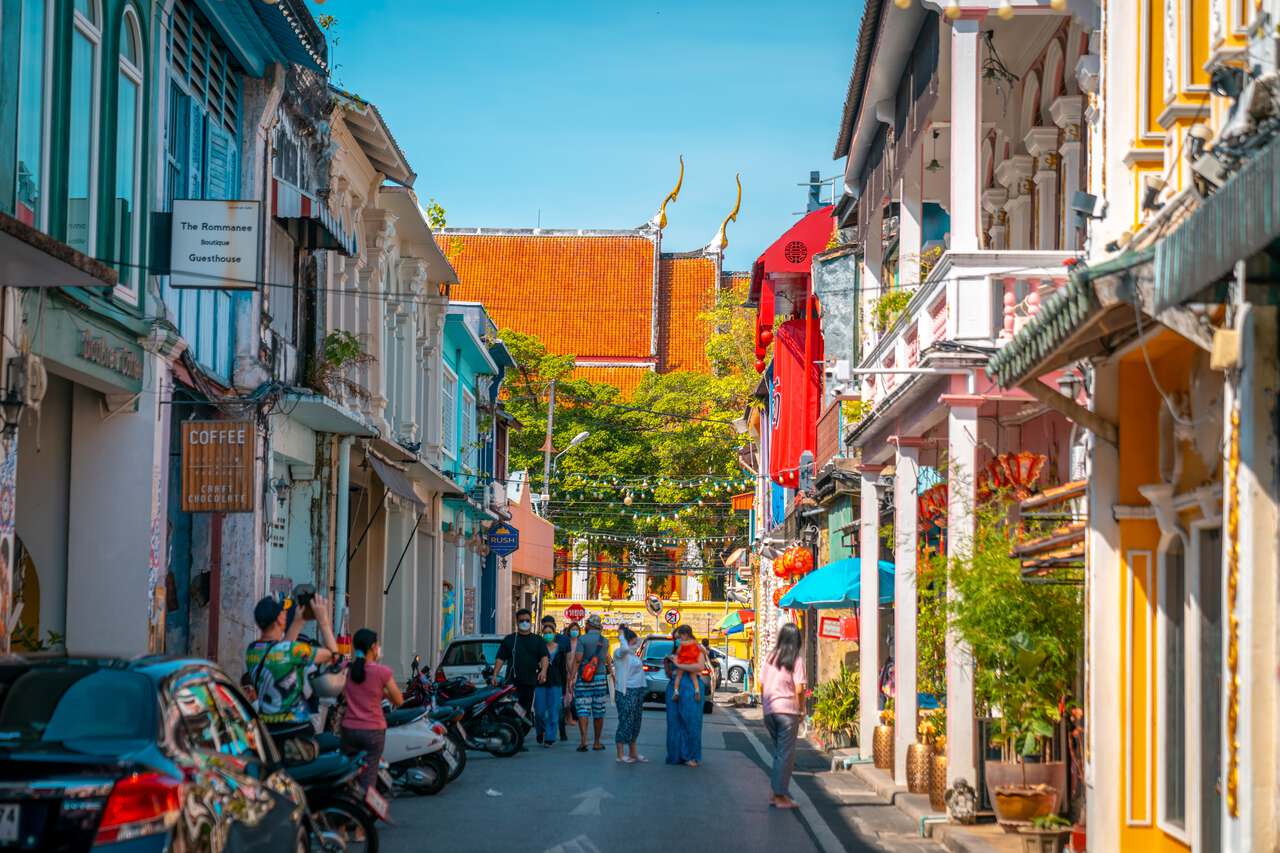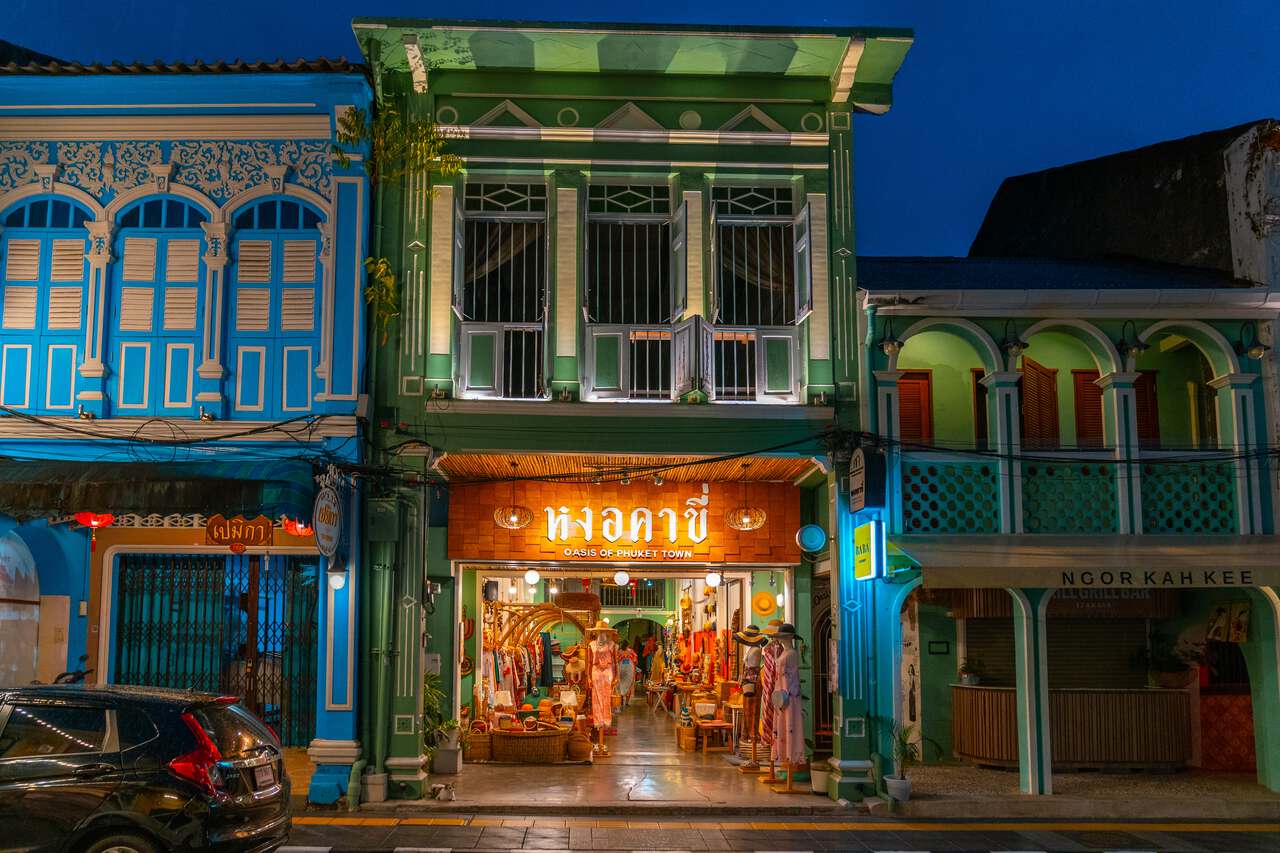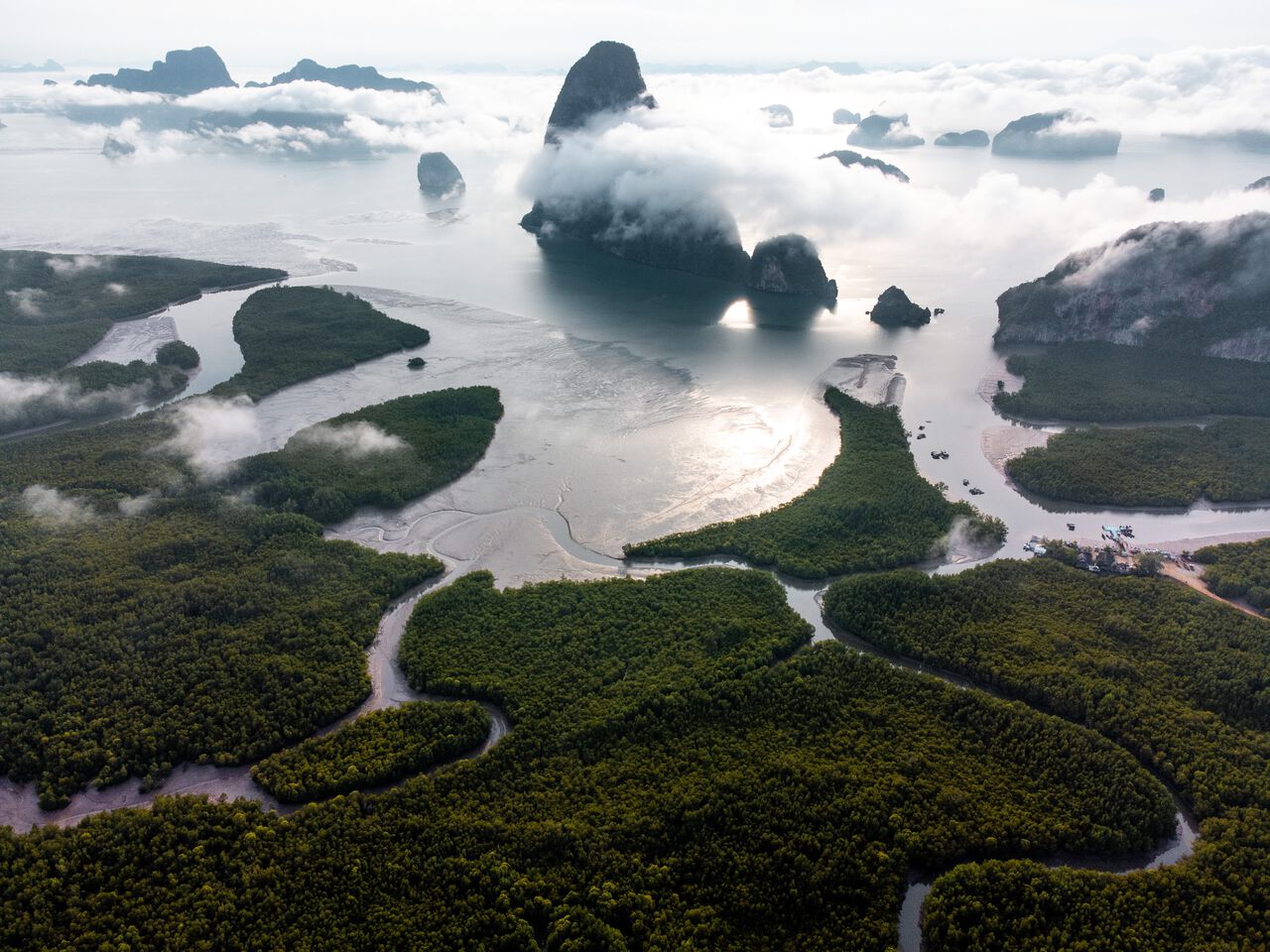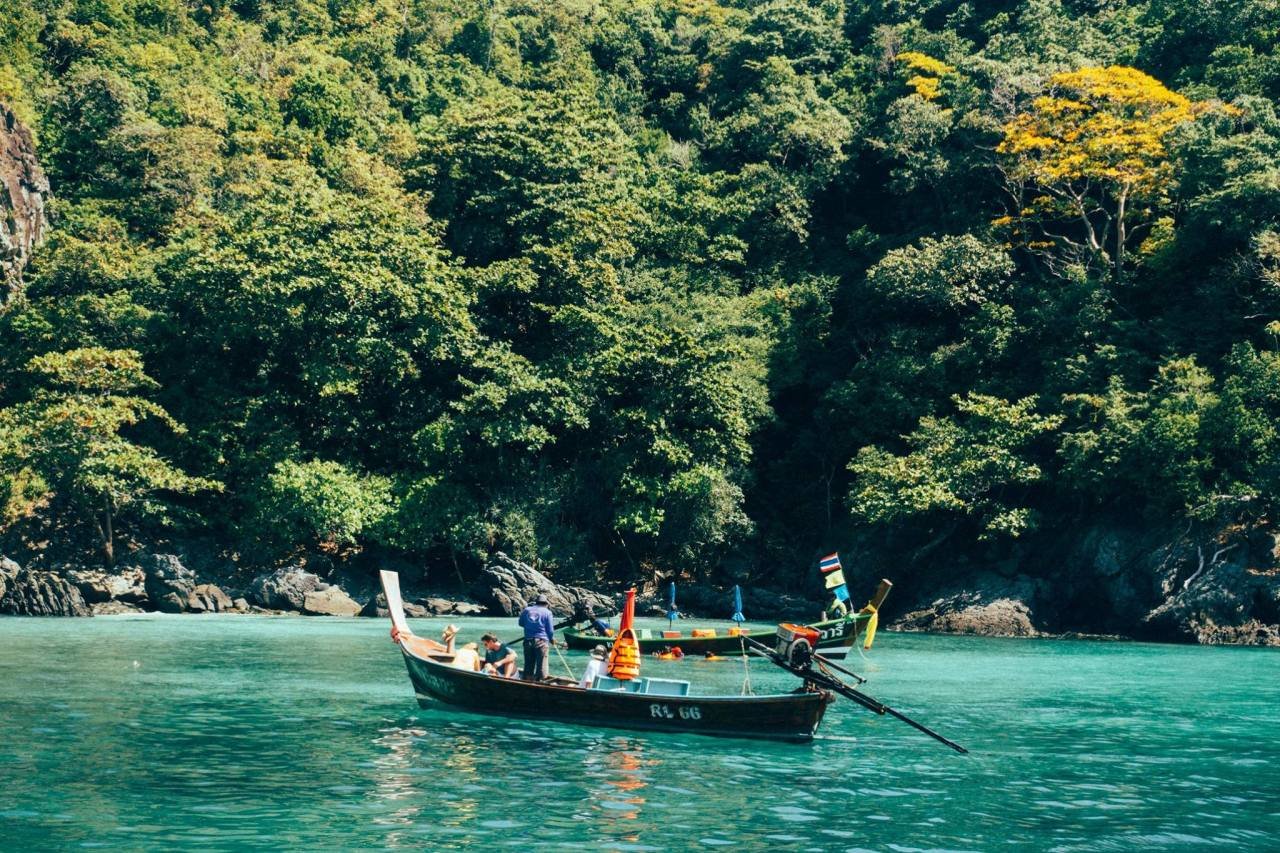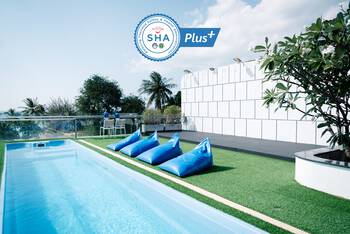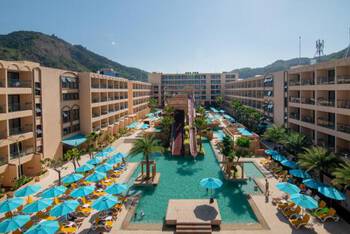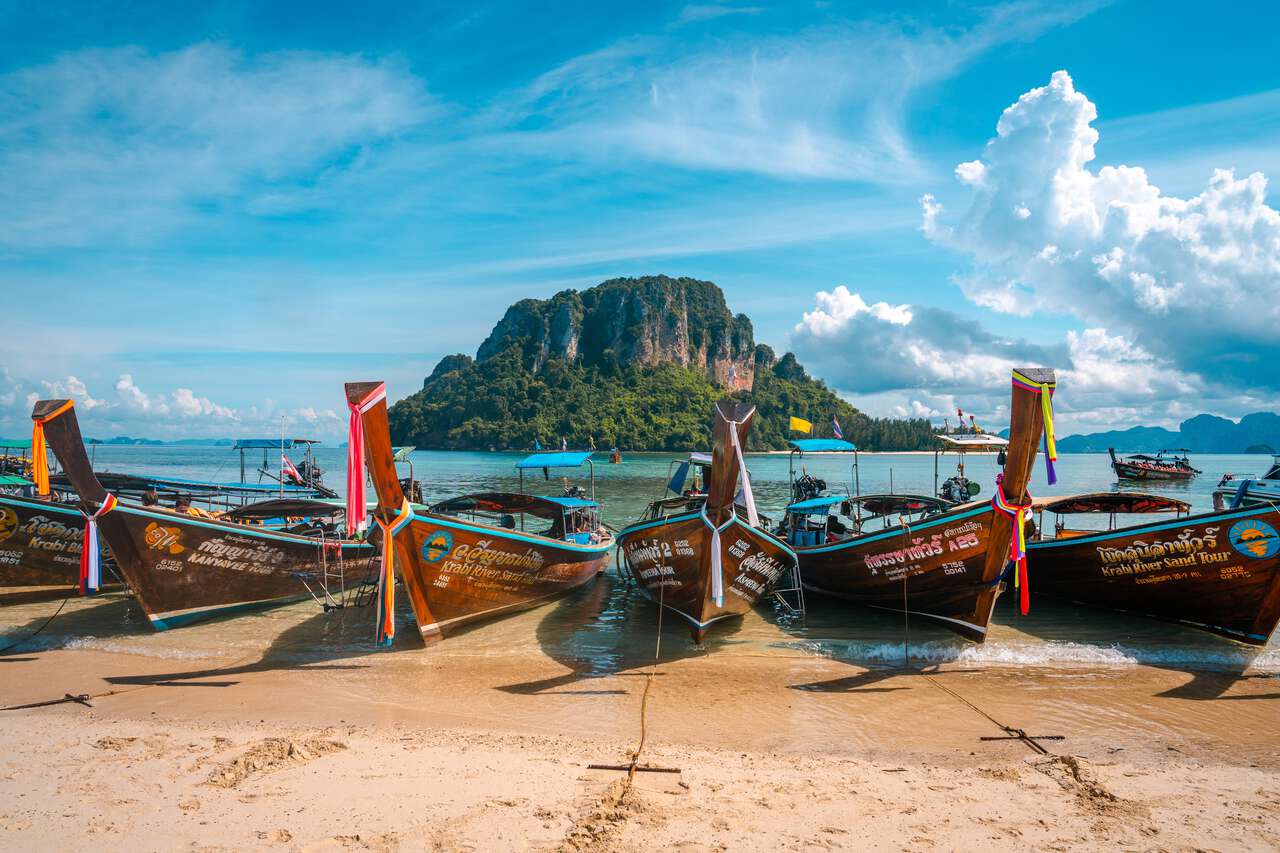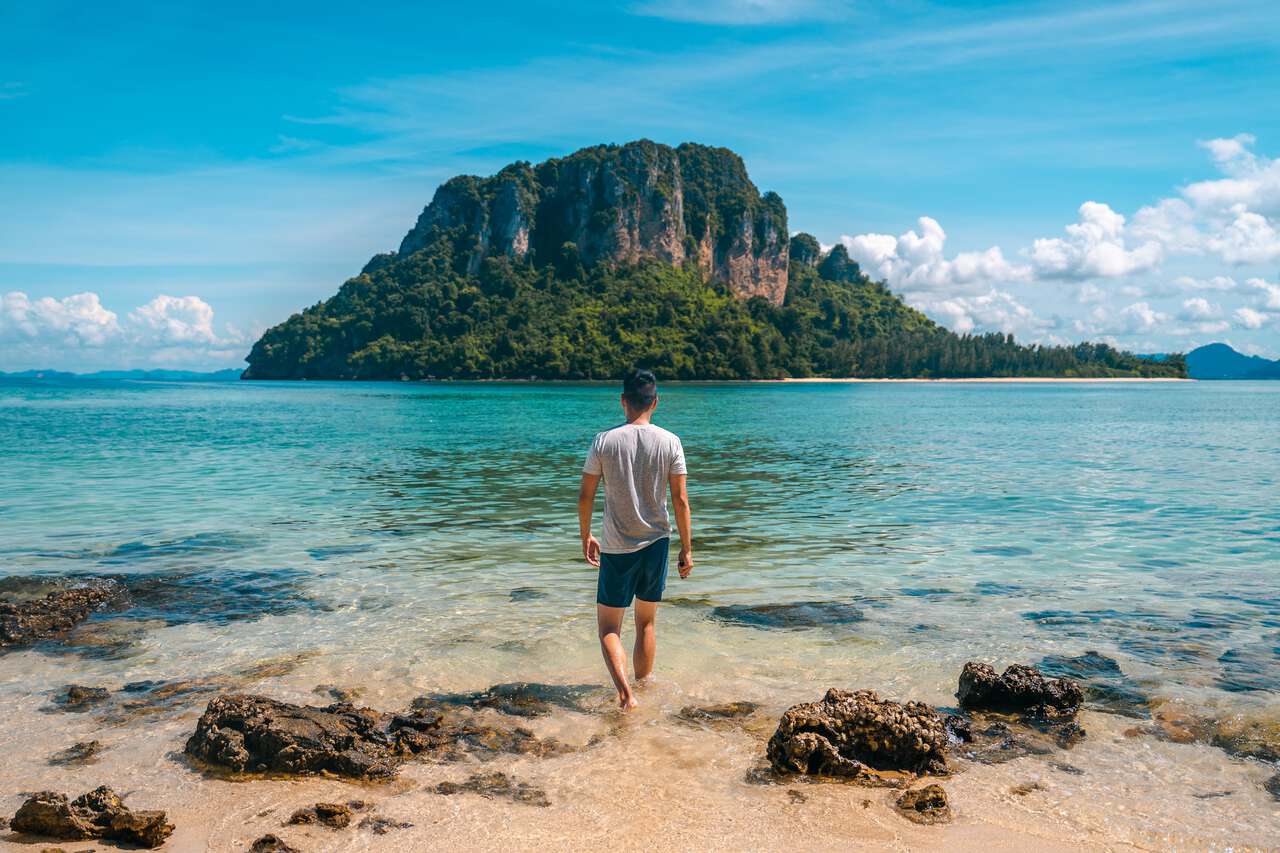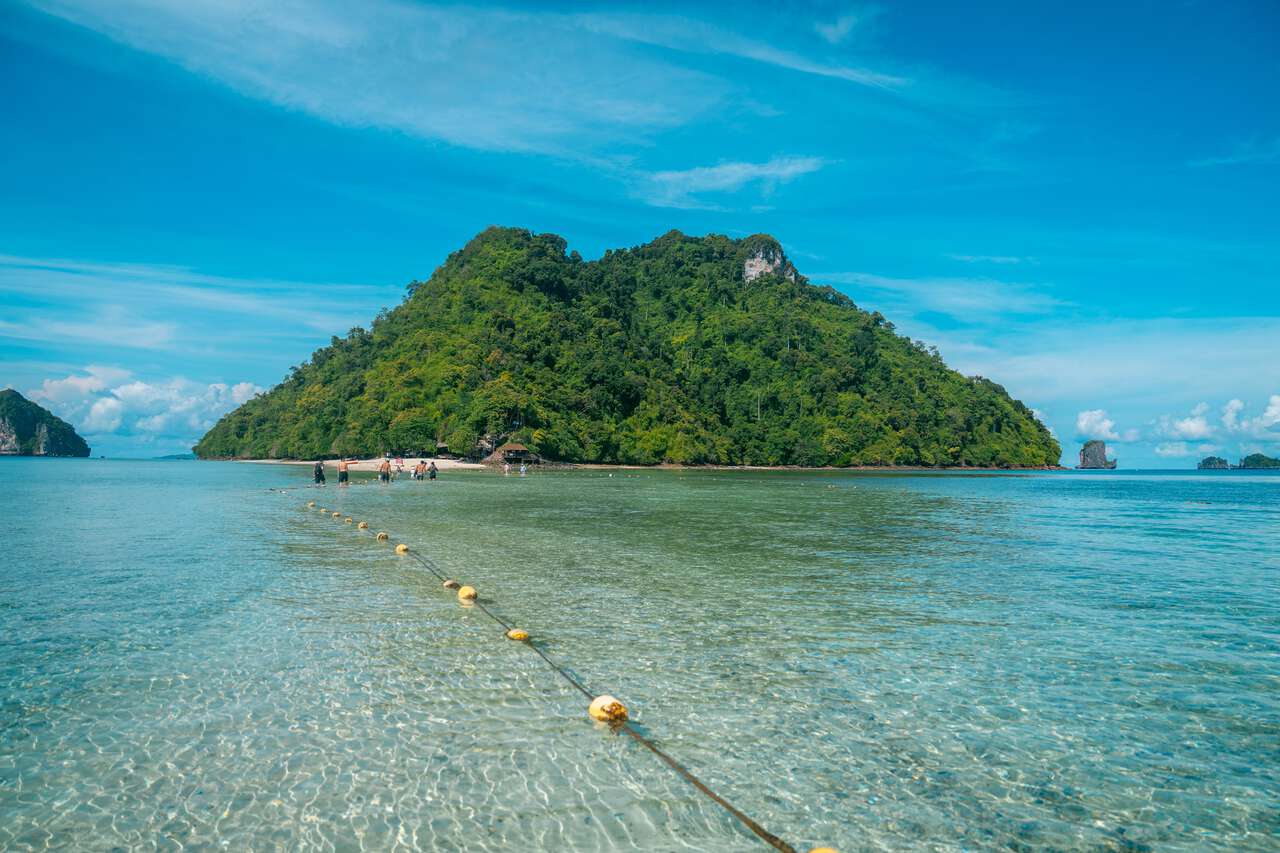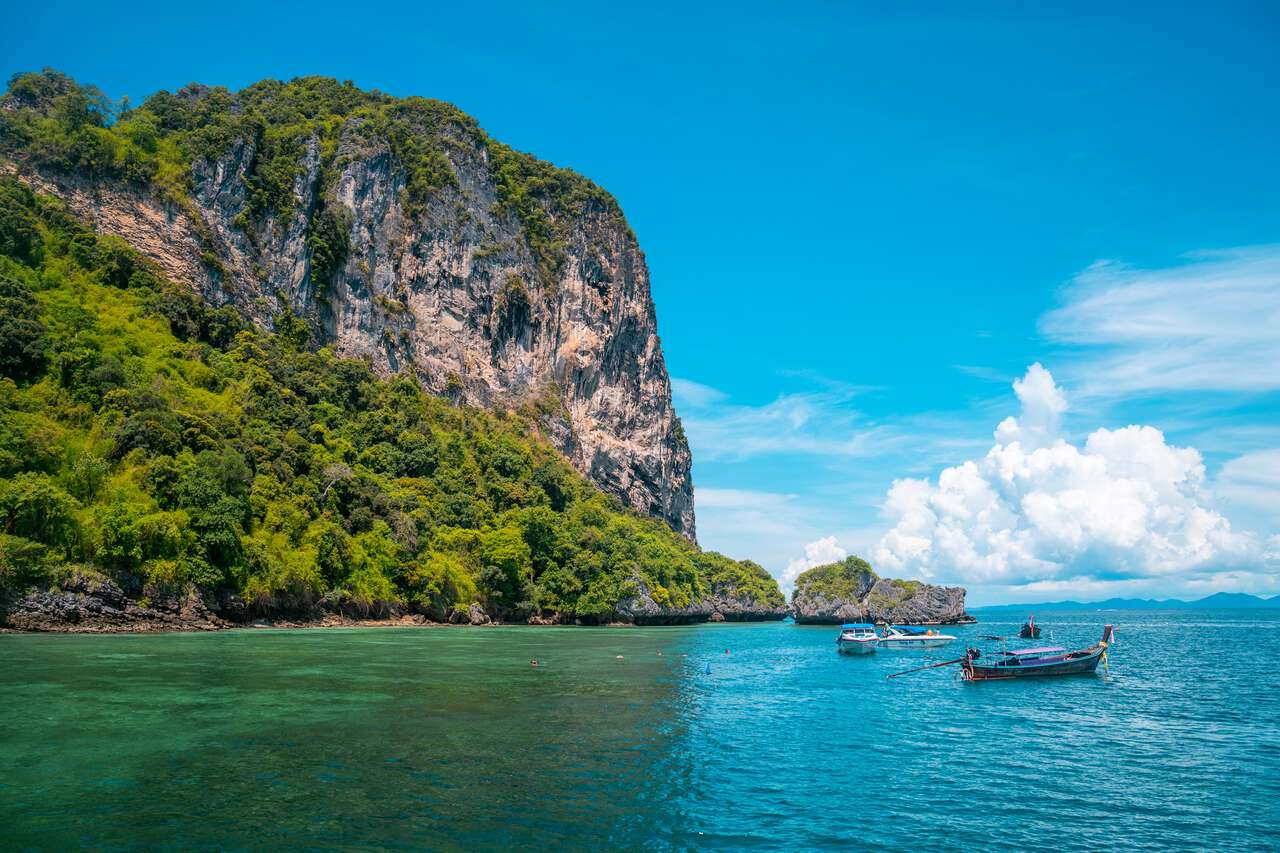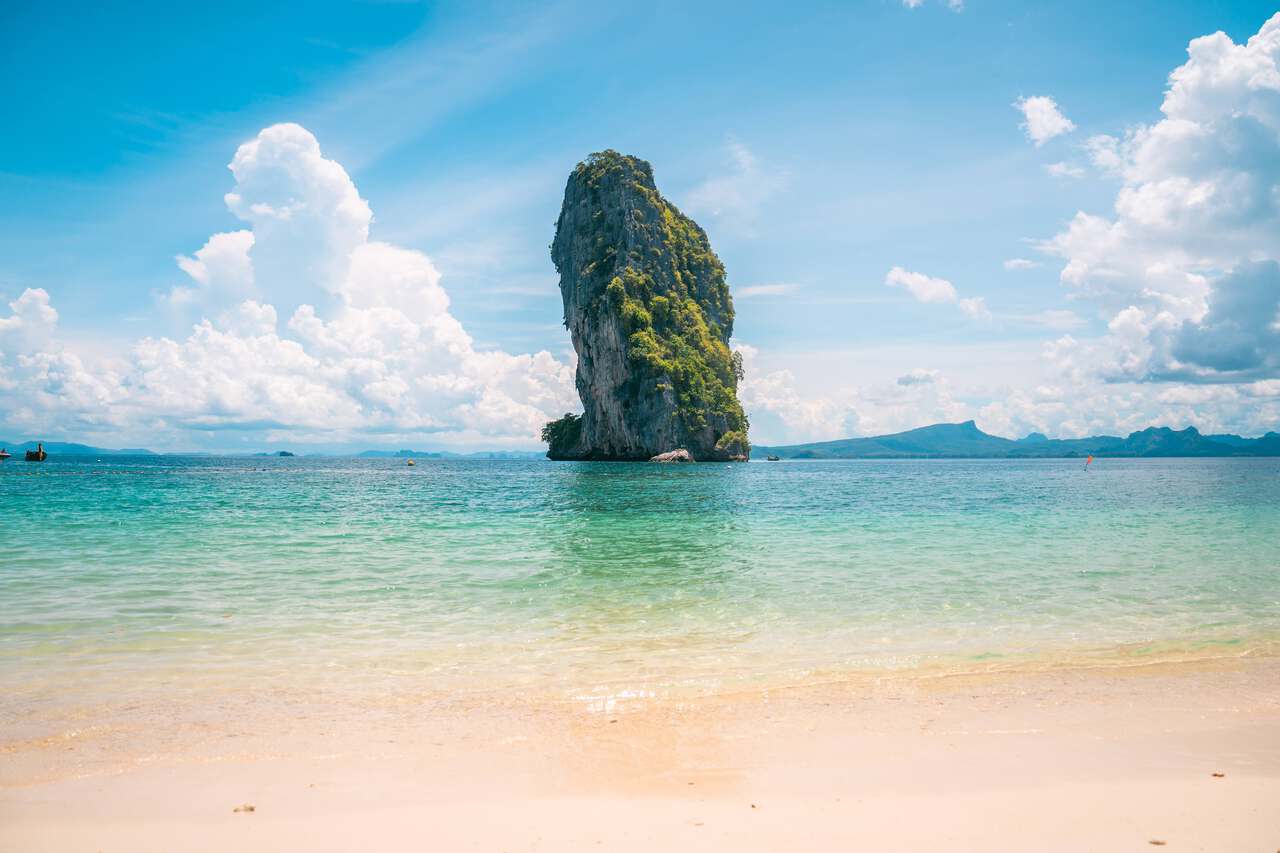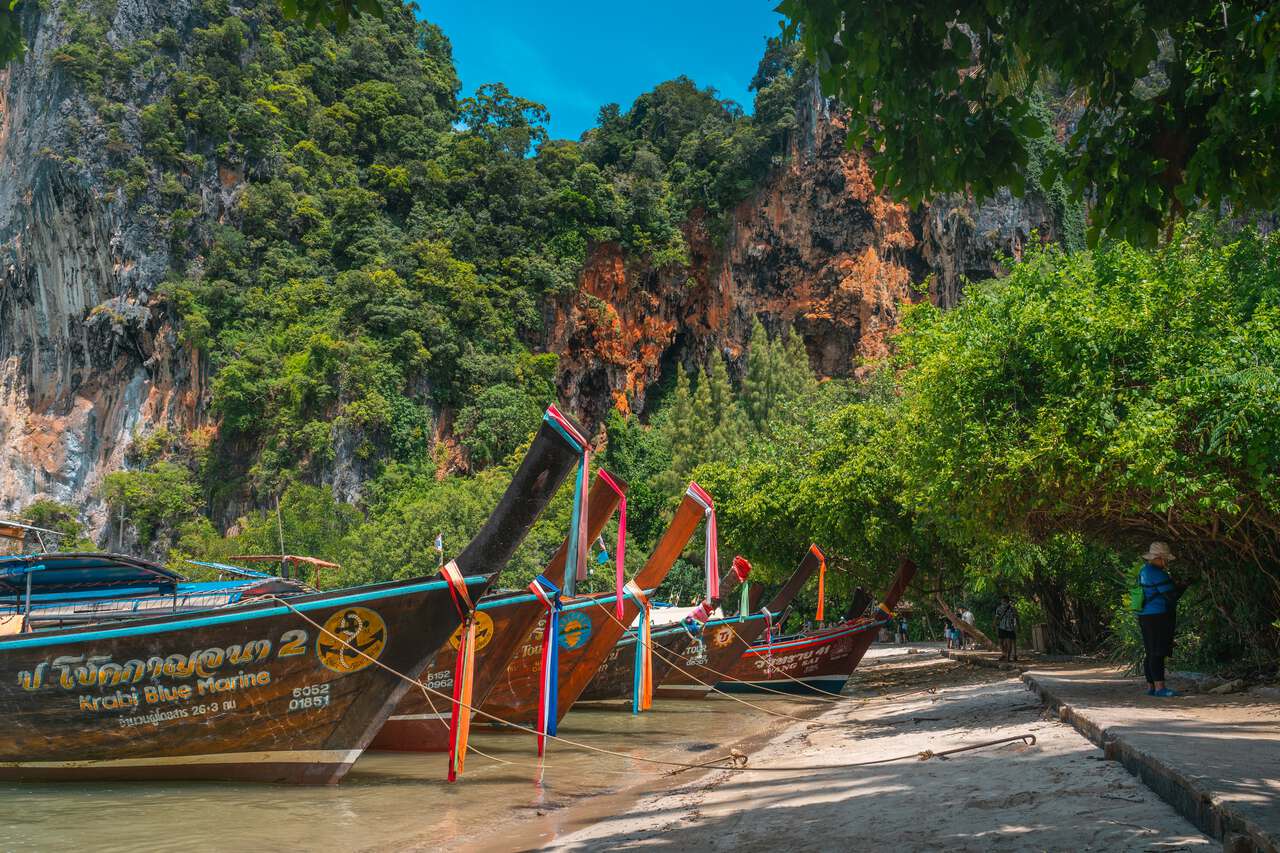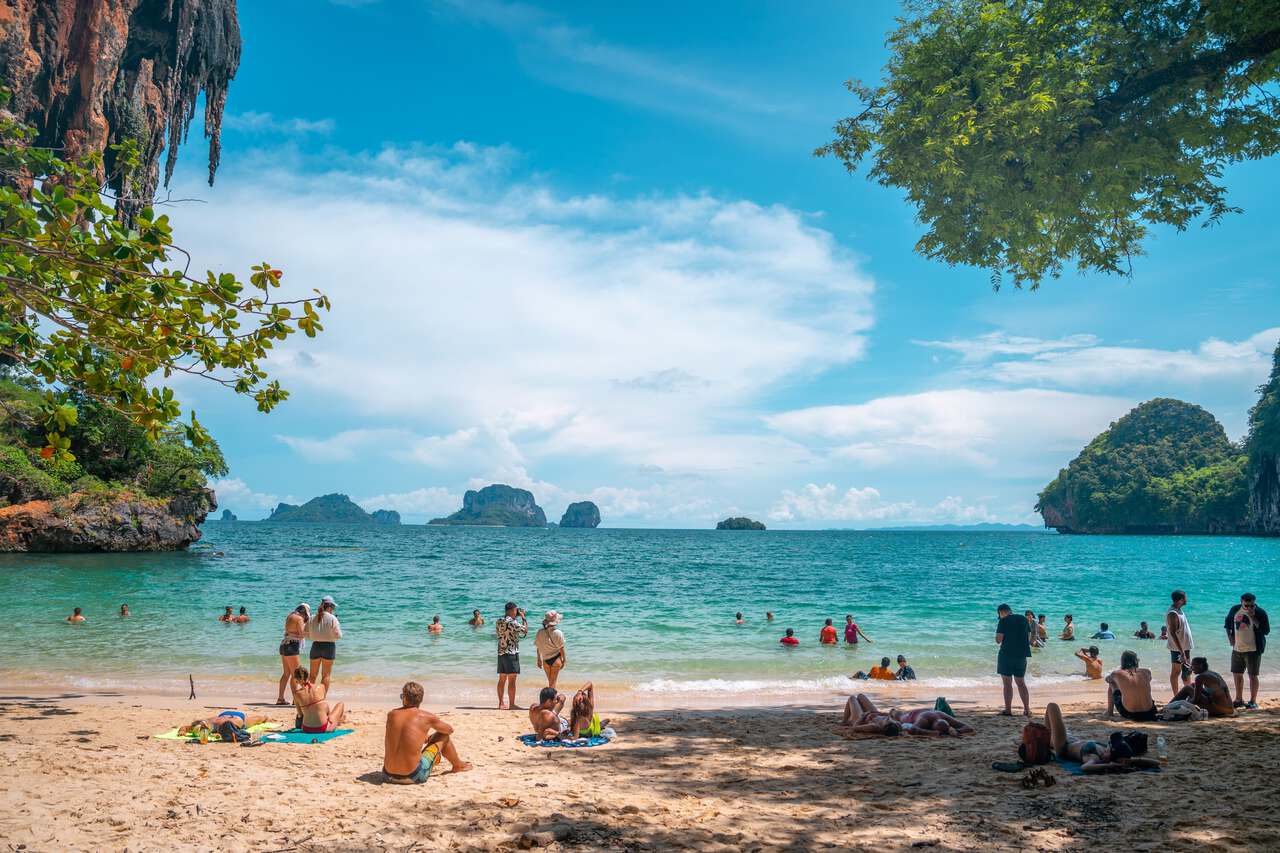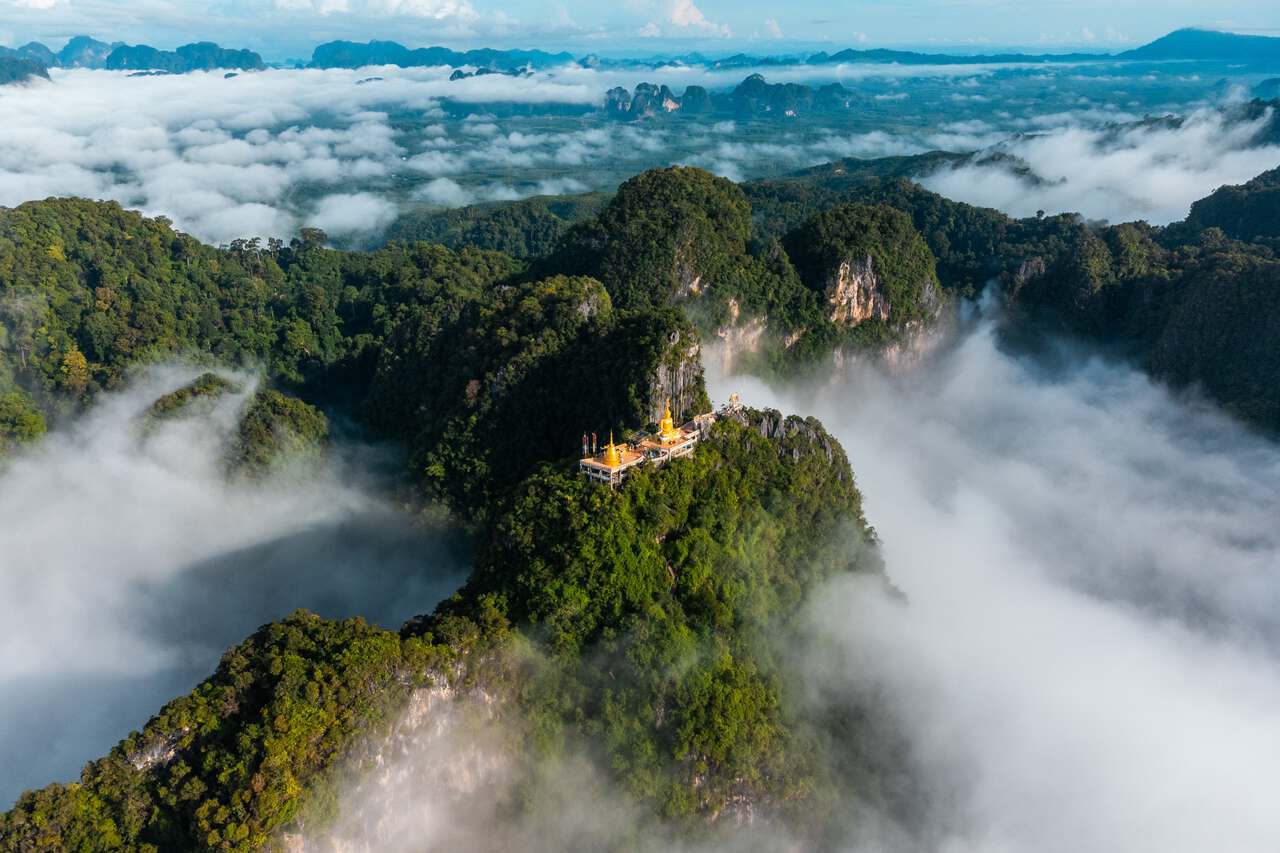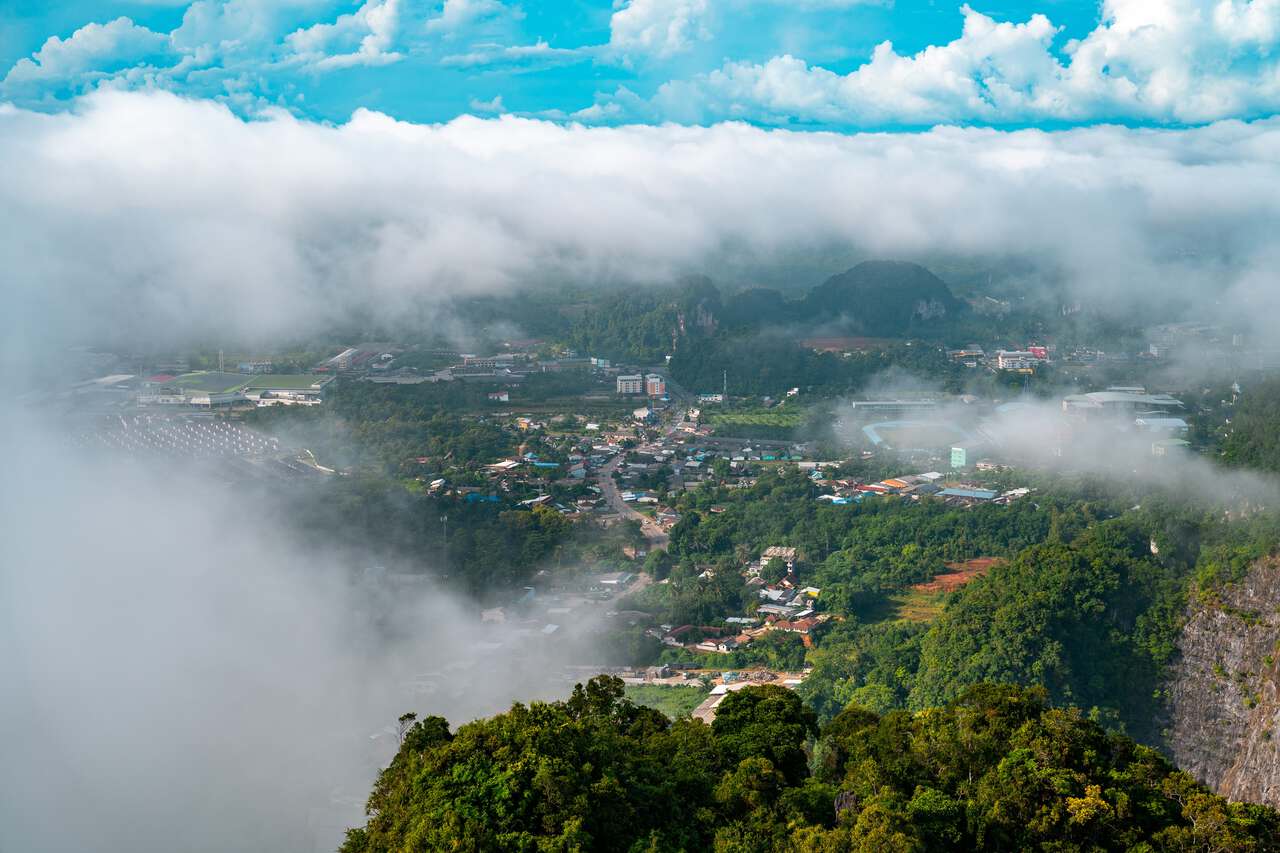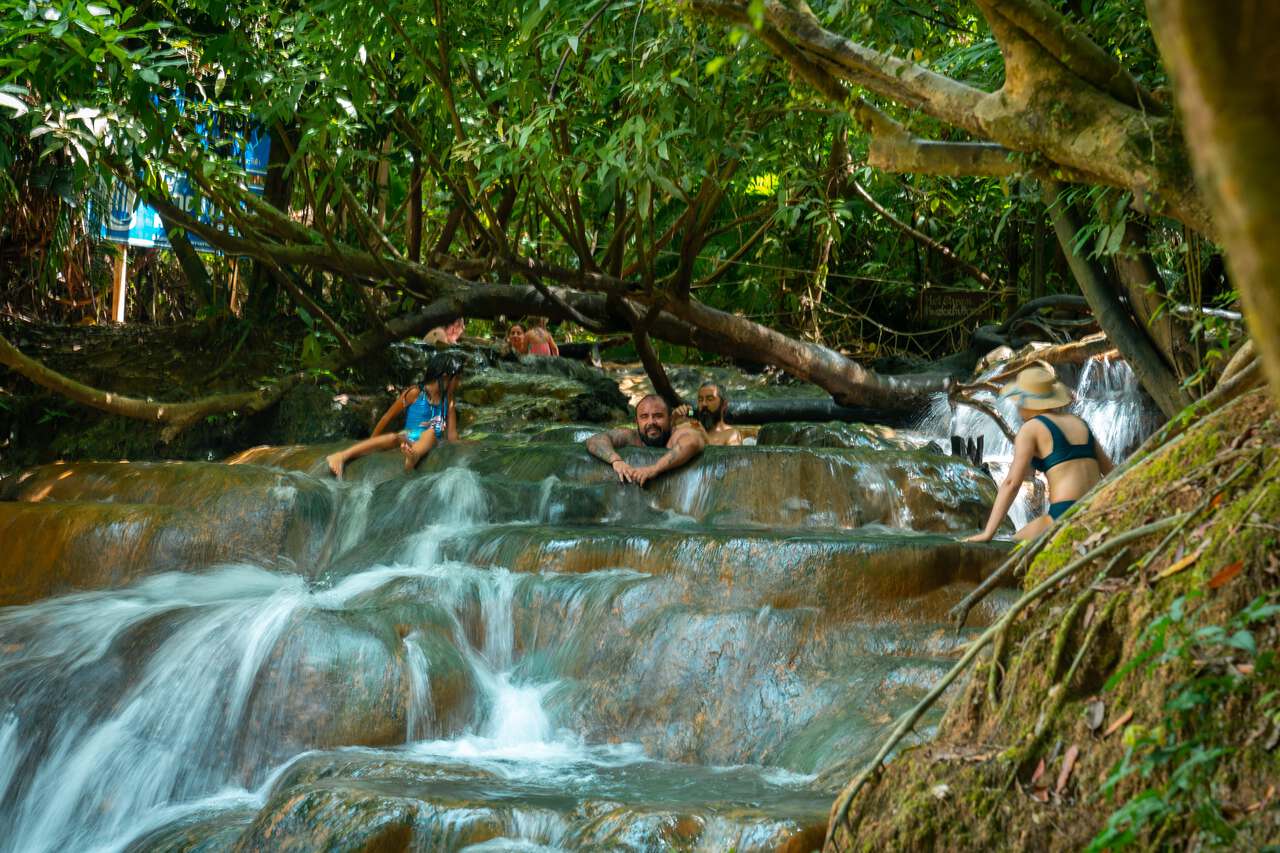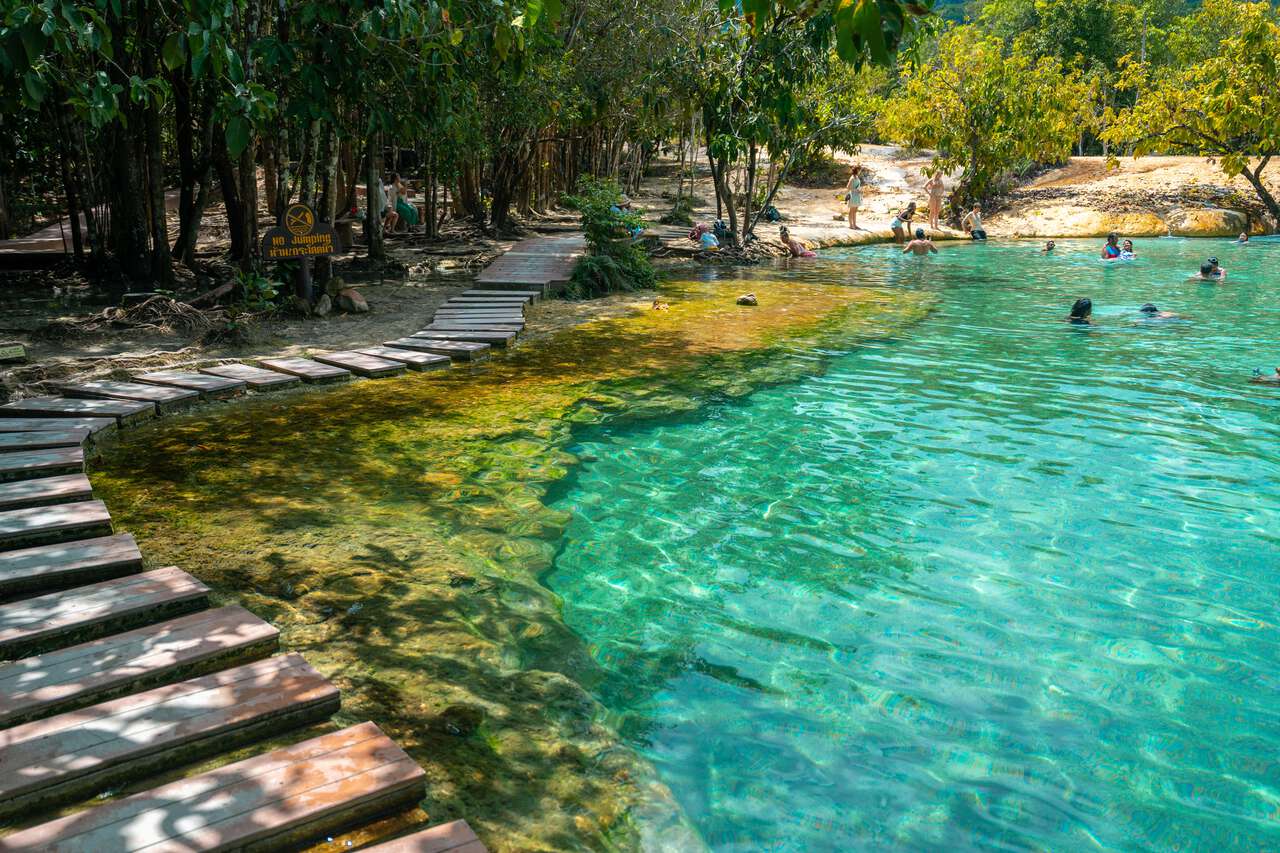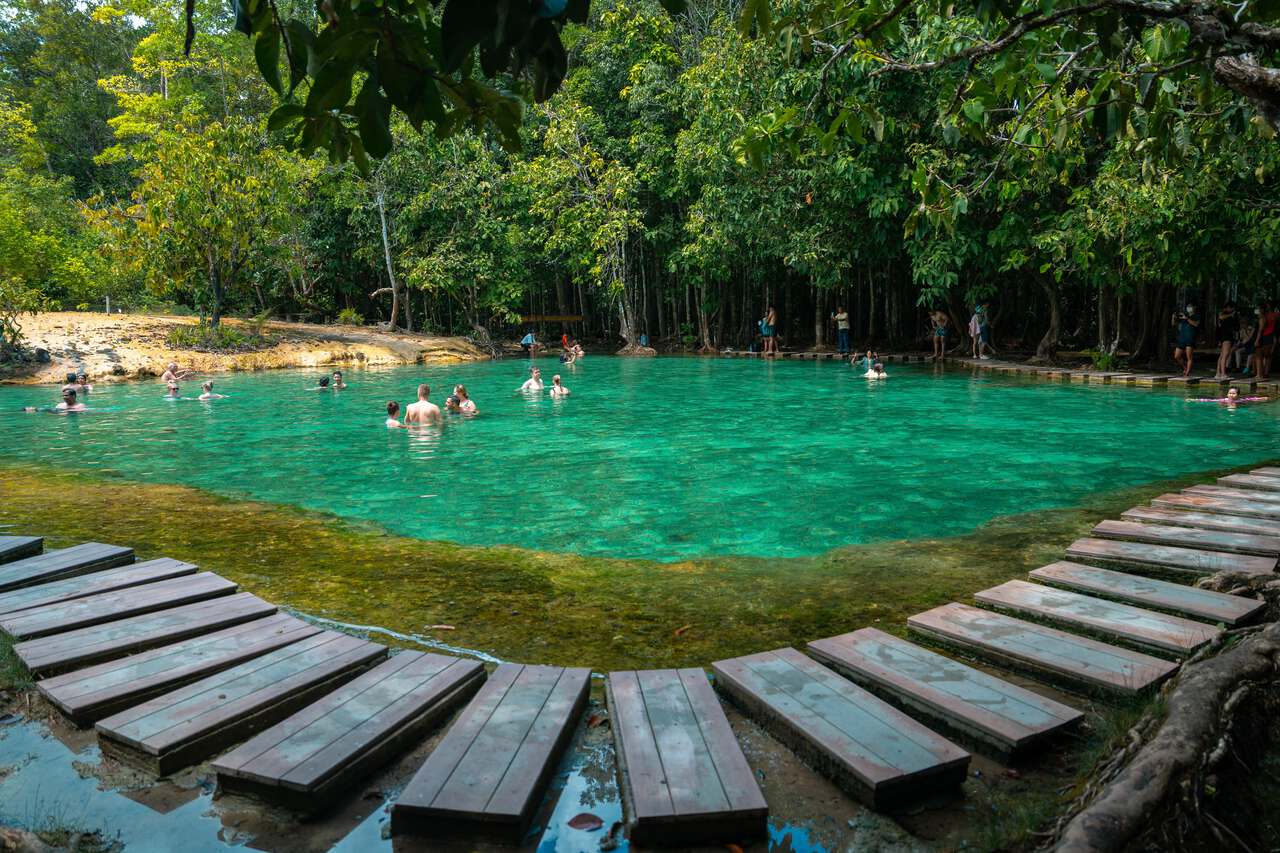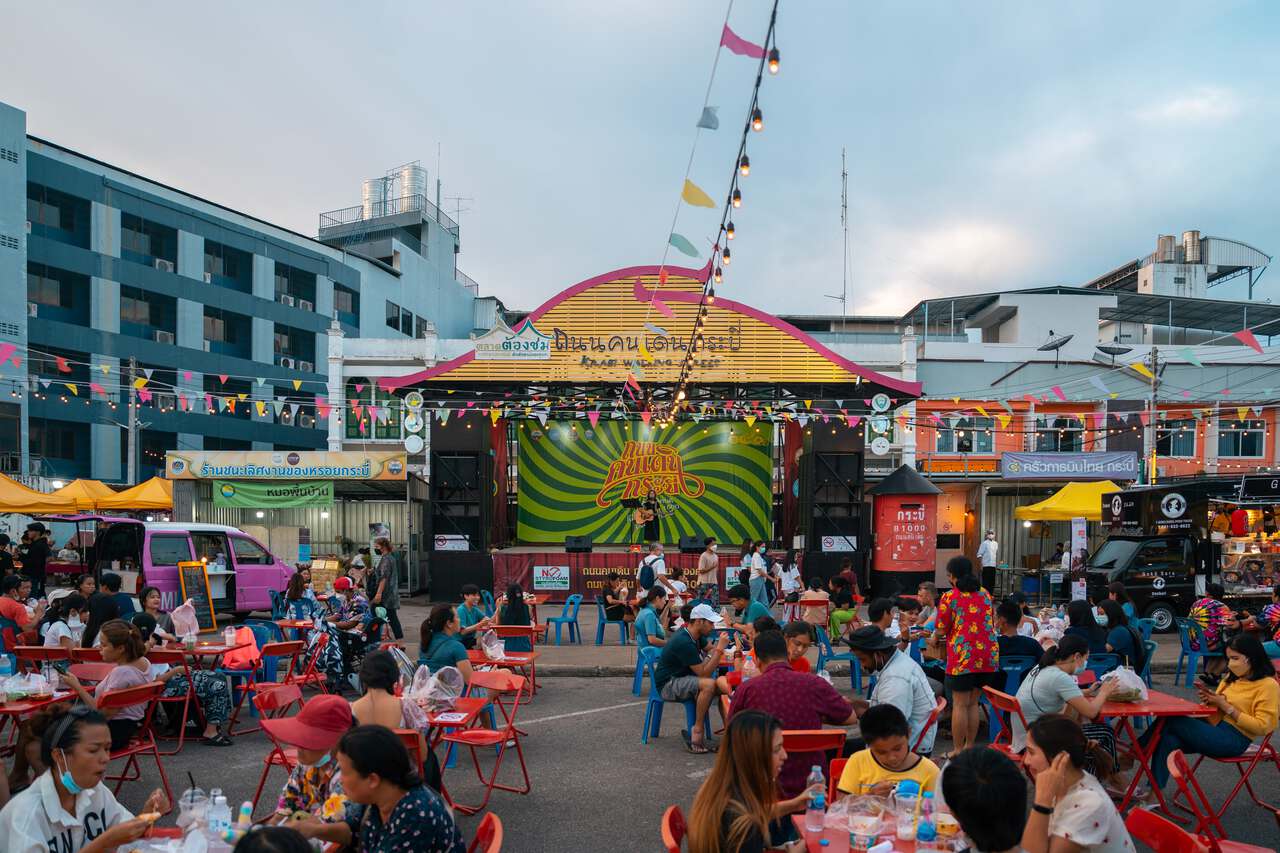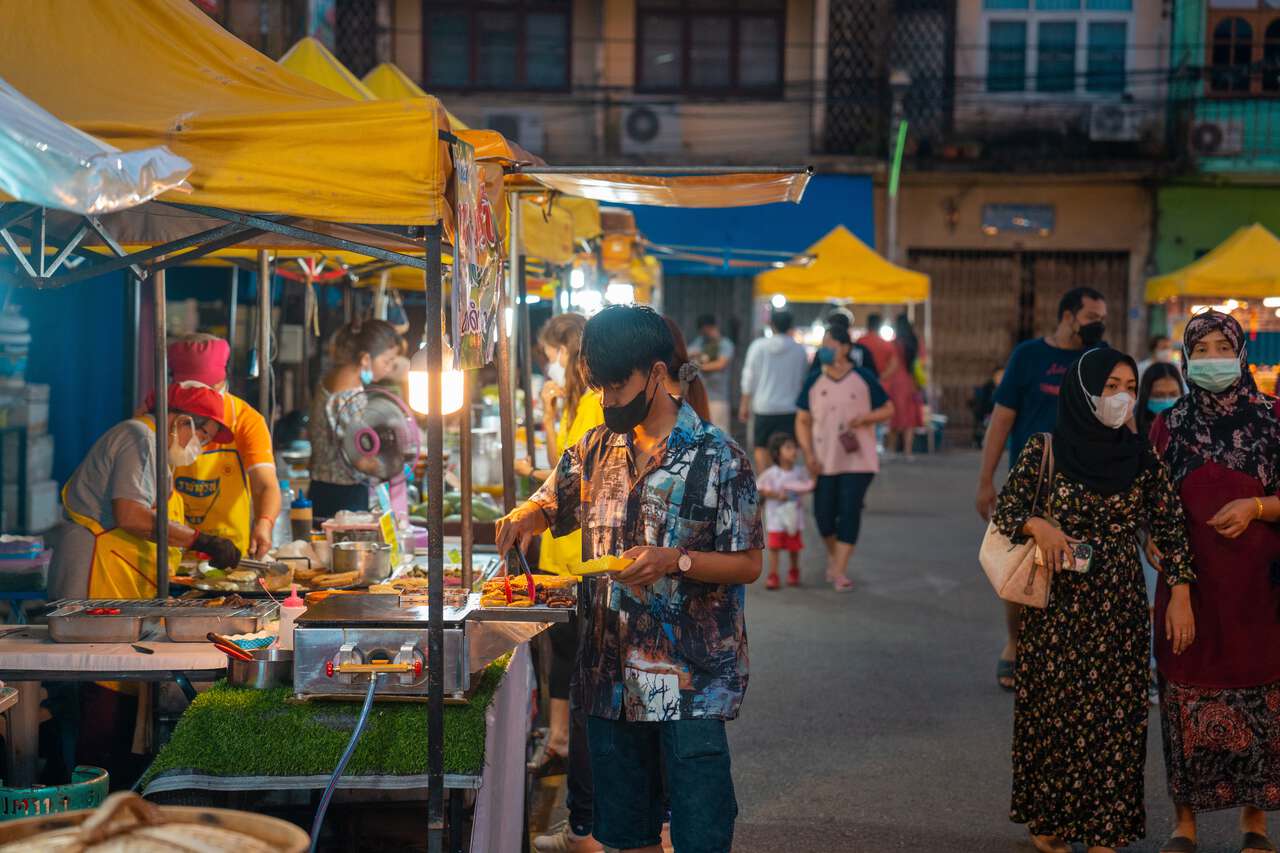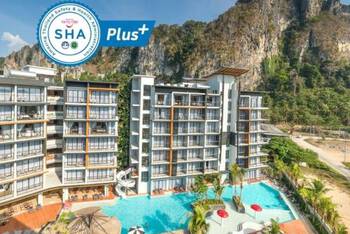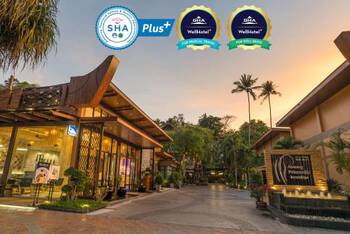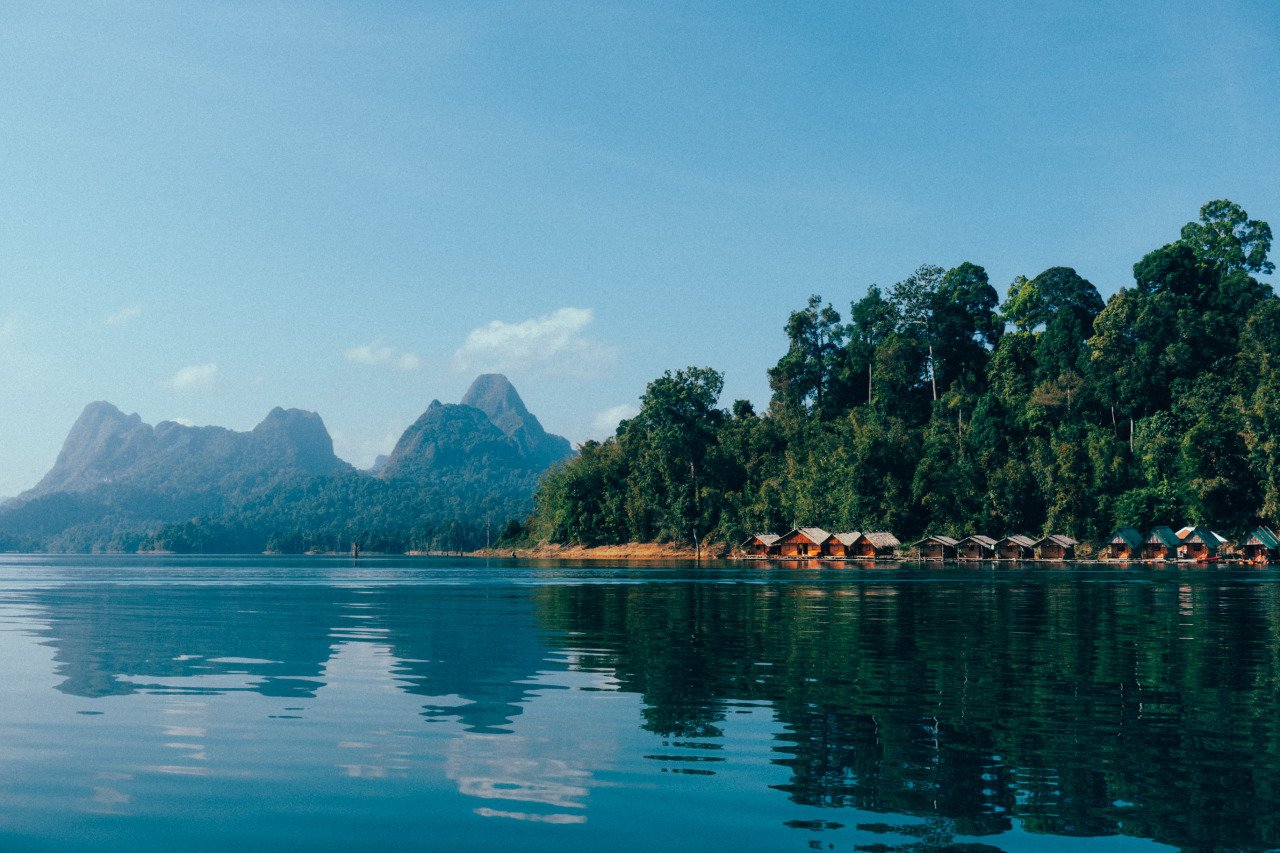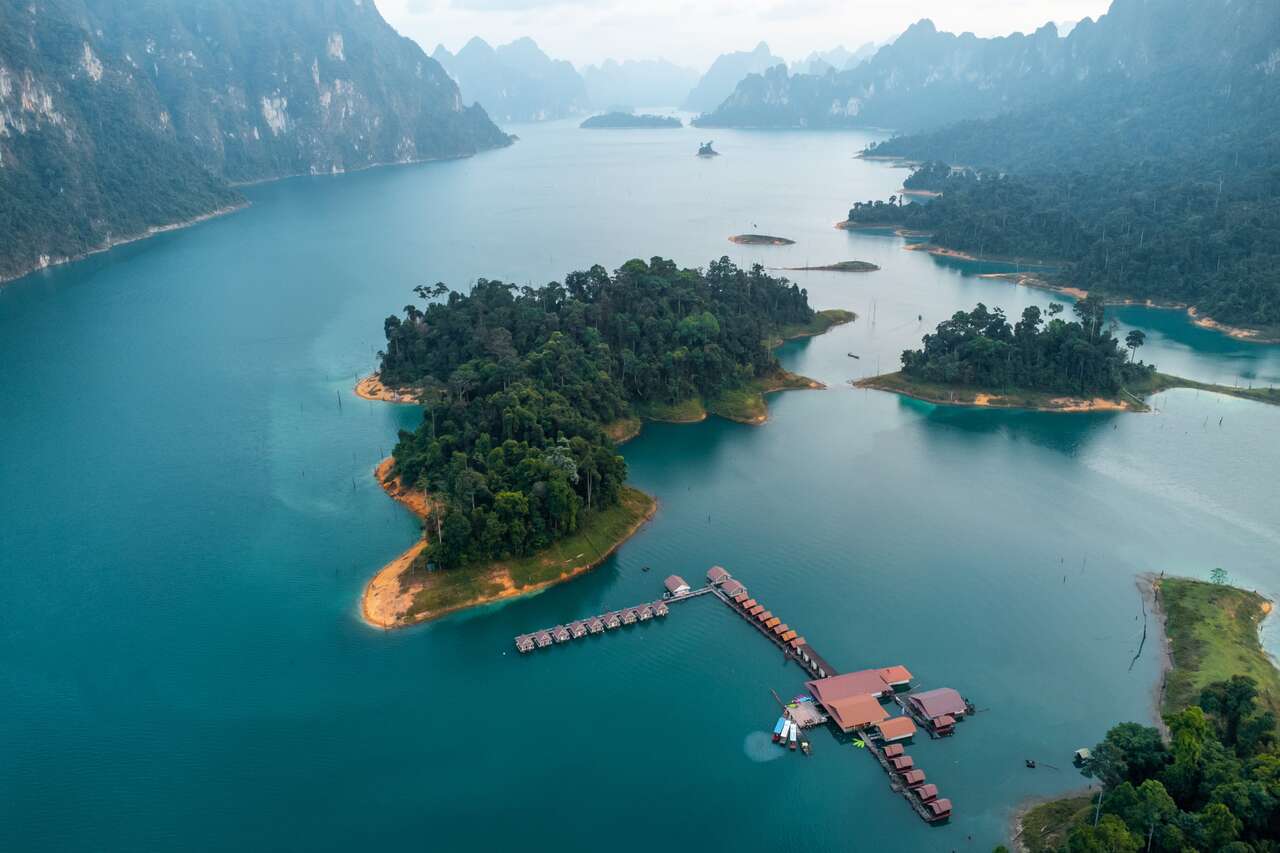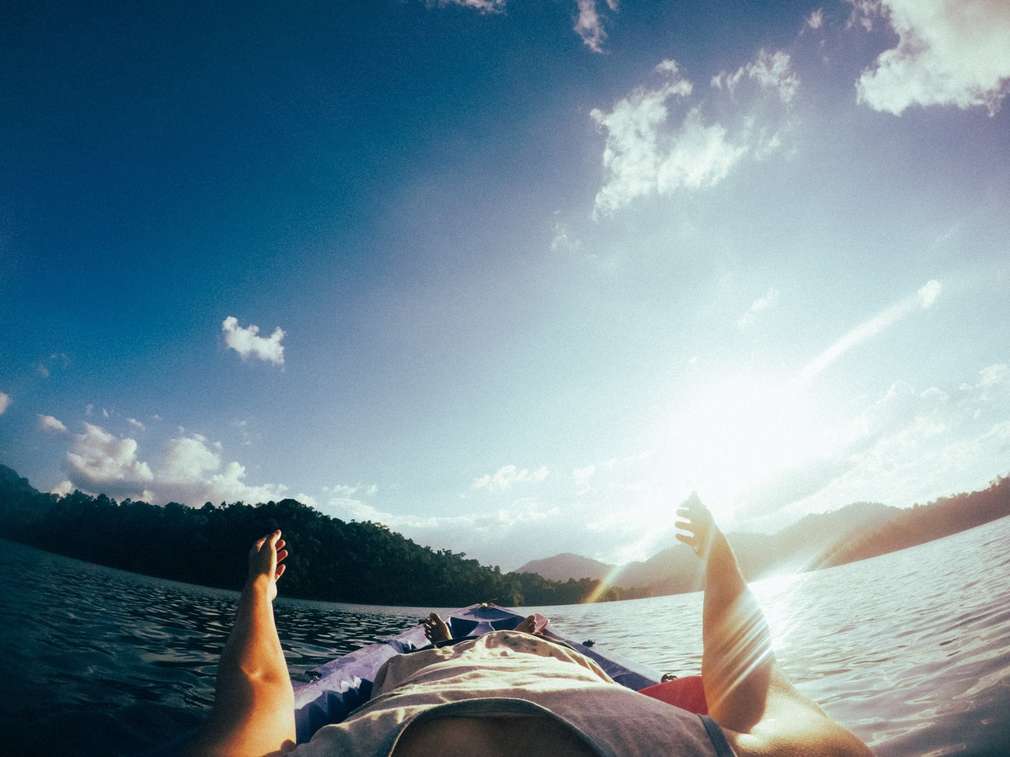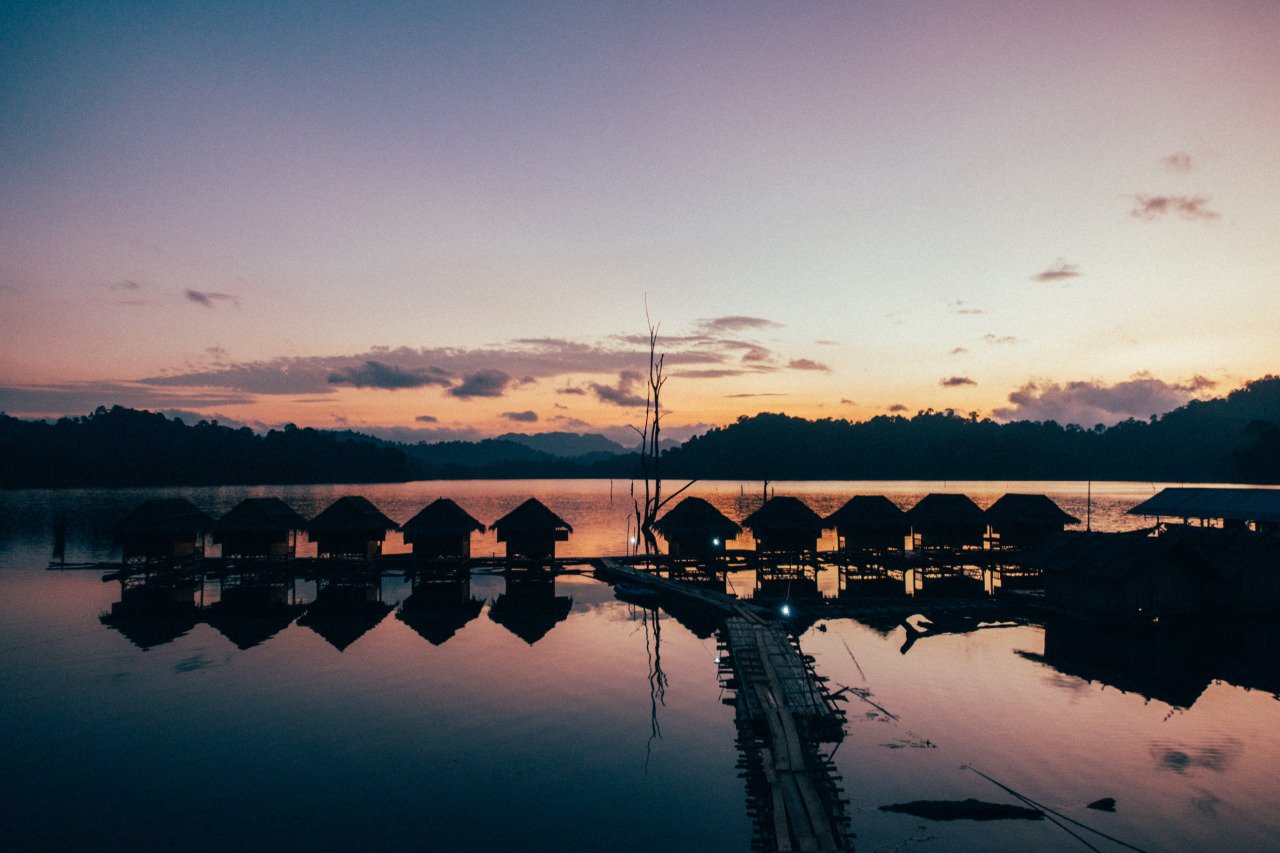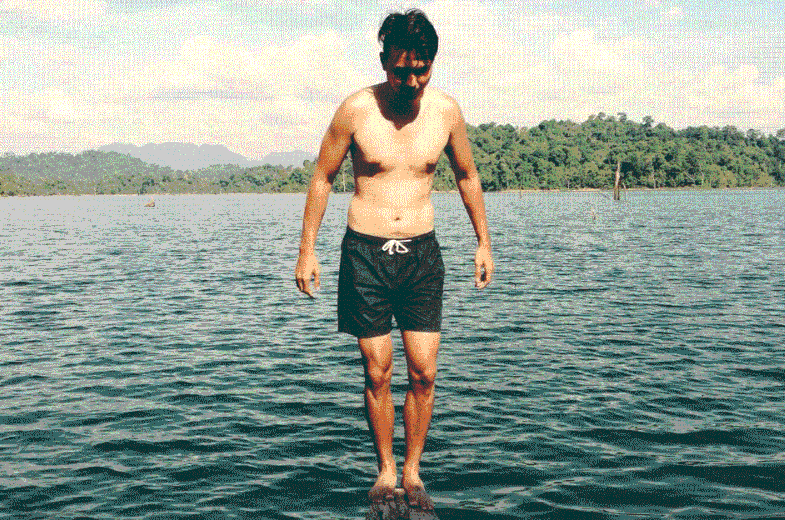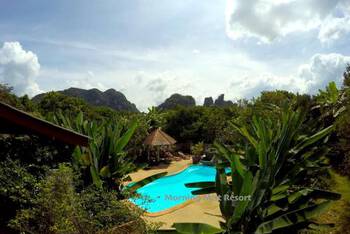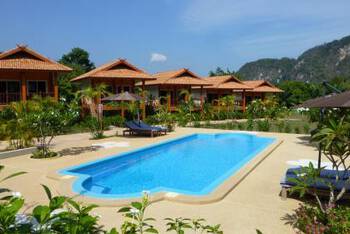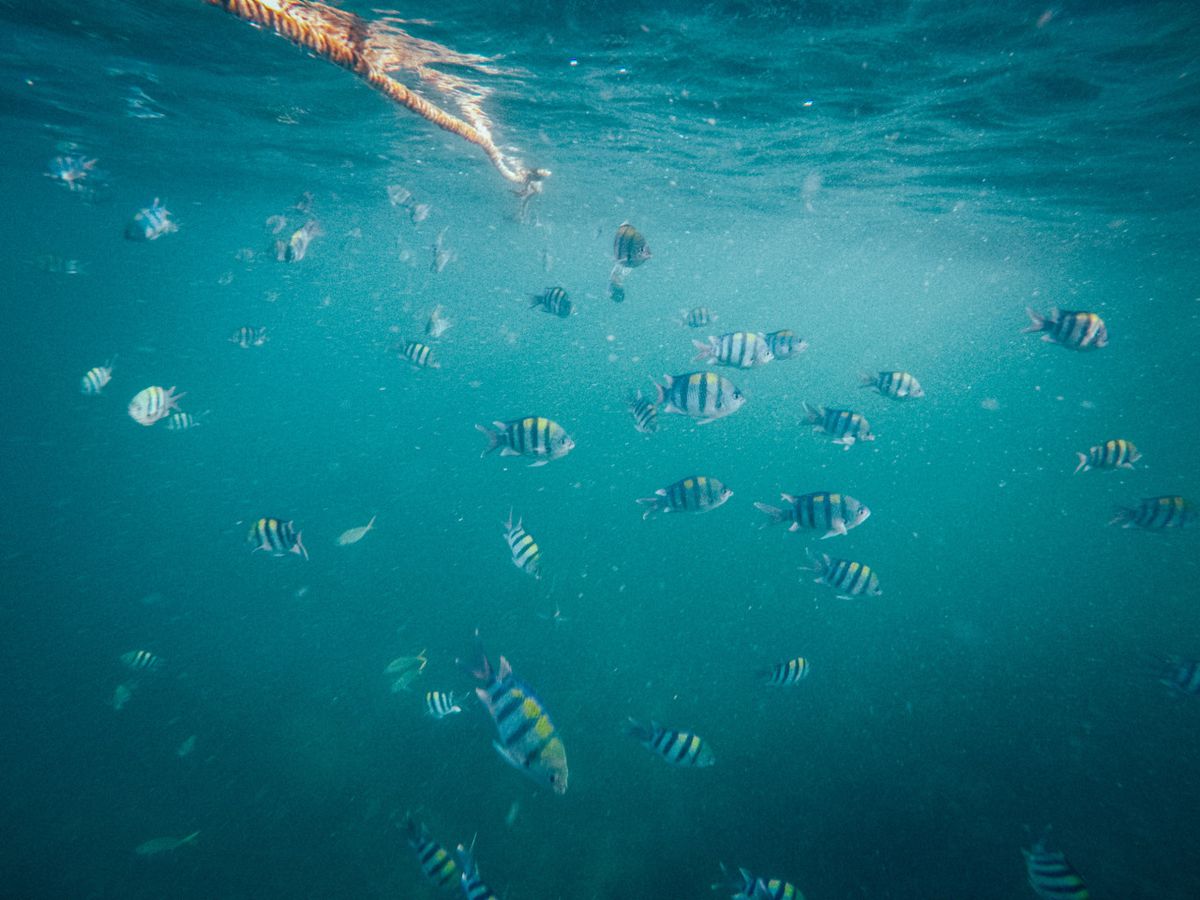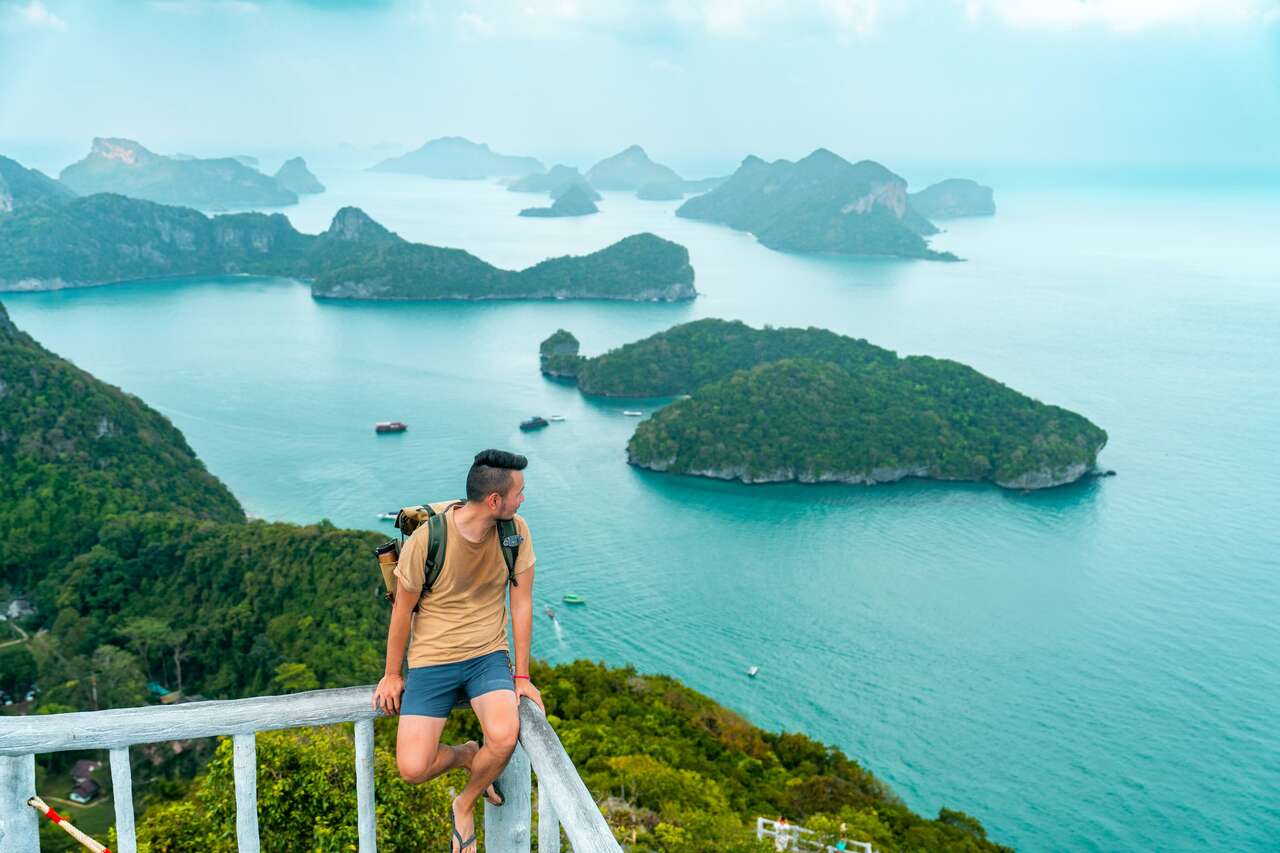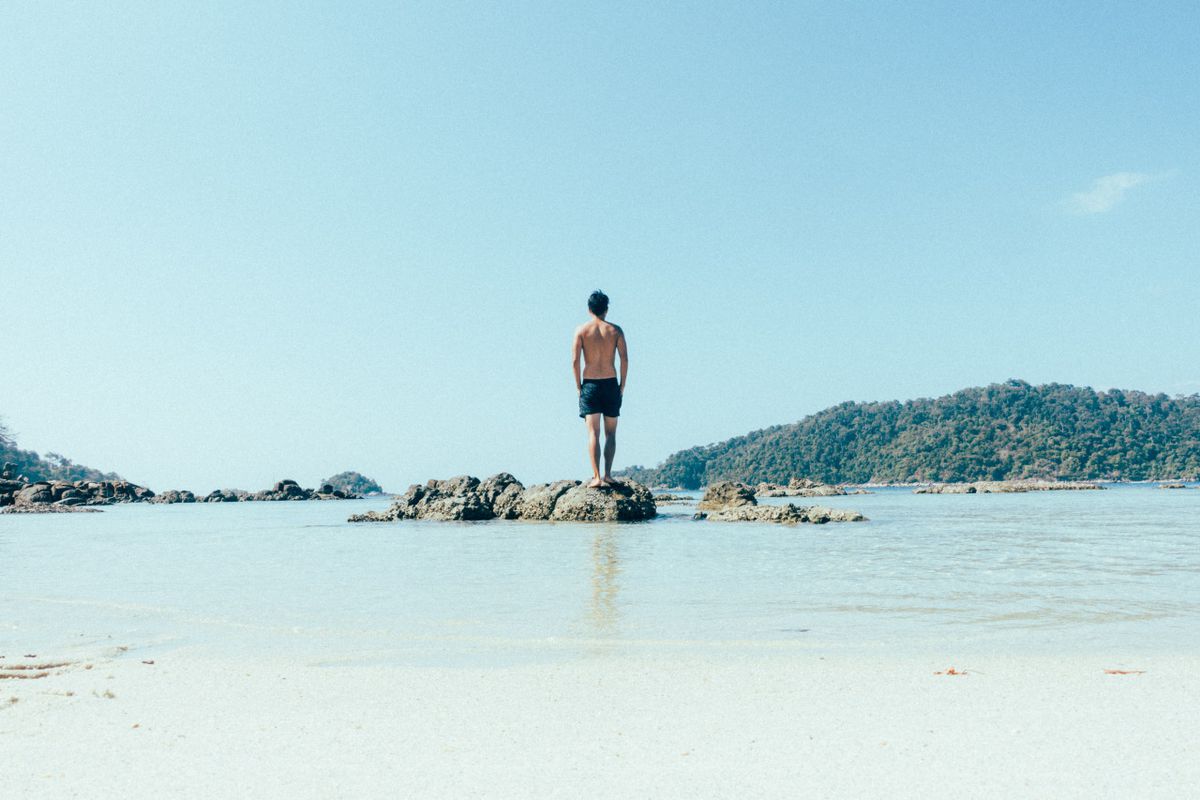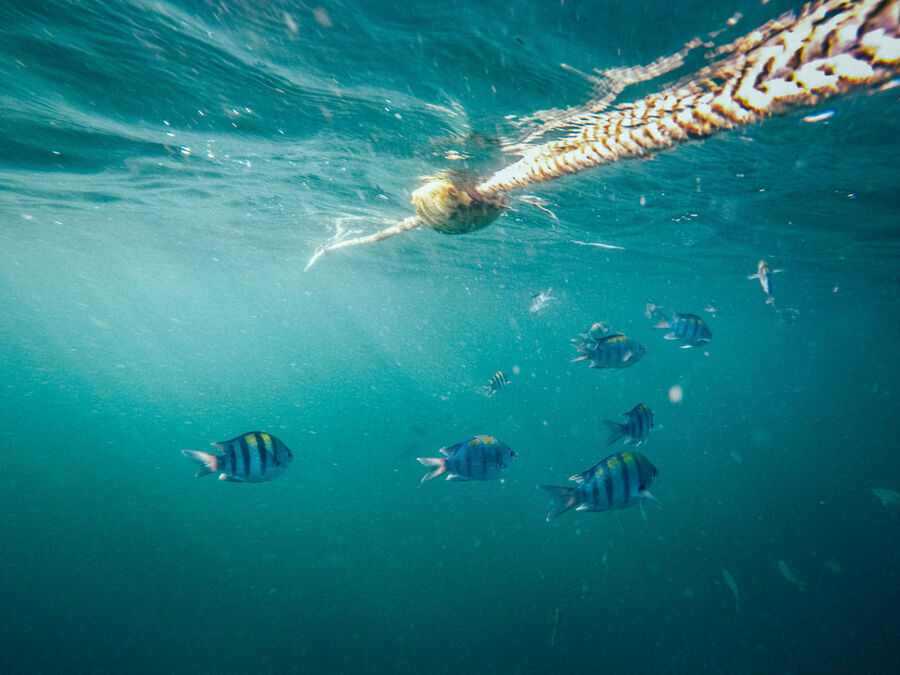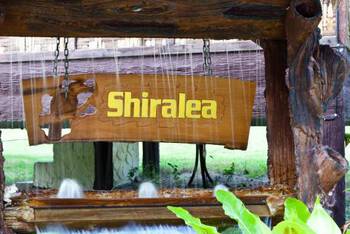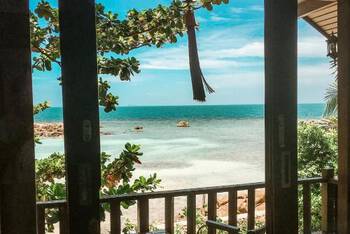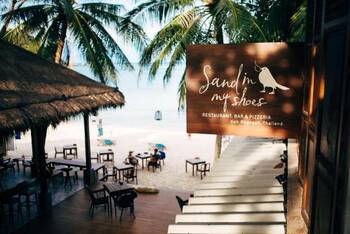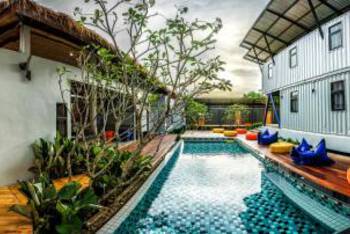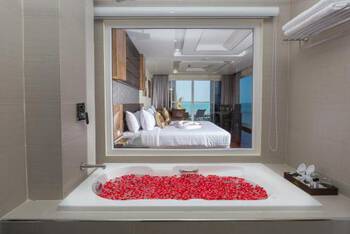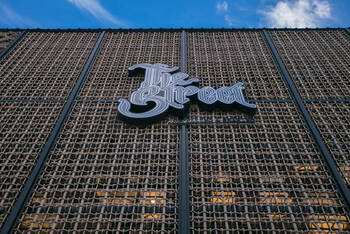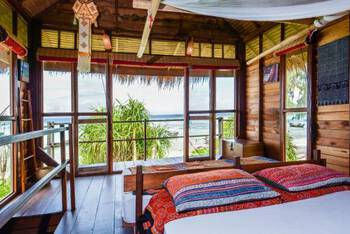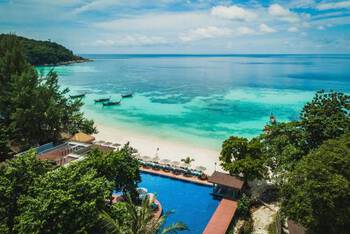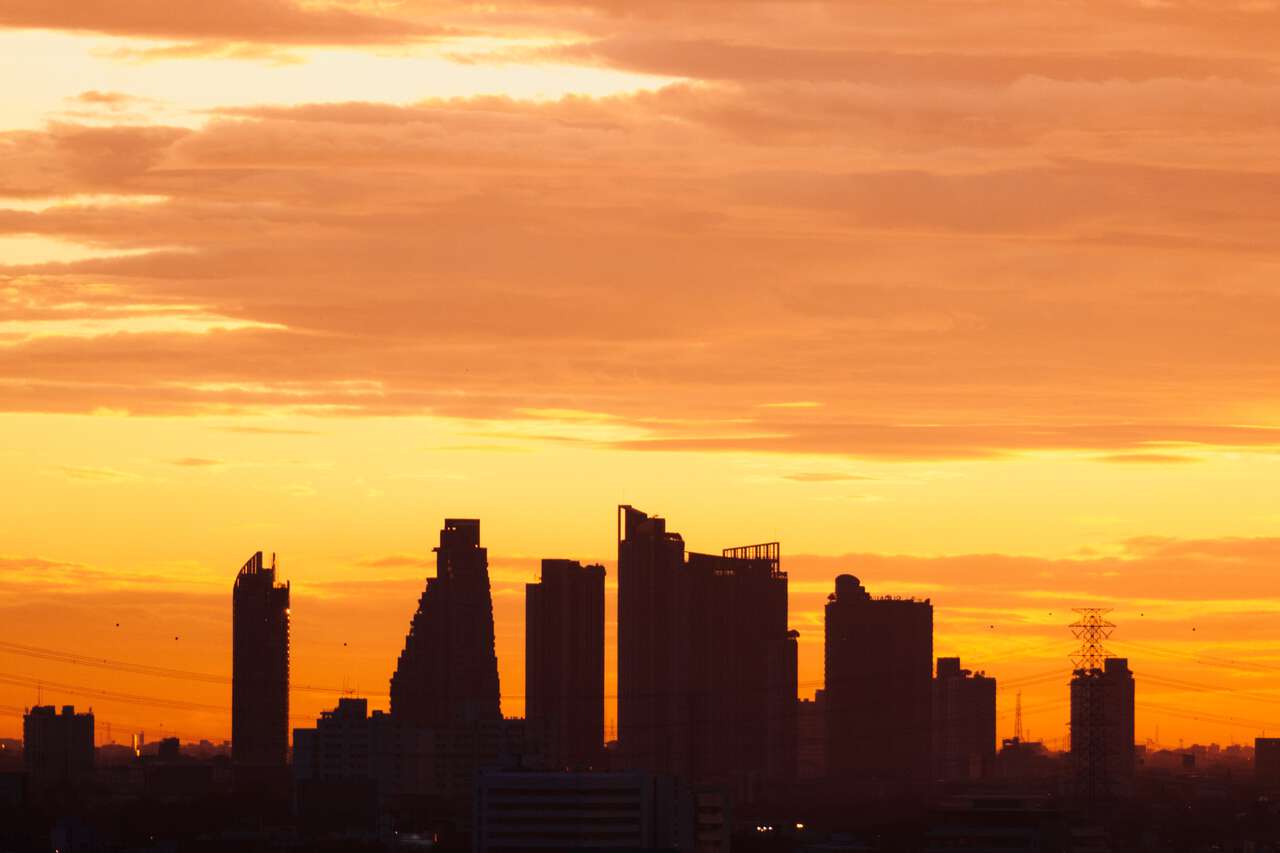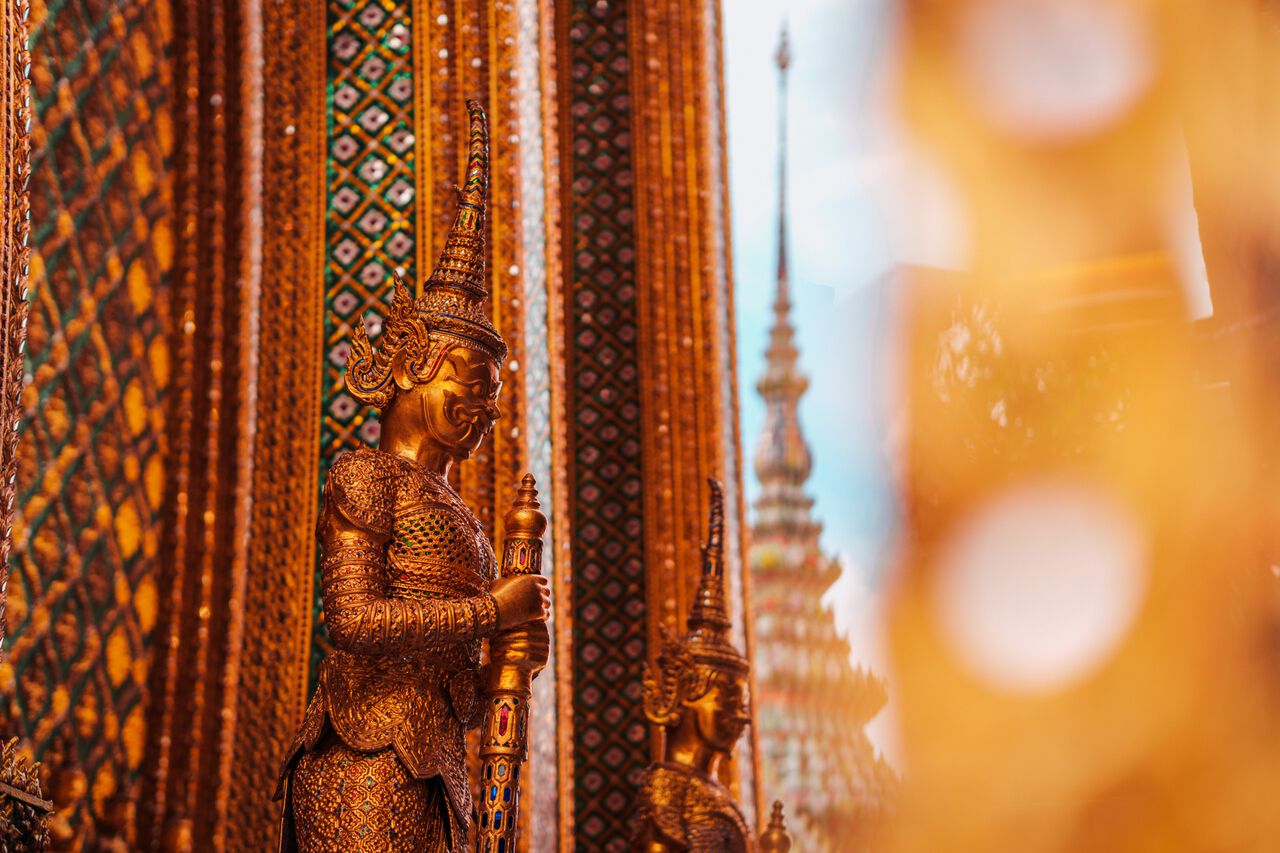If you are looking for a one-month itinerary for Thailand that will take you to almost all of the best highlights of the country in one go, you are in the right place.
Within this article, you will find all the information you need to help you plan the ultimate one-month backpacking trip to Thailand, taking you across the country from north to south, from mountains to beaches, and everything in between.
Without further ado, let's take a look at the itinerary map and where this article will take you in Thailand:
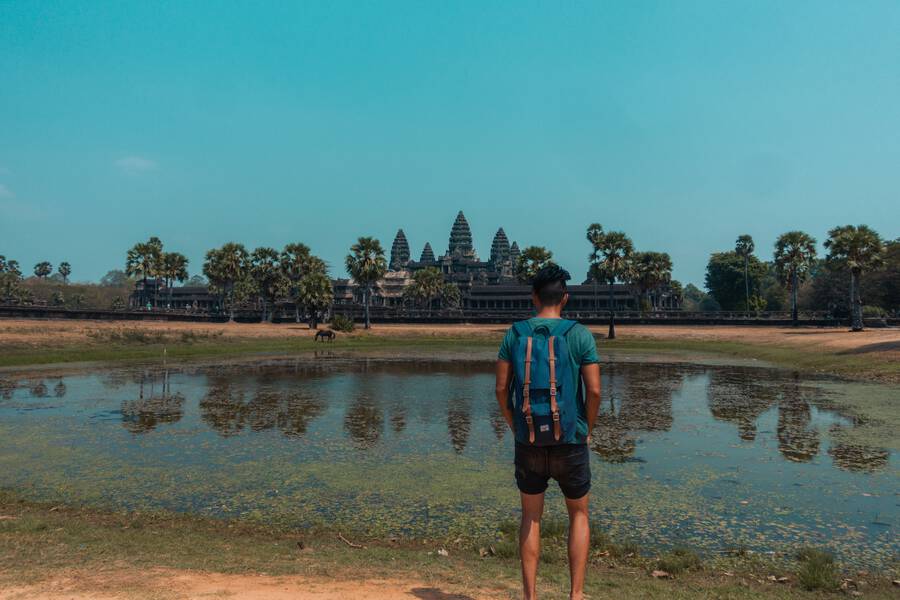
- Thailand One Month Itinerary Map
- One Month Backpacking Thailand Itinerary
- Thailand Travel Video
- When to Visit Thailand?
- How to Get to Thailand?
- How To Get From Bangkok's Airports to your Accommodation?
- How to Get Around Thailand?
- How Much Money Do I Need For One month in Thailand?
- Is it Safe in Thailand?
- Which tourist SIM card is best for Thailand?
- What to Pack for Thailand?
- Further Reading for Thailand
Thailand One Month Itinerary Map
| ☀️ Day 1-3: | Bangkok |
| ☀️ Day 4-6: | Kanchanaburi |
| ☀️ Day 7-8: | Sukhothai |
| ☀️ Day 9-12: | Chiang Mai |
| ☀️ Day 13-18: | Mae Hong Son Loop |
| ☀️ Day 19-21: | Phuket |
| ☀️ Day 22-24: | Krabi |
| ☀️ Day 25-27: | Khao Sok Lake |
| ☀️ Day 28-30: | Koh Phangan/Koh Samui/Koh Lipe |
One Month Backpacking Thailand Itinerary
Day 1 - 3: Bangkok (4 Nights)
Our journey to Thailand begins in Bangkok, the capital city with over 10 million people. Bangkok is a city that may not be a favorite for many, but as a Thai who lives here, I can say that if you give it a chance to shine, Bangkok can be quite an interesting place to explore.
Bangkok is also a great place to get your footing around Thailand and its interesting culture. As I recommended in my 7 Best Areas to Stay in Bangkok article, staying around Khaosan Road will allow you to launch yourself into all the beautiful temples in Bangkok all at once.
These temples near Khaosan Road are, hands down, the prettiest ones you will see in Thailand, and it would be a shame if you didn't get to see them. The first temple you should visit is the Grand Palace.
- Total Thailand (27 days)
- Northern Thailand & Beaches (21 days)
- Northern Thailand & Full Moon (23 days)
The Grand Palace is a complex of beautiful buildings and has been the official residence of the Kings of Siam since the 80s. The palace consists of stunning pagodas and architecture, all covered in either gold or extremely intricate sculptures and patterns that will make your jaw drop. The place has a very strict dress code though, and you won't be allowed to enter without having your arms and legs covered, so be sure not to wear tank tops and shorts when you visit the palace. This also applies to most temples in Thailand, so be sure to dress properly when you are visiting temples.
The Grand Palace's admission fee is 500 THB, and the opening hours are between 8:30 AM and 3:30 PM every day. Do not listen to tuk-tuk drivers who claim that the Palace is closed. The place is never closed, even on public holidays unless it's during a renovation.
Wat Pho is another great temple you should visit in Bangkok. It is right next to the Grand Palace, and you will be able to see one of the largest reclining Buddha statues in the country here.
Wat Pho's opening hours are between 8 AM and 6:30 PM, and the entrance fee for foreigners is 200 THB. I prefer this temple more than the Grand Palace because it is way less crowded, and you can actually sit and enjoy the place at your own leisure.
Wat Arun, an old temple featured on the 10 baht coin, is a great temple for you to visit right before sunset. It is located right by the Chao Praya river, and you can take the boat taxi across from Wat Pho. The temple opens from 7:30 AM to 5:30 PM, and the admission fee is 50 THB.
Once the sun is down, you can also have dinner by the Chao Praya River or you can go to Chinatown or Yaowarat and eat your way through this foodie's heaven. Chinatown's opening hours are between 6 PM and 10 PM, and you will find many street food carts where you can indulge yourself.
For a night out, you can go up to one of the many rooftop bars in Bangkok for a nice view of the city at night. I highly recommend the Red Sky, which is located right in the heart of Bangkok. However, most rooftop bars do have a strict dress code, so no flip-flops and shorts.

For the next day, I highly recommend you go on a day trip to Ayutthaya, one of the most important ancient cities in Thailand. It was regarded as the place that created the foundation of the Thai modern history we know today, and it is located only an hour away from Bangkok.
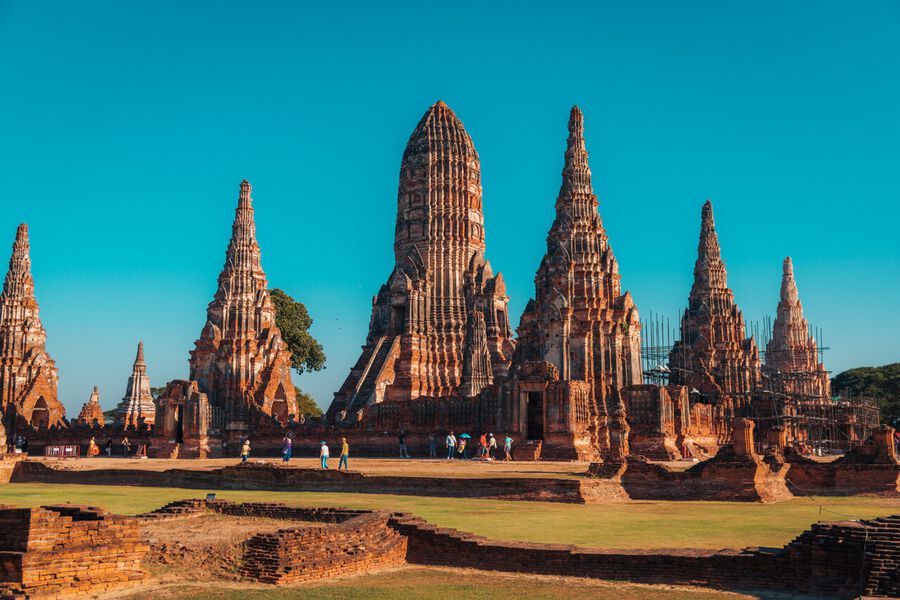
This ancient city, surrounded by moats, was mentioned quite extensively in many of the colonial-era European chronicles, and many called it the Venice of the East due to its strategic location, lively commerce, and beautiful structures that provide a great example of Siam-style architecture before European influences.
It is an awesome place to visit with many spots to explore like the giant pagoda of Wat Yai Chaimongkol, the ancient Wat Chai Watthanaram that reminded me of Angkor Wat, the famous Buddha head embedded in a Banyan tree, one of the most photographed places in Ayutthaya, and so much more.

Where to Stay in Bangkok?
Getting from Bangkok to Kanchanaburi
The easiest way to get from Bangkok to Kanchanaburi without driving yourself is to take a minivan from the Minibus stand across the road from the Morchit Bus Terminal.
At kiosk #8 or #11, you can get a ticket from Bangkok to Kanchanaburi, or you can book one online here. The van leaves every hour from 5 AM to 8 PM every day. The journey will take around 3 hours, and the ticket will cost about 120 THB.
Day 4 - 6: Kanchanaburi (3 Nights)
Kanchanaburi is a great place to visit if you are into nature, as it is home to some of the most beautiful waterfalls in the country. These include the famous Erawan Falls and the off-the-beaten-path Huay Maekhamin Waterfalls. It all begins in Kanchanaburi City.
Once you arrive in Kanchanaburi City, settle in for the night, wake up early in the morning, rent a motorbike, and start heading towards Erawan Falls, one of the most magnificent waterfalls in Thailand. Spend the entire day exploring, hiking, and swimming in the waterfalls.
With its stunning layers of cascades, clear blue water, and over 7 levels for us to explore, it is not hard to see why the people considered it as it is.
Since Erawan Falls is 65 km away from Kanchanaburi City, the drive there with a scooter will take you about 1.5 hours, so I recommend you start your day as early as you can. The road there is pretty straightforward, and the majority of the way is on a 4-lane road, which is not difficult to drive.
There are 7 waterfalls and a trail for you to hike to the top. The trail takes about an hour to an hour and a half, and about an hour or less to get down. The opening hours for Erawan Falls are from 8 AM to 4:30 PM, so do prepare accordingly if you plan to hike the whole stretch. The entrance fee is 300 THB (100 THB for Thais), plus 20 THB if you are there with a scooter.
For your second day, we will not be driving our scooter very far. As if you are like me, you are probably exhausted from the ride the day before. So we are going to stick to the tourist attractions not too far from Kanchanaburi City, starting with Wat Baan Tham.
At Wat Baan Tham, there is a staircase that will lead you up to the top of a mountain where you can then see the beautiful landscape of Kanchanaburi as well as our next destination, Wat Tham Sua.
From Wat Baan Tham, it is only a few kilometers until you arrive at Wat Tham Suea, a stunning temple complex consisting of multiple architectural wonders, from several towers and pagodas of various architectural styles to the 18-meter-tall giant Buddha image that dominates Kanchanaburi landscapes.
If you are looking for the best viewpoint of Wat Tham Sua and the giant Buddha Image from above without a drone, I highly recommend you climb up to the 6th floor of the orange pagoda where you will find a few tiny windows that you can look out from. There, you can witness the true scale of Wat Tham Sua from above.
After visiting these two temples, you can spend the rest of the day exploring the tourist attractions within Kanchanaburi City, such as the famous River Kwai Bridge and Wat Thaworn Wararam, a beautiful Chinese temple located on the bank of the River Kwai.
If you want to learn more about the gruesome history of the Death Railway and Kanchanaburi City during World War 2, you can visit the JEATH War Museum for a brief history of the influence the Japanese had in the region during WW2 or the Death Railway Museum to learn more about the Death Railway itself.
On your third day in Kanchanaburi City, you can either spend the morning resting or take the scooter for another spin with a morning visit to Prasat Mueang Sing Historical Park, a historic Khmer-era temple and burial site where several well-preserved skeletons were found, dating back even before the Khmer reign in the area.
I wouldn't say Prasat Mueang Sing Historical Park is a must-see, especially if you are planning to visit Sukhothai and Ayutthaya. However, since we are going to visit the Death Railway at 1 PM when the train arrives, and the historical park is on the way, it is a great place to kill some time before the train arrives.
You can also drop by Mallika R.E. 124 City, a newly built themed retro city if you have some time to kill and want to see what life was like for the Thais during the time of King Rama the Fifth, one of the most important kings in Thailand's history. He led the way to Siam's westernization and modernization reforms.
Within Mallika City, you will find plenty of beautiful old-style architecture, from the Turning Wooden Bridge to the ancient market zone where you can exchange money for old Thai Stang coins and try out all the traditional Thai food and desserts available in the market. There is plenty to eat here, so be sure you have your stomach ready 😉.
After visiting Mallika, if you want to see a train crossing the Tham Krasae wooden trestle, which is one of the most visited sections of the Death Railway, you will have to get to the Tham Krasae Train Station before 1:30 PM. You should be able to reach there in 30 minutes from Mallika via a scooter, so plan your time carefully.
After visiting Thum Krasae, you can then continue on with your scooter for another hour and visit the Hellfire Pass Interpretive Centre to learn more about how the Japanese abused the prisoners of war to build this section of the railway, including personal stories from survivors, etc.
After visiting the Hellfire Pass Museum, it is time to end our journey in Kanchanaburi City and head back to Bangkok, either via trains or vans, and continue our journey to the next destination in the north, Sukhothai.
Where to Stay in Kanchanaburi City?
Getting From Kanchanaburi City to Sukhothai
To get from Kanchanaburi to Sukhothai, you will have to make your way back to Bangkok and be there on time to catch a night bus to Sukhothai which leaves from Morchit Bus Terminal at 8 PM every day.
The bus will cost about 400 THB per person, and it will take you around 7-8 hours to get there. They will drop you off at Sukhothai Bus Terminal, where you can then get on a 30-THB tourist songtaew to the Old Town. The songtaew leaves every 30 minutes.
Day 7 - 8: Sukhothai (2 nights)
Sukhothai, a seemingly small town in the lower northern part of Thailand, was once home to the first capital city of Siam in the 13th Century. It was founded by the great King Ramkhamhaeng and is considered to be the cradle of Thai civilization that predates the ruins you saw in Ayutthaya.
This is the birthplace of all things traditional, from art to architectural style, that you would see across the country. There is no better place to learn about the history of the Thais than in Sukhothai.
In Sukhothai, you will find the massive Sukhothai Historical Park, where you will be able to bike around the many well-preserved ancient structures from the 13th Century. This allows you to get a glimpse of what the Sukhothai Kingdom was like back in the day and how different it is from its neighboring city, Ayuthaya, in Central Thailand.
From Wat Maha That, the main and largest temple complex in Sukhothai Historical Park, to the 15-meter-high ancient Buddha Image of Wat Si Chum, Sukhothai, and its well-preserved ancient sites are quite a sight to behold.
You can spend an entire day just biking around the historical park, visiting all the temples and sections of the park, as well as learning more about the history at the Ramkhamhaeng National Museum to truly understand what these ruins are all about. After a day in Sukhothai, it is time to continue on to Chiang Mai.
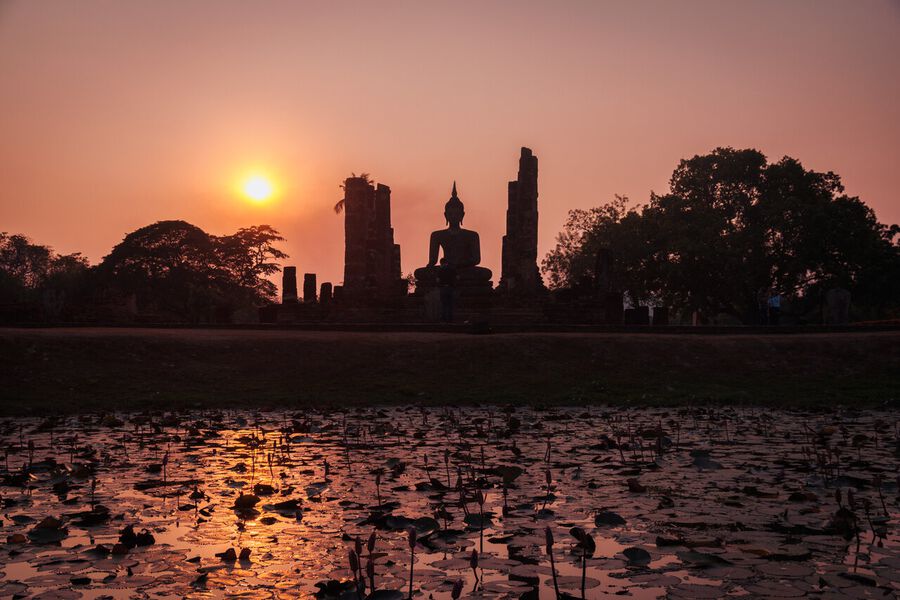
Where to Stay in Sukhothai?
Getting From Sukhothai to Chiang Mai
To get from Sukhothai to Chiang Mai, you are going to have to get back to Sukhothai Bus Terminal via the same songtaew you took to the old town. The songtaew leaves from the entrance of Sukhothai Historical Park.
Once you arrive, you can then take one of the many buses heading to Chiang Mai, which leaves from 6 AM - 4:30 PM every day. It should cost around 450 THB and take about 5 - 6 hours to get there. You are going to have to buy the ticket from the bus terminal for this route.
Day 9 - 12: Chiang Mai (4 Nights)
There are so many things to do in Chiang Mai City, and in order to make the best out of it, I highly recommend you rent a motorbike and start exploring as early as you can with a visit to Wat Lok Moli, one of the oldest standing temples in the city built in the 14th century. The temple is located just outside the city's wall to the north.
Located not too far from Wat Lok Moli, within the city's walls of Chiang Mai, you will find another impressive temple called Wat Chiang Man, the oldest temple in Chiang Mai dating all the way back to 1296, the time of the city's founding.
Within the temple, you will find "Chang Lom Chedi" or "elephants surrounding the Chedi", which is built in a beautiful mixture of Lanna-style and the Singhalese style originating from Sri Lanka, which can be seen in the design of the bottom part of the Chedi.
Just a little north of Wat Chiang Man, you will find one of the most iconic landmarks of Chiang Mai, the massive remaining chedi of Wat Chedi Luang, or as it is known, the "temple of the great stupa".
It took almost a decade to complete this chedi. The construction started in 1391 and was completed in 1475, taking almost 85 years to finish. When it was intact, it is said that the chedi reached up to 85 meters in height and 44 meters in width, making it the largest ancient structure in the entire city.
The last temple you will visit within the vicinity of the old ancient wall of Chiang Mai is Wat Phra Singh, a temple built in the 14th Century that proudly displays the stunning classic Lanna architectural style with its blindingly gold chedi and several teak wood temples, all within the temple's courtyard.
By this point, it should be around lunchtime, and if you want to taste the very best Khao Soi in Chiang Mai (recommended to me by a local), you should definitely check out Khao Soi Lung Prakit and try their delicious beef khao soi. It makes me drool every time I think about it.
After spending the first half of the day exploring the temples inside the old city wall, it's time to take your scooter and explore the outside with a visit to Wat Suan Dok, a 14th-century temple known for its numerous beautiful white pagodas scattered throughout the temple grounds.
After Wat Suan Dok, continue west along the road and visit Wat Umong or the Tunnel temple, which is - you guessed it - a temple built inside a system of tunnels deep within a forest on the foothills of Doi Suthep, the looming mountain that you can see towering over Chiang Mai.
After visiting Wat Umong, it is time to head up Doi Suthep for a nice sunset. But before that, there is one forest temple that you should visit. Wat Pha Rat is a lesser-known temple located along the way from the base of Doi Suthep and Wat Pra That Doi Suthep temple.
After spending your time at Pha Lat Temple, continue along the winding road up to the top of Doi Suthep mountain, and you will find Wat Phra That Doi Suthep, one of the most important temples in Northern Thailand, waiting for you.
Before you reach the temple, you will first have to ascend the 300+ steep steps that lead up to the temple. Once you reach the top, you will find a stunning golden chedi surrounded by 3 halls that house several Buddha images. Enjoy a peaceful evening there before you drive down to the city for dinner.
For dinner, if you are looking for great street food to try, I can recommend Chang Phueak Suki, located near the road that goes up to Doi Suthep.
For a nice night out, if you enjoy jazz, I highly recommend visiting The North Gate Jazz Co-Op to enjoy some local jazz bands. If you are looking for a place to sit and talk, Ae Te South Gate is also a great option. For dancing your night away, Warm-Up and Zoe are the best places to be.
For the next day or 2, you can go on one of the many day trips you can make from Chiang Mai, such as visiting the Elephant Sanctuary, spend a day in Lamphun and learning the history of the long-forgotten Haripunchai Kingdom, or even visit the beautiful White and Blue Temples of Chiang Rai. Once you are back from a day trip, you can rest up and prepare for our next destination, Mae Hong Son Loop, where we will be riding a motorbike around the Thailand northern hinterlands.
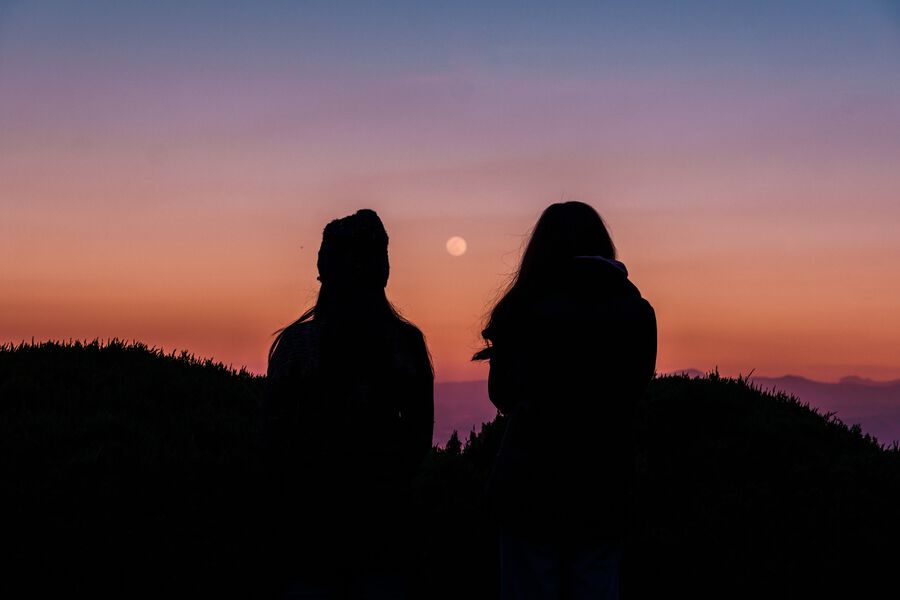
Where to Stay in Chiang Mai?
Day 13 - 18: Mae Hong Son Loop (6 nights)
The Mae Hong Son Loop is probably one of the best road trips you can do in Thailand. With the starting and endpoints at Chiang Mai, the Mae Hong Son Loop will take you on the 600 km long road that loops around the far-flung northern province of Mae Hong Son, taking you through some of the most stunning landscapes you will ever see in Thailand.
This trip will take you to places like Mae Sariang, the quiet remote town on the bank of the Yuam River, the Mae Hong Son Capital City of the province, home to many stunning Burmese-style temples, the Mexican Sunflower Field that spreads across several hills as far as the eyes can see, the Chinese-influenced town of Baan Rak Thai, and the famous tourist attraction, Pai, all in one trip.
With so many things you can do at each stop on the loop and all the side trips you can make, it can take from 3 to 10 days to traverse the Mae Hong Son Loop and truly see what this remote hinterland has to offer.
Just prepare to drive the 1860+ curves you will be encountering on your way around the loop. Yes, they counted the curves, and you can even buy a t-shirt that says "I have conquered the 1860 curves of Mae Hong Son" at the night market in Mae Hong Son City.
Since your journey will begin and end in Chiang Mai, you can easily do the loop by renting a car or a motorbike from one of the many rental shops in Chiang Mai and just traverse the loop, visiting each tourist attraction one by one. I highly recommend spending 1 night in Doi Inthanon, 1 night in Mae Sariang, 2 nights in Mae Hong Son City, and 2 nights in Pai at least. For more details on how to travel the Mae Hong Son Loop, click the link below.
Where to Stay along Mae Hong Son Loop?
Getting From Chiang Mai to Phuket
After Chiang Mai, you can take a flight directly to Phuket, which should cost around 2,000 THB and take about 2 hours. You can book a direct flight from Chiang Mai to Phuket with the link here: Book a flight.

Day 19 - 21: Phuket (3 Nights)
Phuket may be one of the most touristy places in Thailand, but since the island is one of the few places with a direct flight from Chiang Mai and due to how close it is to many beautiful places like Phi Phi Island and James Bond Island, we might as well check it out before we head over to more interesting places.
After arriving in Phuket, the first order of business is to visit Phuket Old Town and discover the past of the island it once was. Colorful old Chinese-European-style houses reminiscent of those antique houses you often see in countries like Malaysia and Singapore, with a touch of Phuket's own charm.
There are lines and lines of tourist attractions and shops for you to check out in Phuket Old Town, from interesting museums to places selling souvenirs for you to enjoy. Not to mention all the cool restaurants and unique cafes for you to indulge yourself in.
If you are looking for a nice restaurant to try traditional dishes in Phuket Old Town, they have a variety of places for you to check out. From the super cheap Lock Tien local food center to the super high-quality place like One Chun Cafe and Tu Kab Khao Restaurant, all serve delicious local food like Hokkien noodles, crab curry soup, and more.
For cafes to sit back and relax, you can't go wrong with Kopitiam, a traditional kopitiam-style cafe that serves traditional sweet and strong kopi (coffee). For a nice quiet and cozy place to sit, Campus Coffee Roaster and its creative coffee choices and traditional Thai school decor are my definite go-to places after a long tiring day.
Phuket Old Town is not very big, so it should not take you long to explore. This makes it great for your first day in Phuket, as it will allow you to find your bearings.
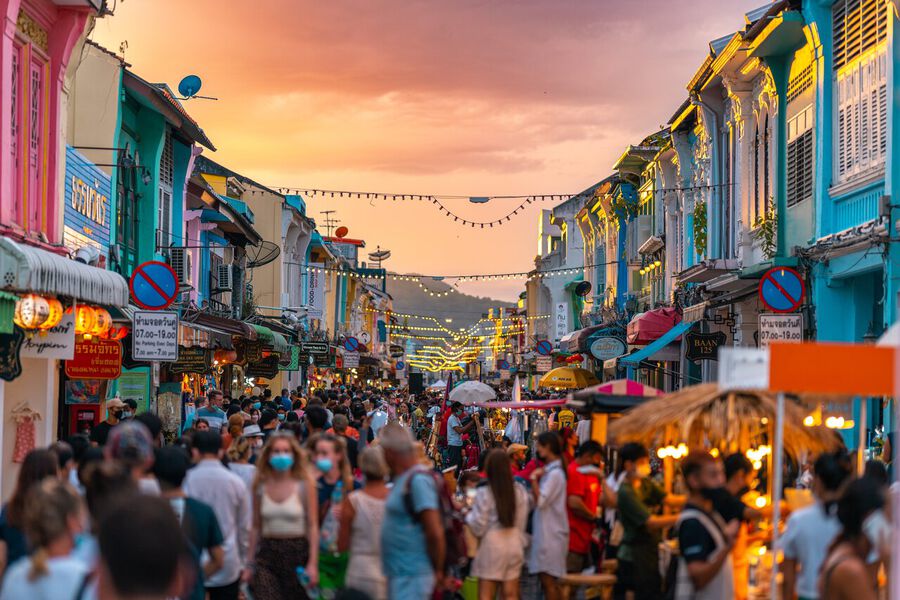
On your second day, I highly recommend that you go on a day trip and explore Phang Nga Bay and the famous James Bond Island, which includes canoeing in caves, swimming in crystal clear water, and having a lunch feast.
A day trip to Phang Nga Bay should take the entire day, and you will be able to see some of the most stunning natural spots in the region, like the famous James Bond Island and the jungle-fringed cliffs that appeared in "The Man With The Golden Gun" James Bond movie.
I highly recommend the "Phang Nga Bay Sea Cave Canoeing & James Bond Island by Big Boat" tour, which should allow you to see all the beautiful places in Phang Nga Bay and have a variety of adventurous activities for you to enjoy.

Where to Stay in Phuket?
Getting from Phuket to Krabi
To get from Phuket to Krabi, you can take one of the many tourist buses from Phuket Bus Terminal. Many buses run between 7:20 AM to 6 PM daily, which should take about 3 hours and cost no more than 250 THB. You can book this transfer with the link here: Book a Bus from Phuket to Krabi.
Day 22 - 24: Krabi (3 Nights)
On your first day in Krabi, we are going to go on an organized tour to explore the islands of Krabi, which is one of the most popular things to do here. Be sure to book the 4 islands day trip beforehand so that they can reserve you a spot and arrange a pickup time. The trip will take an entire day from 9 AM to 3-4 PM, and be sure to pack swimsuits!
The 4 islands tour will take you to Poda Island, Tup Island, Chicken Island, and Railay with 2 modes of transportation: the classic long-tail boat and a speed boat, with the former being a little cheaper and taking a bit longer than the latter.
With the tours, you will be spending at least 6-8 hours hopping between these four islands, and depending on the tide level that day, the order of the islands you visit may shuffle around a bit to allow you to get the best out of your visit.
Tup Island is especially beautiful at low tide, as you will be able to see the Thale Waek phenomenon (the separated sea) and walk across the island on a shallow strip of sand. If the tide is low in the morning, you will likely be heading to this island first.
Poda Island is the highlight of this trip for me, as you will finally have time to snorkel and witness all the beautiful coral reefs and marine life of Krabi. The coral reef isn't as colorful as some of the snorkeling spots further south, like Ko Lipe, but there are plenty of beautiful fish to be seen here.
After snorkeling, the boat will anchor at Poda Island beach where you will have either a packed lunchbox or a buffet (depending on the number of people on the boat). You will also have time to chill on the beach for another hour. Be sure to take a photo of the iconic cliff rock that Poda is known for before leaving.
Last but not least, you will be visiting Railay Beach, which technically isn't an island as it is part of the Krabi mainland. However, due to the inaccessible vertical limestone mountain that cuts the area off, the only way you can get there is by boat, which makes it feel more like an island than just a beach on Krabi's mainland.
After Railay, you will be ushered back to Ao Nang and transferred back to your hotel by 3 - 4 PM, concluding your 4-island day trip. Spend the rest of the day relaxing at your accommodation or strolling along the beach and resting up for the next day, as you will be going on another adventure-filled day.
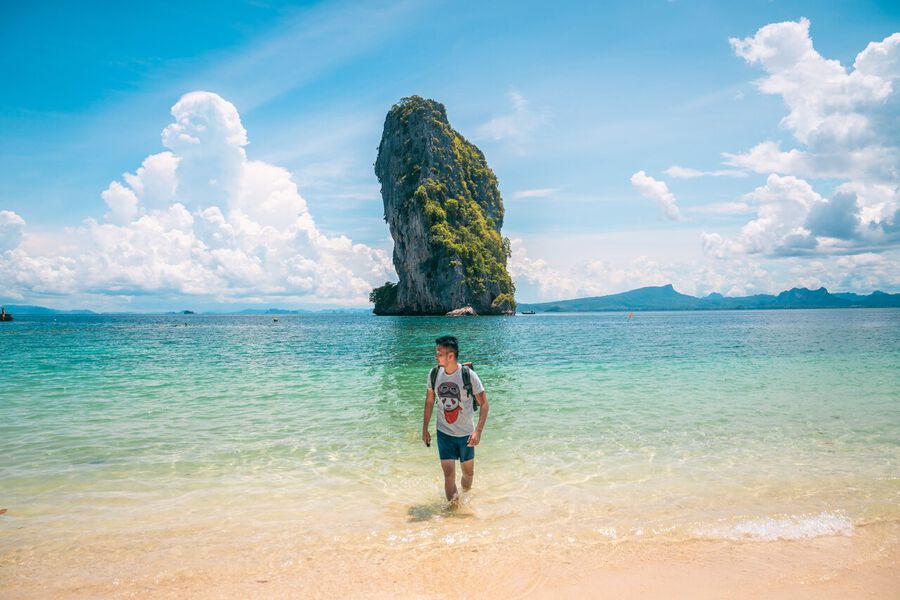
On your second day, I highly recommend that you get up as early as 6 AM and drive to Wat Tham Suea to hike up to the viewpoint. If you are lucky, as I was, you might be able to witness the sea of clouds, which is pretty rare in Krabi.
Wat Tham Suea is a mountain temple known for its cave, where a tiger once resided, as well as the epic pilgrimage trail that will take you to the top of a limestone mountain. From there, you will be able to see an unobstructed panoramic view of Krabi town and all its surroundings.
The pilgrimage trail at Wat Tham Suea consists of around 1200 steps, and it can take you about 30 minutes to an hour to hike to the top. Some of these 1200 steps are not your regular human steps, but more like steps for giants, as they are crazy steep at times. Be sure you are in good shape before tackling the trail.
Once you are done, start making your way down slowly and feel free to explore the temple grounds, as there are quite a few caves and interesting structures to visit in the temple. If you do not want to ride a motorbike yourself, you can visit Wat Tham Suea as part of an organized tour as well, which should include Wat Tham Suea among other places in Krabi Town.
After Wat Tham Suea, we continue to our next destination, the Hot Springs Waterfall, another cool place to visit in Krabi, and the perfect place to freshen up after hiking Wat Tham Suea.
As you continue on, you'll come across the Emerald Pool, arguably one of the most picturesque places in Krabi. It definitely justifies the entire journey with its remote location, remarkably clear water, and the glistening emerald color that comes to life when kissed by the sun. It's quite a sight to behold.
Once you arrive, you will enter an opening where you will be able to finally swim in the glistening Emerald Pool. There are wooden decks you can walk on, as well as other small trails you can explore. If you want to swim, there are bathrooms where you can wash yourself, and plenty of space for you to enjoy the refreshing water. Just be careful around wet rocks as they can be extremely slippery at times.
Visiting these three places should occupy your entire day. If you are there on Fridays, Saturdays, or Sundays, be sure to drop by Krabi Night Market and indulge yourself in all the delicious street food there.
You will find plenty of street food stalls selling all kinds of food, from seafood on sticks to drinks, and even a mobile cocktail bar. There is also a stage where local performers often come to entertain visitors.
After the night market, you can drive back to Ao Nang, retreat to your hotel, and call it a night. Tomorrow, we are going to visit Khao Sok, which is arguably one of my favorite places in Thailand.
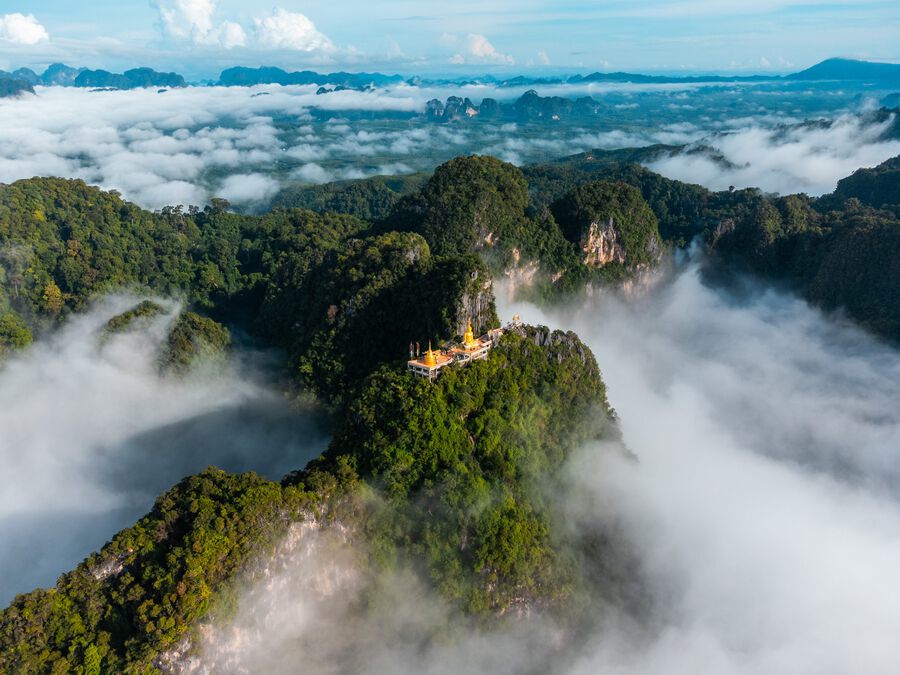
Where to Stay in Krabi?
Getting from Krabi to Khao Sok Lake
To get from Krabi to Khao Sok Lake, you can take one of the many tourist buses from Ao Nang or Krabi City at 10 - 11 AM, and they will take you to Khao Sok Lake in 4.5 hours for 400 THB per person. You can book this transfer with the link here: Book a Bus from Krabi to Khao Sok Lake.
Day 25 - 27: Khao Sok Lake (3 Nights)
Khao Sok Lake has got to be one of my favorite places in Thailand. Located deep within the Ratchaprapha Dam in Surat Thani, Khao Sok Lake offers you a chance to be as close to nature as one can get.
Once you arrive in Khao Sok Village, you will have to spend the night there and book a tour to get to Khao Sok Lake, where they will take you on a long tail boat to enter the dam and spend the night in a floating bungalow right on the lake.
On your first day exploring Khao Sok Lake, you will be visiting several attractions around the lake, from the waterfall cave where you will have to walk through gushing water in a dark cave to observing wildlife around the lake.
In the evening, you will have free time to relax by your bungalow, go kayaking, and watch the sunset before they serve you a fresh dinner, and you retreat for the day.
In the early morning, they will take you out for another safari trip and observe the birds and monkeys that often come out in the early morning. If you are lucky, you might even see a hornbill or two.
On your way out of the lake, you will be visiting more caves and getting a chance to jump into the water one last time before you are back in Surat Thani, where we will continue on to our next destination.
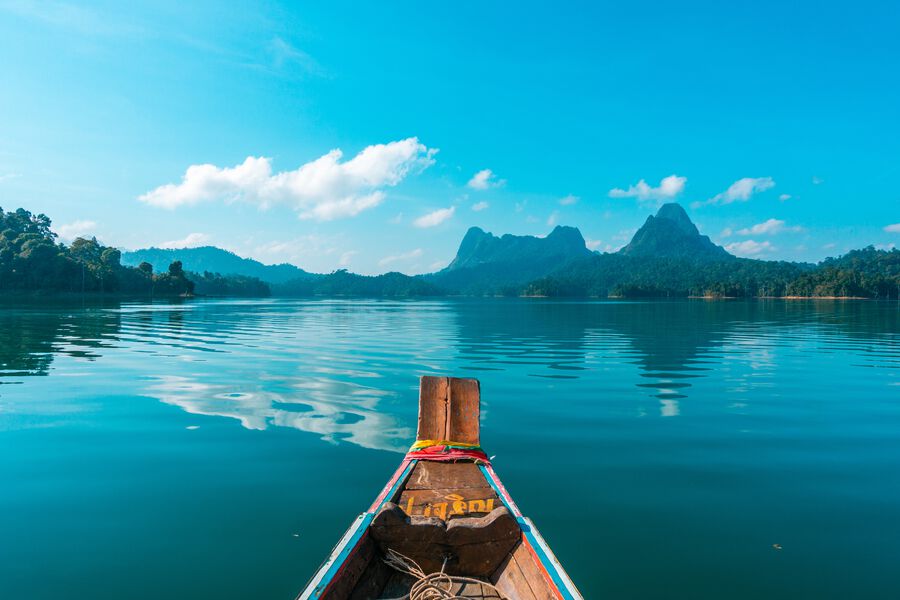
Where to Stay in Khao Sok?
Getting from Surat Thani to Koh Phangan/Koh Samui/Koh Lipe
From Surat Thani to Koh Phangan is pretty straightforward. You can take a bus from Surat Thani town/bus terminal to Tapee pier, where you can then take a ferry to the island. The bus leaves between 7:30 AM and 4 PM every day, and the journey should take about 5 hours and cost around 360 THB. You can book the transfer here: Book a transfer to Koh Phangan.
The same goes for Koh Samui. You can take a bus from Surat Thani town/bus terminal to Tapee pier and catch a ferry from there. The bus departs between 7:30 AM and 4 PM every day, and the journey should take about 4-5 hours and cost around 300 THB. You can book this transfer online here: Book a transfer to Koh Samui.
Getting from Surat Thani to Koh Lipe is a little bit more complex, especially if you want to do it independently from Surat Thani. You will likely have to take a train to Hat Yai, and from there you can get an all-in-one transfer to Pakbara pier and the ferry across to Koh Lipe.
The cost of the entire transfer can range from 500 to 1,000 THB, and the entire process can take a whole day or longer, depending on the schedule of these connections. For more information on how to travel to Koh Lipe, check out this excellent travel guide from Travelfish.

Day 28 - 30: Koh Phangan/Koh Samui/Koh Lipe (3 nights)
While you are in Surat Thani, you have three options to pick for your last island to visit before we conclude our one-month backpacking itinerary. I know there are many types of backpackers out there, and these three islands, Koh Phangan, Koh Samui, and Koh Lipe, are all catered to different types of travelers. Your choice will depend on what you are looking out for on this trip.
If you are looking for the most insane beach party to attend in Thailand, visiting Koh Phangan during the Full Moon Party is definitely a great way to end your trip to Thailand. I was there, and even though it was not my cup of tea, I think you will still enjoy it if you are young and looking for young crowds to party in an exotic location.

If you are looking for a bigger island that offers a variety of things to do other than parties, Koh Samui is definitely worth your consideration. There are a ton of beaches and awesome things to do here, like visiting the beautiful Ang Thong National Park, riding an ATV across mountains, and going jungle trekking.
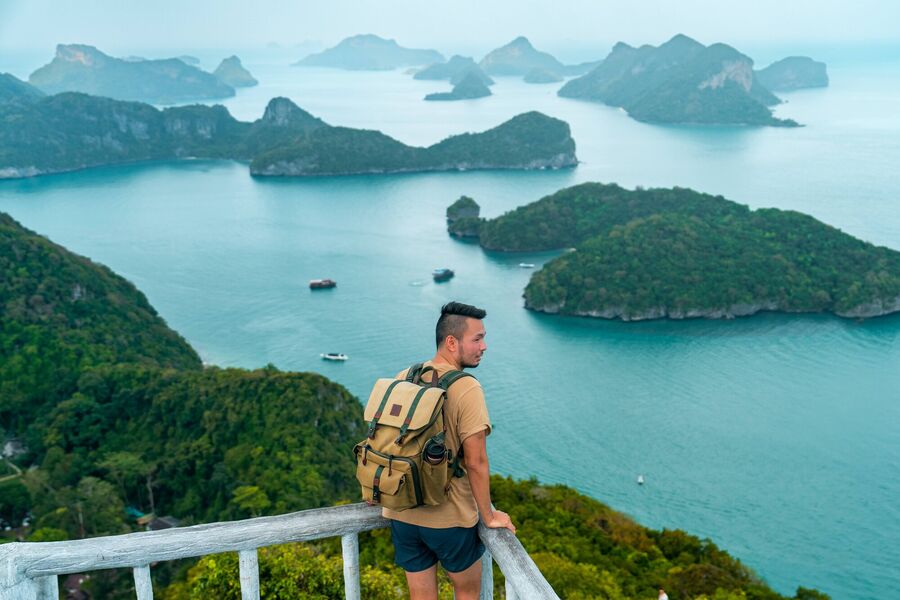
If you are looking for a more idyllic place to visit where you can go snorkeling and see some of the most beautiful marine life in Thailand, Koh Lipe in Satun province is one of the best places to be. You can spend a day relaxing by the beach and another on a full-day snorkeling adventure around the archipelago before finishing up our one-month backpacking trip to Thailand.
Where to Stay in Koh Phangan/Koh Samui/Koh Lipe?
Getting from Koh Phangan/Koh Samui/Koh Lipe to Bangkok
From Koh Phangan, you will have to take a ferry back to Surat Thani, and then you can catch a flight back to Bangkok. You can find a flight here: Find a flight from Surat Thani to Bangkok.
From Koh Samui, you can fly directly back to Bangkok via Bangkok Airways. You can find a flight here: Find a flight from Koh Samui to Bangkok.
From Koh Lipe, you have to make your way back to Hat Yai, and you can catch a flight back to Bangkok from there. You can find a flight here: Find a flight from Hat Yai to Bangkok.
When to Visit Thailand?
The best time to visit Thailand is from November to January when the weather is cooler and less humid due to Thailand's climate, making it much more enjoyable to explore the beautiful outdoors of Thailand.
That said, Thailand has suffered a lot from air pollution in recent years due to the burning season, and it is extremely prevalent during Thailand's winter period (December - January). So, even though the weather is cooler, your visibility might not be the best. Be sure to buy a face mask if you decide to visit Thailand during this time.
March - April are the hottest and most humid periods of the year, so if you can't handle the heat very well, avoid visiting during this time. The air quality may be slightly better during this period, but it's not guaranteed.
All the other months are considered to be a rainy season, which, even though the weather is a little more manageable than the summer months, you will also be seeing a lot more rain that might prevent you from enjoying the outdoors. Air quality during this time should be better due to the rain.
As you can see, the best time to visit Thailand used to be during its wintertime, BUT now that the air quality is getting worse and worse, you will have to decide which is more important to you as a traveler: good weather but bad air quality or vice versa.
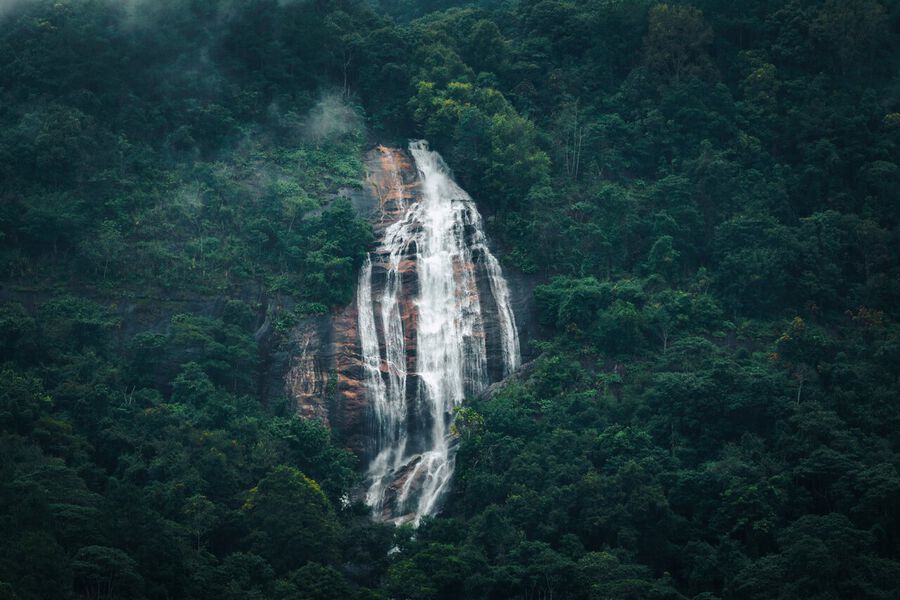
How to Get to Thailand?
Every trip to Thailand starts in the capital city, Bangkok. Since Bangkok is one of the largest hubs in the region, you should have no trouble finding a flight from your home country to Suvarnabhumi International Airport or Don Muang International Airport (budget airlines only), in Thailand.
From the US, unfortunately, there are no direct flights to Bangkok. So, you will have to rely on transit flights by Emirates, Qatar, or Turkish Airlines from the East Coast, or ANA Airlines or Korean Air from the West Coast.
From Europe, you can fly from the most popular European hubs like London, Paris, or Frankfurt via Thai Airways or local carriers such as British Airways, Air France, or Lufthansa to Bangkok. From there, you can fly domestically to Chiang Mai. You can also choose to travel with Etihad, Qatar, or Emirates if you don't mind transiting.
From within Asia, there are several low-cost airlines offering multiple routes from many hub cities like Singapore, Kuala Lumpur, Tokyo, Jakarta to Bangkok. AirAsia is a great option as they have the most connections to Bangkok from around Asia.
To find a cheap flight to Bangkok, I would recommend that you use Skyscanner or Expedia to look for the cheapest route and schedule so you can compare and pick the best one.
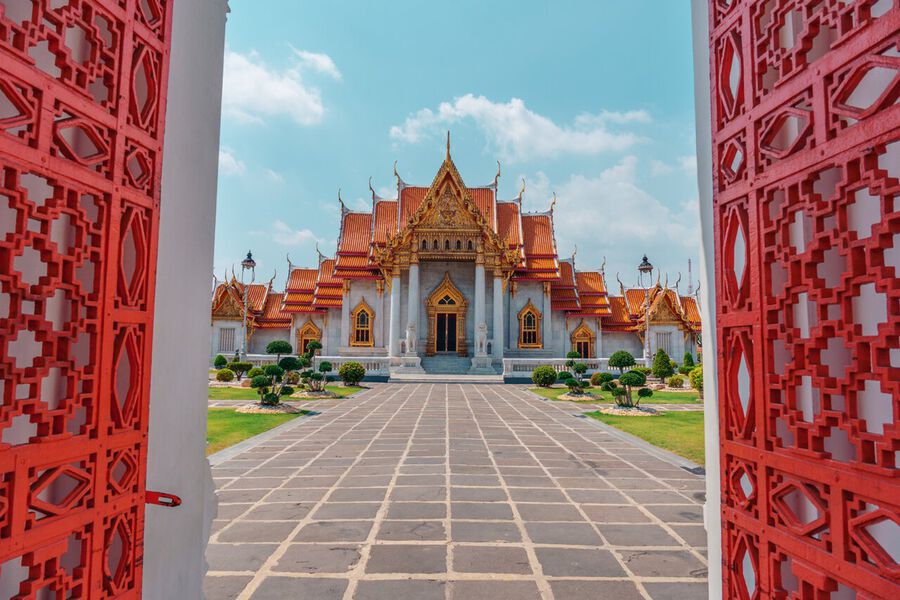
How To Get From Bangkok's Airports to your Accommodation?
By Bus: If you are staying near Khaosan Road or the Old Town area, I recommend taking the bus as it goes directly to your location without the need for transit.
If you fly into Suvarnabhumi International Airport, you can take the S1 bus, and it will take you to Khaosan Road for 60 THB. Depending on the traffic, the journey should take around 1.5 hours, and the bus runs between 6 AM to 8 PM every 30 minutes.
If you fly into Don Muang International Airport, you can take the A4 bus, which should take you to Khaosan Road for 50 THB. From Don Muang Airport to Khaosan Road, you can expect an approximately 1-hour journey. The A4 bus runs between 7 AM and 10 PM, with a frequency of every 30 minutes.
By Sky Trains: If you are staying elsewhere in Bangkok, you can take the sky train instead. Just make sure that you know which sky train station to get off at.
If you fly into Suvarnabhumi International Airport, you can take the Airport Rail Link to Phaya Thai Station. From there, you will be able to connect to the main Sukhumvit Line and take the train to the nearest station near your accommodation.
The Airport Link runs every 20 minutes and the trip from Suvarnabhumi Airport to Phaya Thai will cost you 45 THB and take around one hour. From Phaya Thai, the price varies depending on how far your accommodation is. The sky train price starts at 15 THB. The train operates from 6 AM to 12 AM.
If you fly into Don Muang International Airport, you will first have to take the A1 bus, which will take you to Morchit BTS Station. The A1 bus comes every 5 minutes, and it should cost you 30 THB.
From Morchit BTS Station, you can then take the train to the BTS Station near your accommodation. The sky train price starts at 15 THB and goes up to 70 THB depending on how far your journey is. The train operates from 6 AM to 12 AM.
By Taxi: Taking a taxi is a comfortable way to get to your accommodation, but it can be pricey due to the airport fee of 50 THB that will be added on top of the metered price. Therefore, if you are coming from Suvarnabhumi Airport, you can expect to pay around 300 THB, and if you are coming from Don Muang Airport, the fare will be around 150+ THB.
One tip for taking taxis in Bangkok: if they don't turn on their meters, get out and get a new one. Do not tolerate this kind of behavior!
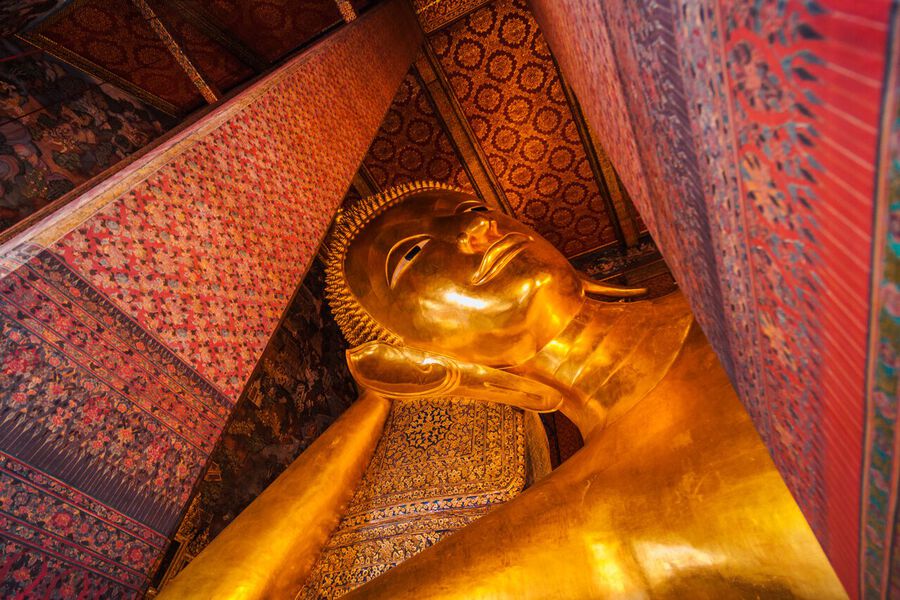
How to Get Around Thailand?
By Air: This is the fastest way to get around Thailand, and there are many low-cost airlines like AirAsia and Nok Air that operate numerous routes around Thailand which are extremely affordable. If you are in a rush, I recommend flying.
To book a flight in Thailand, you can do so with the link here: Book a flight in Thailand.
By Bus: This is one of the cheapest ways to get around Thailand, especially for long distances. The buses are cheap, quite safe, and surprisingly comfortable to travel in. It is recommended if you are not in a rush.
If you are looking to reserve a seat for bus travels, you can book through here: Book a bus ticket in Thailand.
By Train: You can also take the train if you want a more scenic way of getting around Thailand. Keep in mind that they are slow and often run late, but traveling by train in Thailand is quite a fun experience, and it is dirt cheap.
If you are looking to reserve a seat for train travel, you can book through here: Book a train ticket in Thailand.
By Motorbike: This is only recommended for exploring the city and the surrounding areas, not for long distances. For long distances, take the bus or train instead. Rent a motorcycle only when you have already arrived in a city and would like to explore it further.
By Car: This is the most comfortable way to get around Thailand, and you can rent one straight from the airports in Bangkok and elsewhere for around 700 - 1500 THB. To rent a car in Thailand, you can book through here:
How Much Money Do I Need For One month in Thailand?
From this one-month rough itinerary, we can calculate approximately how much money you will be spending for 30 days in Thailand as follows:
Accommodation: For 30 days in Thailand, you can expect to pay a minimum of around 231 USD (7,877.56 THB) for accommodation.
Food: Food costs about 60 THB minimum in Thailand on average, so you can expect to pay around 5,400 THB for 30 days.
Transportation: For this itinerary, you can expect to pay approximately 15,000 THB for transportation, including three flights to Chiang Mai, Phuket, and back to Bangkok, as well as buses, motorbike rentals, and ferries you might take on this trip.
Activities: Depending on how many day trips and activities you want to do, you can expect to pay around 8,000 THB for most activities you might do in Thailand in 30 days.
Total Budget for 30 days in Thailand: 36,277.56 THB (1,063.76 USD)
Is it Safe in Thailand?
Although Thailand is generally safe and the people are friendly, it is always a good idea to second-guess people who approach you and try to offer something that seems too good to be true, as it probably is. That is a sure way to avoid any scam attempts from tuk-tuk/taxi drivers or other scammers who might approach you.
And as always, please exercise precautions like you would when traveling in any foreign country. Do not leave your belongings unattended and watch out for your belongings at all times.
Also, if you are planning to ride a scooter around in places like Krabi or Chiang Mai, always wear your helmet and ideally, cover yourself because accidents do happen. And when they do, they are never pretty, especially if you wear tank tops and shorts.
And, since you will be driving on Thai roads, it is my duty as a Thai to warn you that we are not the best drivers in the world. The roads are great throughout, but we sometimes drive like maniacs, so make sure to be extra careful when you are on the road.
Which tourist SIM card is best for Thailand?
Update: If your phone supports eSIM, I highly recommend checking out Airalo, a global eSIM marketplace. It allows you to stay connected affordably while traveling in Thailand without having to switch out your physical SIM card.
Gone are the days when you needed to scramble to find a local SIM card at an airport upon arrival. You can purchase an eSIM before your arrival, and you'll be good to go. If your phone doesn't support eSIM, here is how you can get a local SIM card in Thailand:
There are 3 major carriers in Thailand: AIS, DTAC, and True. All of them offer a pretty similar range of traveler's packages as well as coverage. Personally, I use AIS as I have been with them since my first phone. They have a lot of Support Centers around Thailand, and their coverage hasn't failed me yet. So, if you are looking for a reliable carrier, I can recommend AIS.
There are 3 packages for tourists: 5 GB for 5 days at 160 THB, 15 GB for 8 days at 299 THB, and 30 GB for 15 days. Depending on how long your trip to Thailand will be, you can pick one of these 3 packages that fits your itinerary the most.
With these three packages, you can top up more in case you need additional data or calls for your trip. More often than not, 5 GB is more than enough for me to travel around Thailand for a month.
For more information about Thailand's local SIM card: Thailand's Prepaid Data SIM Card.
Tips: To stay connected with people at home, be sure that you have a VPN, such as ProtonVPN, installed before traveling. It's FREE, and you can gain access to services that may be blocked in certain countries.
What to Pack for Thailand?
As you may already know, I am an advocate of light traveling, and indeed, packing light for a journey like this is a unique art form. Here are some packing tips for your upcoming trip to Thailand:
- Walking/Hiking Shoes: With all the walking and possible hiking during your travel, a comfortable pair of shoes is a must. I recommend the Timberland 3-Eye Classic Boat Shoes that are my go-to pair for long strolls and hikes.
- Breathable Shirts: Given the potential for hot weather, pack a few breathable shirts for your outdoor adventures.
- Shorts/Jeans: Anticipate lots of walking during your travels? Be sure to pack some breathable shorts and a pair of Levi's jeans for when the weather cools. For women, leggings are excellent for both hot and cold climates, so consider packing some as well.
- Outer Shell Jacket: An outer shell jacket is great for windy or rainy conditions. I highly recommend the Columbia Watertight Jacket (for women). It's lightweight, breathable, and even comes in a cool orange color.
- Microfiber Towel: A Microfiber towel is the ideal backpacker's towel due to its lightness, quick drying, and compressibility.
- Swim Suits: A swim trunk is a must-pack item if you are planning to visit Thailand in the summer, just in case there is a body of water you can jump in.
- Camera: You should also pack a good camera for your trip so that you can capture all the beautiful experiences you might have. I recommend the Sony a7R V camera together with the Sony 24-70mm f2.8 GM II lens, which is probably the highest-performance camera and lens combination you can get right now.
- Power Bank: Keep your electronics charged on the go with a 20,000+ mAh Power Bank.
- Water Bottle: The Hydro Flask Trail Water Bottle is a great insulated water bottle to have with you in cities or on hiking trails. It is lightweight and can keep your water cold or warm for more than 12 hours. It's a total game-changer.
- Universal Adapter: You'll need just one universal adapter to plug in your electronics in any country you visit.
- Packing Cubes: Packing Cubes will help you save space in your backpack and keep all your belongings organized.
- Daypack: The Langly Alpha Globetrotter is my go-to everyday camera backpack. It's large enough to carry all my travel gear, and it comes with plenty of slots and pouches. Plus, it's stylish as hell!
- Large Backpack: You will need a large backpack to carry all of your stuff. I recommend the Osprey Atmos AG 65L backpack. With excellent weight distribution and a lifetime guarantee, you can't go wrong with Osprey.
For more information on what I pack in my backpack for this trip, check out: My Packing List: 60 Travel Essentials.
Now that we have all the information we need, it's time to start planning your trip! Here are some resources to help you get going:
Are you planning to travel independently? Be sure to check out my guide on How To Plan A Backpacking Trip here.
Further Reading for Thailand
Looking for more information for your trip to Thailand? Here are a collection of articles about Thailand that you might find useful:
- Looking for a complete travel guide to Southeast Asia? You should check out our 3-Month Backpacking Itinerary for Southeast Asia.
- Planning a trip to Thailand? Here are the 11 Best Places to Visit in Thailand.
- Thailand is incredibly rich in history, with ancient cities scattered across its landscapes. If you’re looking to explore some of the country’s most remarkable historical sites, don’t miss this guide: Discover Thailand's Rich History: 12 Best Historical Sites to Visit.
- Looking to go off the beaten path in Thailand? Check out the 10 Best Hidden Gems to Visit in Thailand.
- Visiting a country like Thailand, you are going to need a comprehensive packing list to ensure you bring everything you need for your trip. Check out: What to Pack for Thailand - The Essential Packing List.
- Wondering when the best time is to visit Thailand? Here is a complete guide on picking The Best Time to Visit Thailand.
- Have 2 weeks in Thailand? Check out this itinerary: 2 Weeks Backpacking Thailand Itinerary.
- Looking for an itinerary for Thailand? Check out the 10-Day Itinerary for Thailand.
- If you are traveling to Thailand, it is important for you to know what you should and shouldn't do. Here are 10 Tips for Traveling in Thailand.
- Thai Street Foods are among the best in the world, and to help guide you through the street food cuisine of Thailand, be sure to check out the 15 Best Street Foods in Thailand to Try.
- Learning a bit of Thai phrases will go a long way for you when you visit Thailand. Here are 15 Thai Phrases You Should Know.
- Not convinced by my words? How about looking through these photos I took in Thailand? 25 Beautiful Photos from Thailand.
- More often than not, your journey in Thailand will begin in Bangkok, and there are a ton of things you shouldn't miss in this city. Here are the 16 Best Things to Do in Bangkok.
- Wondering which temples are worth visiting in Bangkok? Check out: 10 BEST Temples to Visit in Bangkok.
- Want to spend a day outside Bangkok, but not sure where? Here are the 9 Best Day Trips To Make From Bangkok.
- Don't have a lot of time in Bangkok? Check out our One Day in Bangkok Itinerary.
- Have more than one day in Bangkok? I highly recommend that you spend at least 3 days in Bangkok. Here is a complete 3 Days Itinerary for Bangkok.
- For the best areas and neighborhoods to stay in Bangkok, check out: 7 Best Areas to Stay in Bangkok.
- No introduction is needed for the renowned old capital of the Lanna Kingdom, Chiang Mai. If you're planning a visit, here's the travel guide you need: Discover Chiang Mai: 21 Awesome Things to Do & More.
- One of the best road trips you can make in Thailand is traversing the Mae Hong Son Loop. Here's a complete backpacking guide and 10-day itinerary for the Mae Hong Son Loop.
- Want to explore other parts of Thailand? How about exploring Northern Thailand, Central Thailand, or Southern Thailand?
- Wondering where to go after Thailand? How about continuing on to Malaysia, Myanmar, or Indonesia?
- For all articles about Thailand, visit the Thailand Travel Guide page.
- Looking to travel to Southeast Asia? Check out all of my articles about Southeast Asia here: Southeast Asia Travel Guide page.
- You can see all my Asia-related articles here: Asia Travel Guide page.
- For more of my travel guides like this, visit my Destinations page.
Disclosure: This post may contain affiliate links.
